- Masterpiece名著:十四行诗·莎士比亚全集40(234P):2023年-06月-08日
- Masterpiece名著:露克利斯·莎士比亚全集39(178P):2023年-06月-08日
- Masterpiece名著:维诺斯与阿都尼斯·莎士比亚全集38(204P):2023年-06月-08日
- Masterpiece名著:波里克利斯·莎士比亚全集37(201P):2023年-06月-08日
- Masterpiece名著:辛伯林·莎士比亚全集36(283P):2023年-06月-08日
- Masterpiece名著:安东尼与克利欧佩特拉`莎士比亚全集35(281P):2023年-06月-08日
- Masterpiece名著:奥赛罗·莎士比亚全集34(266P):2023年-06月-04日
- Masterpiece名著:李尔王·莎士比亚全集33(266P):2023年-06月-04日
- Masterpiece名著:哈姆雷特·莎士比亚全集32(309P):2023年-06月-04日
- Masterpiece名著:马克白·莎士比亚全集31(191P):2023年-06月-04日
- Masterpiece名著:朱利阿斯·西撒·莎士比亚全集30(203P):2023年-06月-02日
- Masterpiece名著:雅典的泰蒙·莎士比亚全集29(205P):2023年-06月-02日
- Masterpiece名著:罗密欧与朱丽叶·莎士比亚全集28(249P):2023年-06月-02日
- Masterpiece名著:泰特斯·安庄尼克斯·莎士比亚全集27(203P):2023年-06月-02日
- Masterpiece名著:考利欧雷诺斯·莎士比亚全集26(292P):2023年-05月-28日
- Masterpiece名著:脱爱勒斯与克莱西达·莎士比亚全集25(275P):2023年-05月-28日
- Masterpiece名著:亨利八世·莎士比亚全集24(261P):2023年-05月-28日
- Masterpiece名著:利查三世·莎士比亚全集23(294P):2023年-05月-28日
- Masterpiece名著:亨利六世 下·莎士比亚全集22(237P):2023年-05月-26日
- Masterpiece名著:亨利六世 中·莎士比亚全集21(247P):2023年-05月-26日
- Masterpiece名著:亨利六世 上·莎士比亚全集20(228P):2023年-05月-26日
- Masterpiece名著:亨利五世·莎士比亚全集19(249P):2023年-05月-26日
- Masterpiece名著:亨利四世 下·莎士比亚全集18(257P):2023年-05月-26日
- Masterpiece名著:亨利四世 上·莎士比亚全集17(243P):2023年-05月-26日
- Masterpiece名著:利查二世·莎士比亚全集16(227P):2023年-05月-19日
- Masterpiece名著:约翰王·莎士比亚全集15(204P):2023年-05月-19日
- Masterpiece名著:冬天的故事·莎士比亚全集14(244P):2023年-05月-19日
- Masterpiece名著:第十二夜·莎士比亚全集13(214P):2023年-05月-19日
- Masterpiece名著:皆大欢喜·莎士比亚全集12(231P):2023年-05月-16日
- Masterpiece名著:驯悍妇·莎士比亚全集11(215P):2023年-05月-16日
- Masterpiece名著:如愿·莎士比亚全集10(210P):2023年-05月-16日
- Masterpiece名著:威尼斯商人·莎士比亚全集9(199P):2023年-05月-16日
- Masterpiece名著:仲夏夜梦·莎士比亚全集8(198P):2023年-05月-11日
- Masterpiece名著:空爱一场·莎士比亚全集7(236P):2023年-05月-11日
- Masterpiece名著:无事自扰·莎士比亚全集6(211P):2023年-05月-11日
- Masterpiece名著:错中错·莎士比亚全集5(159P):2023年-05月-09日
- Masterpiece名著:恶有恶报·莎士比亚全集4(219P):2023年-05月-05日
- Masterpiece名著:温莎的风流妇人·莎士比亚全集3(219P):2023年-05月-05日
- Masterpiece名著:维洛那二绅士·莎士比亚全集2(184P):2023年-05月-05日
- Masterpiece名著:暴风雨·莎士比亚全集1(161P):2023年-05月-05日
《亨利六世》是英国剧作家威廉·莎士比亚创作戏剧,首次出版于1623年。
该剧上篇写英国在英法百年战争中由于贵族不和而失利;中篇写国内贵族的纷争和平民起义,导向内战;下篇写红白玫瑰战争时期的封建内战,红玫瑰贵族集团一度战败,国王被杀。在整个剧本中亨利六世被描写成了一位昏聩无能君王。贯穿全剧有一个中心思想,就是有了强有力的王权,王国才得平安,而作臣下的职责就是尽忠国事,不得为私利横生事非。
(上篇)亨利五世去世时,他的儿子才生下九个月。为控制宫廷政治权力,葛罗斯特公爵同温彻斯特主教起了内讧。萨穆塞特伯爵同约克公爵也你争我夺(他们各自以红、白玫瑰为象征,红玫瑰代表萨穆塞特,白玫瑰代表约克)。与此同时,在法国,英国军队正在浴血作战,以保住十年前亨利五世攻占的领土。其主要对手为圣女贞德,直至她被俘、处决,亨利(此时已长大成人)迎娶法国公主玛格莱特(但亨利不知她与他派往法国的萨福克伯爵有私情),和平才来临。
(中篇)红、白玫瑰战争仍在继续。玛格莱特和萨福克密谋反对葛罗斯特,宣称他的妻子与女巫为伍。因谋杀葛罗斯特,萨福克被处决。其后,约克公爵又谋划推翻亨利。他先是怂恿杰克·凯德率众反叛,继而自己接过了反叛的旗帜。圣奥尔本一战,约克的儿子理查(未来的理查三世)杀死了萨穆塞特,约克党人获胜。
(下篇)亨利同意约克党人继承王位,条件是必须等到他死后。这一决定剥夺了他的亲生儿子爱德华(威尔士亲王)的继承权。而此时玛格莱特王后发动了推翻约克党人的战争,并将他们打败,处死了约克。约克的儿子爱德华、克莱伦斯、理查又招募了一支军队。出于政治原因,克莱伦斯、理查替大哥爱德华找了一位法国新娘,但爱德华却喜欢葛雷夫人,为此兄弟之间发生争吵。他们的主要支持者华列克叛逃到国王一方。但即便如此,保王党人还是被击败。亨利和威尔士亲王被杀害,玛格莱特王后遭放逐。然而,虽然约克党人此时占据了统治地位,大哥爱德华当了国王,几个兄弟仍然相互操戈。
该剧题材来源主要为16世纪的英国史学家爱德华·霍尔的《兰开斯特与约克两大显族的联合》、拉弗尔·霍林谢德的《英格兰、苏格兰和爱尔兰编年史》以及托玛斯·莫尔的《理查三世史》,此外也借鉴了一些前人所写的历史剧。上篇约写于1591年。中篇约写于1590年,剧名原为《约克和兰开斯特两大显贵家族争斗的第一部份及好公爵亨弗雷之死》。下篇约写于1590年,剧名原为《约克公爵理查和好国王亨利六世的真实悲剧》。
人们惯常认为,这组四联剧并非由莎士比亚一人所著,许多剧作家都为之贡献了场景和情节。莎士比亚所起的作用,与其说是原创作者,还不如说是整理了一大叠杂乱手稿的编者和校订者。
Henry VI, first published in 1623, is a play written by William Shakespeare, an English playwright.
The first part of the drama depicts Britain’s defeat in the Hundred Years’ War between Britain and France due to a rift between the aristocracy; The middle part describes the disputes between the domestic nobility and the uprisings of the common people, leading to civil war; The second part describes the feudal civil war during the Red and White Rose Wars, where the Red Rose aristocratic group was defeated and the king was killed. Throughout the entire script, Henry VI is portrayed as a stunned and incompetent king. The central idea that runs through the entire drama is that with a strong monarchy, the kingdom can achieve peace, and the duty of serving as a vassal is to be loyal to the country’s affairs and not engage in any wrongdoing for personal gain.
When Henry V passed away, his son was only nine months old. In order to control the political power of the court, Duke Gloucester had an internal conflict with the Bishop of Winchester. The Earl of Somerset and the Duke of York also vied with each other (each symbolized by red and white roses, which represented Somerset and white roses represented York). Meanwhile, in France, the British army was engaged in bloody battles to preserve the territory captured by Henry V ten years ago. Its main opponent was Joan of Arc, and peace did not come until she was captured and executed, and Henry (who had grown up at this time) married French princess Margaret (but Henry was unaware that she had an affair with the Count of Suffolk he sent to France).
The Red and White Rose Wars are still ongoing. Margaret and Suffolk conspired against Gloucester, claiming that his wife was with the witch. Suffolk was executed for the murder of Gloucester. Later, the Duke of York planned to overthrow Henry. He first encouraged Jack Cade to lead a rebellion, and then took over the banner of the rebellion himself. In the Battle of Saint Alban, York’s son Richard (future Richard III) killed Samucet, and the Yorkers won.
Henry agreed to the Yorkers’ succession to the throne, provided that he waited until after his death. This decision deprived his biological son Edward (Prince of Wales) of his inheritance rights. At this time, Queen Margaret launched a war to overthrow the Yorkists, defeated them, and executed York. York’s sons Edward, Clarence, and Richard recruited another army. For political reasons, Clarence and Richard found a French bride for their eldest brother Edward, but Edward liked Lady Grey and had a quarrel between them. Their main supporter, Wallek, defected to the king’s side. But even so, the royalists were still defeated. Henry and the Prince of Wales were killed, and Queen Margaret was exiled. However, although the Yorkers held a dominant position at this time, with their eldest brother Edward becoming king, the brothers still engaged in war with each other.
The main sources of the drama’s themes are the 16th century British historian Edward Hall’s “Union of Lancaster and York”, Ralph Hollinghead’s “Chronicles of England, Scotland, and Ireland”, and Thomas Moore’s “History of Richard III”. In addition, it also draws on some historical plays written by predecessors. The first part was written around 1591. The middle part was written around 1590 and was originally titled “The First Part of the Struggle between the Two Noble Families of York and Lancaster and the Death of the Good Duke Humphrey”. The second part was written about 1590, and the original title of the play was “The True Tragedy of Richard, Duke of York, and Henry VI, the Good King”.
It is commonly believed that this quartet was not written by Shakespeare alone, and many playwrights have contributed scenes and plots to it. Shakespeare’s role is not so much as being an original author, but rather as an editor and proofreader who organizes a large pile of messy manuscripts.

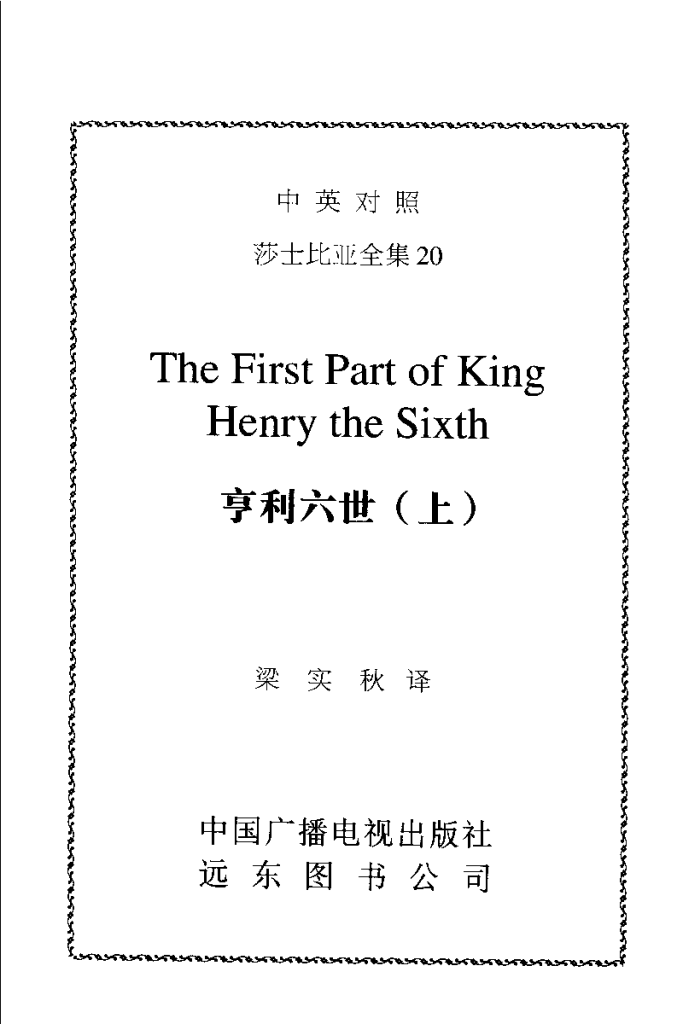
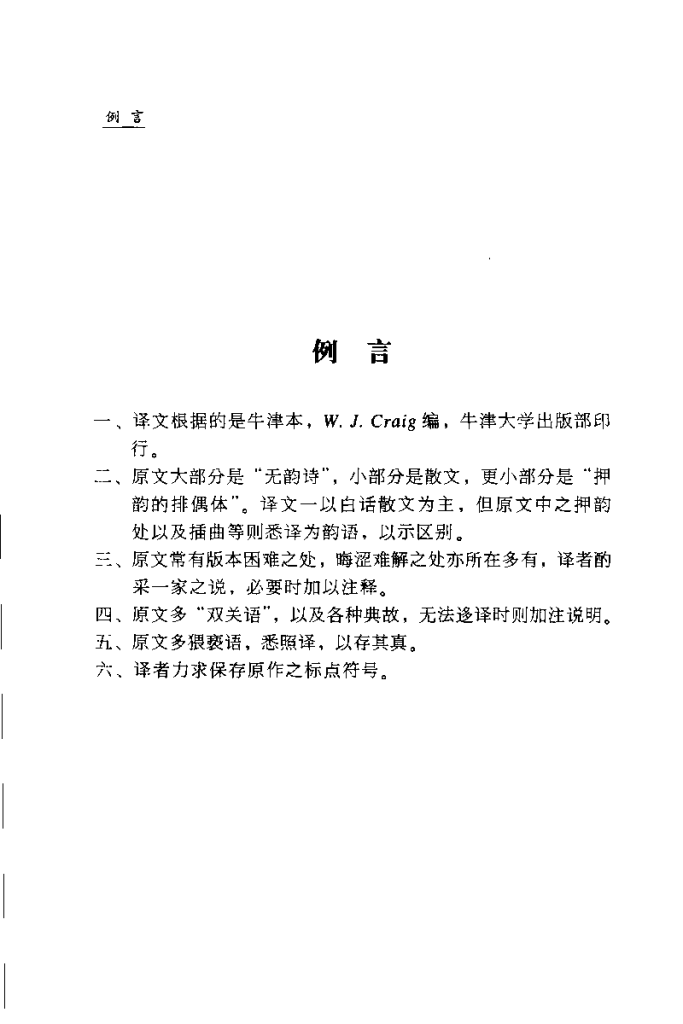
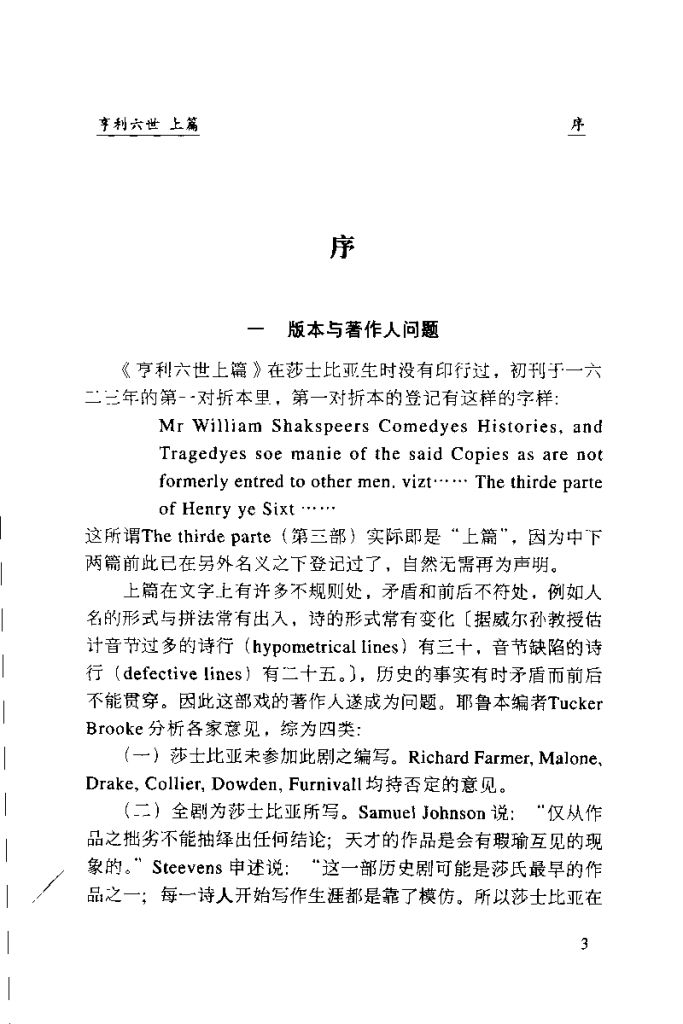
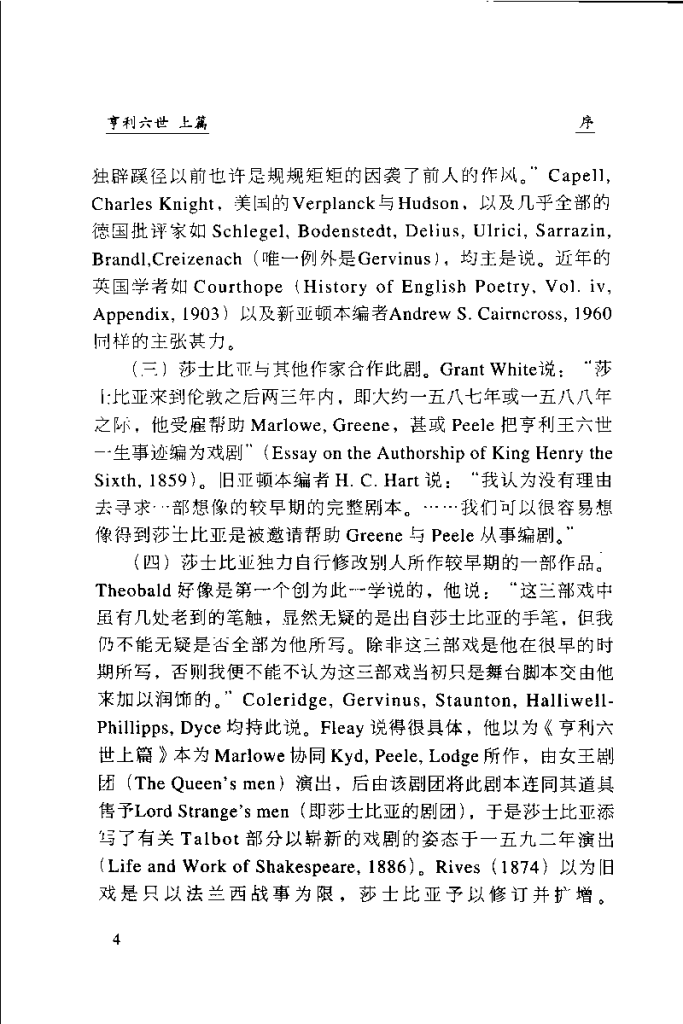
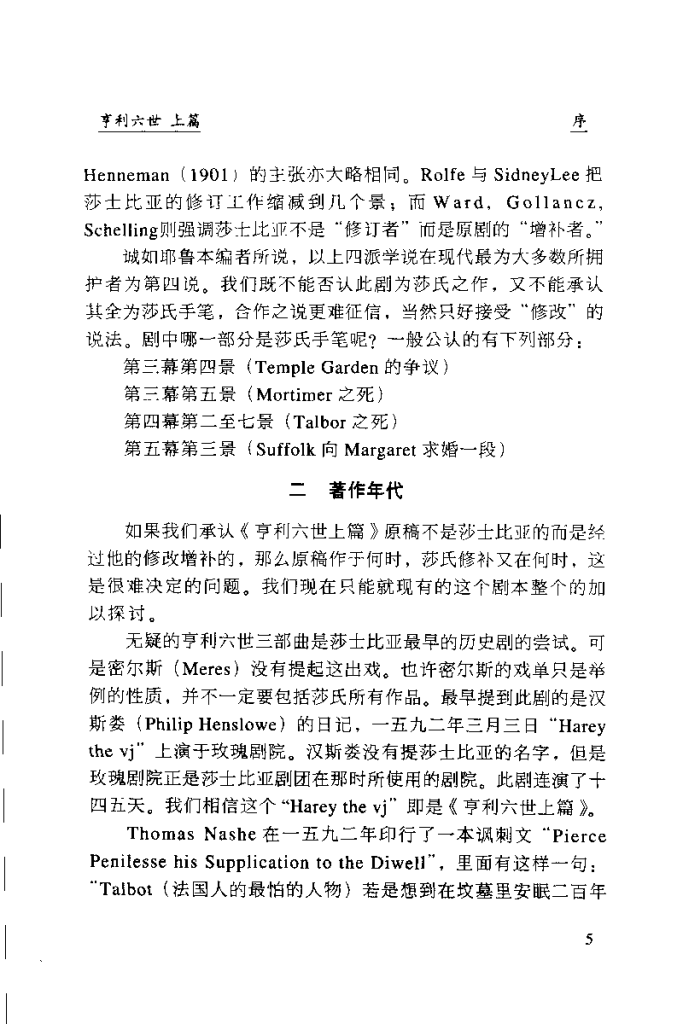

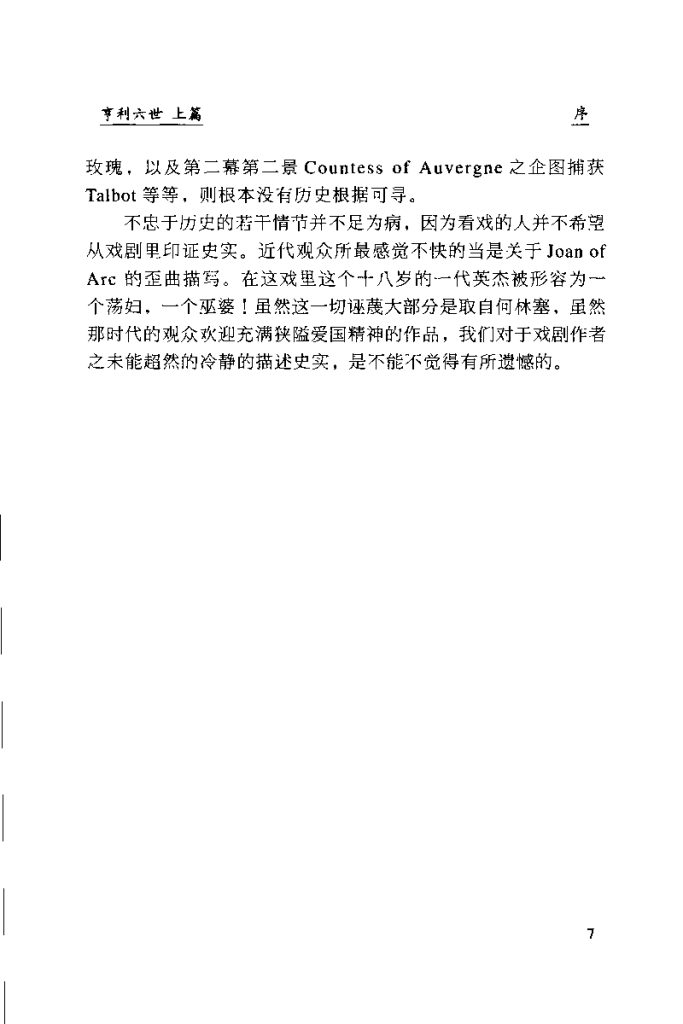

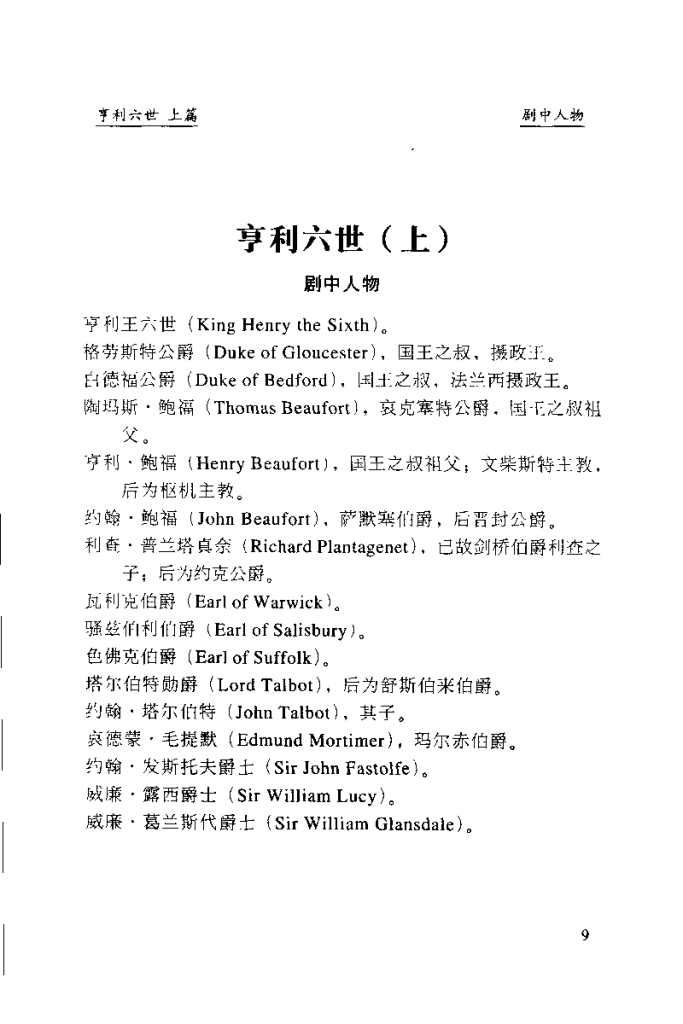

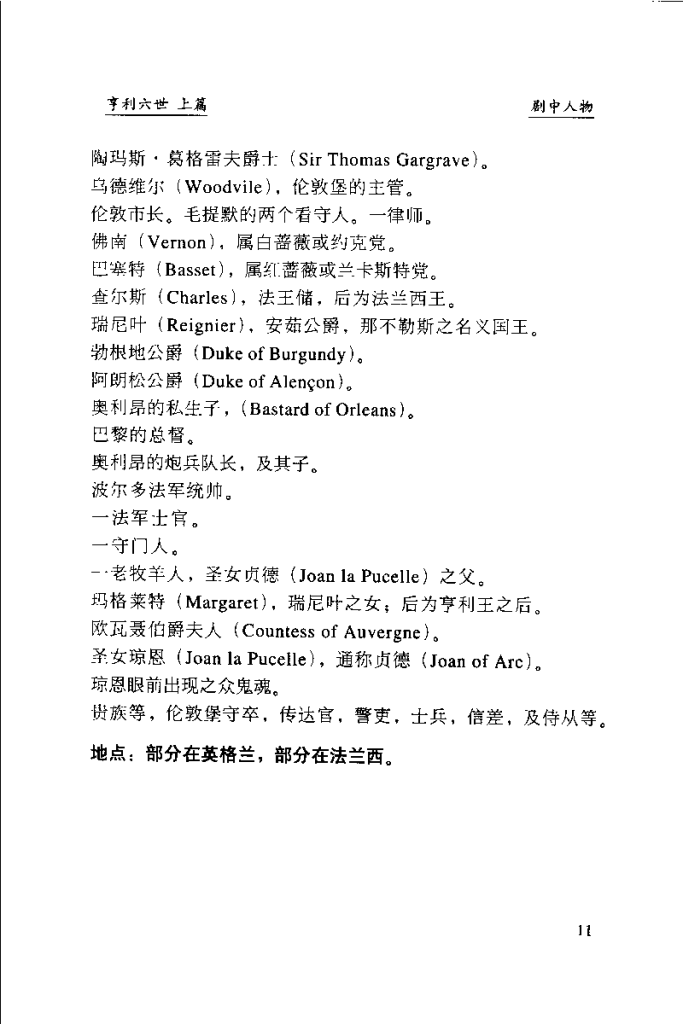


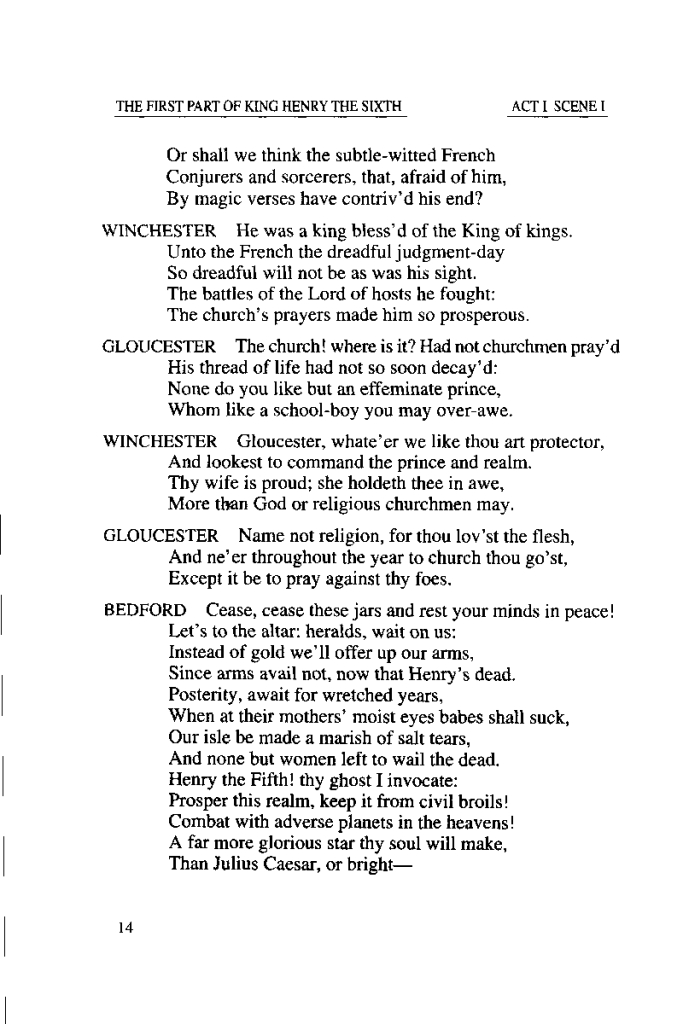
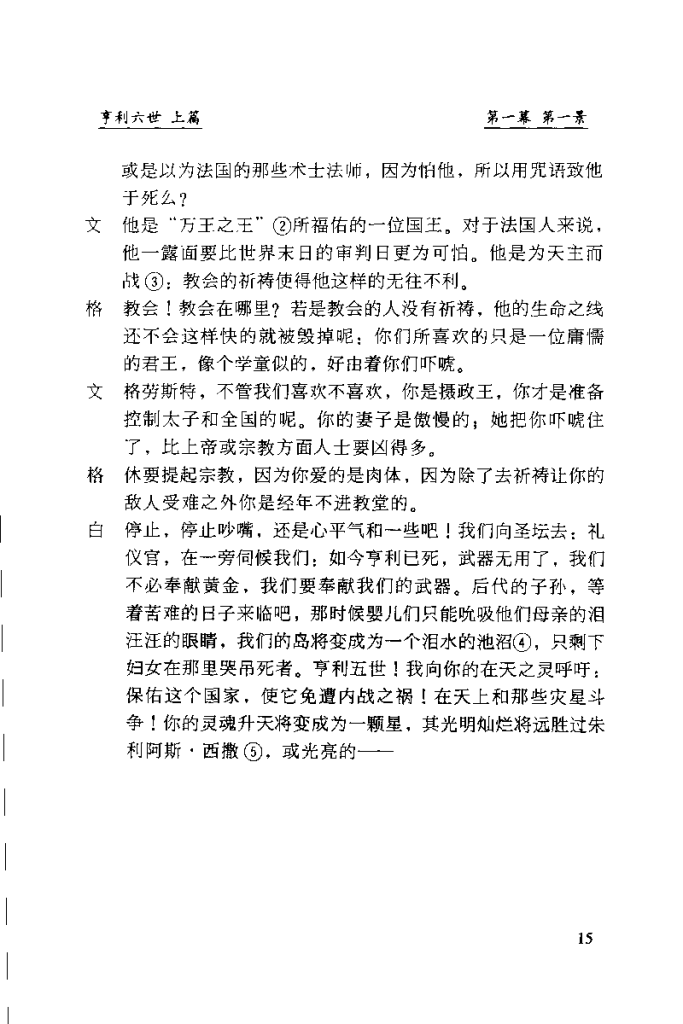



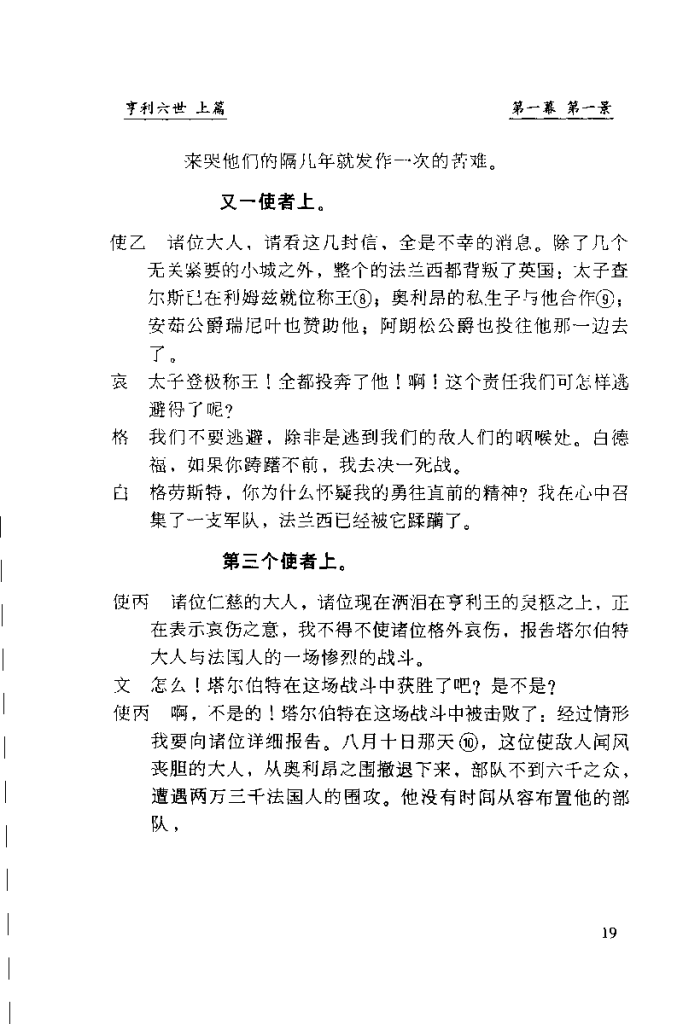
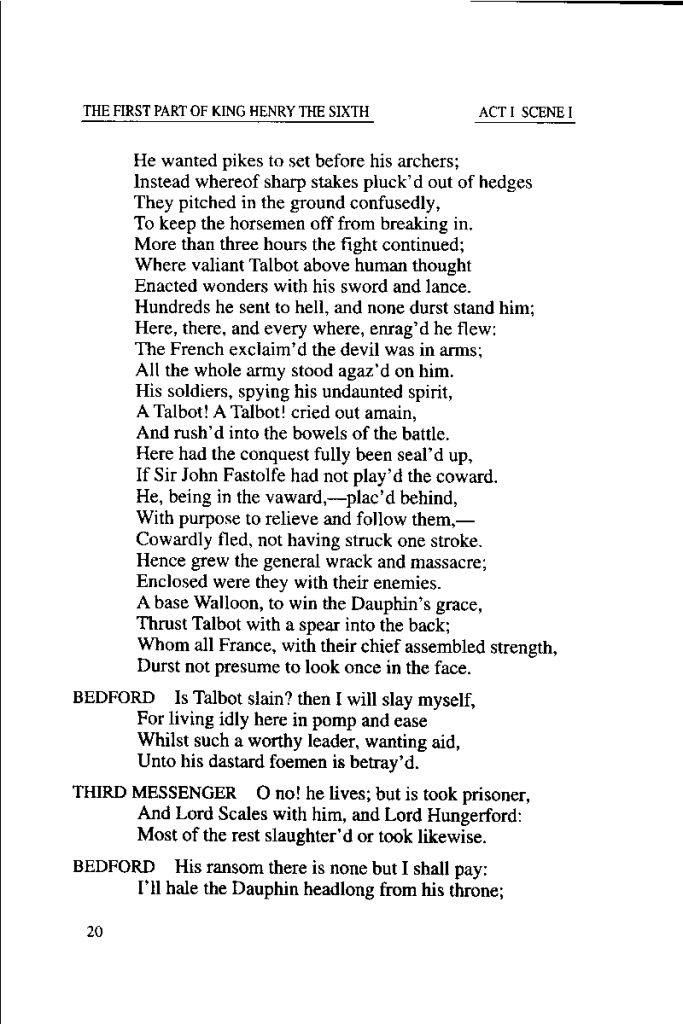

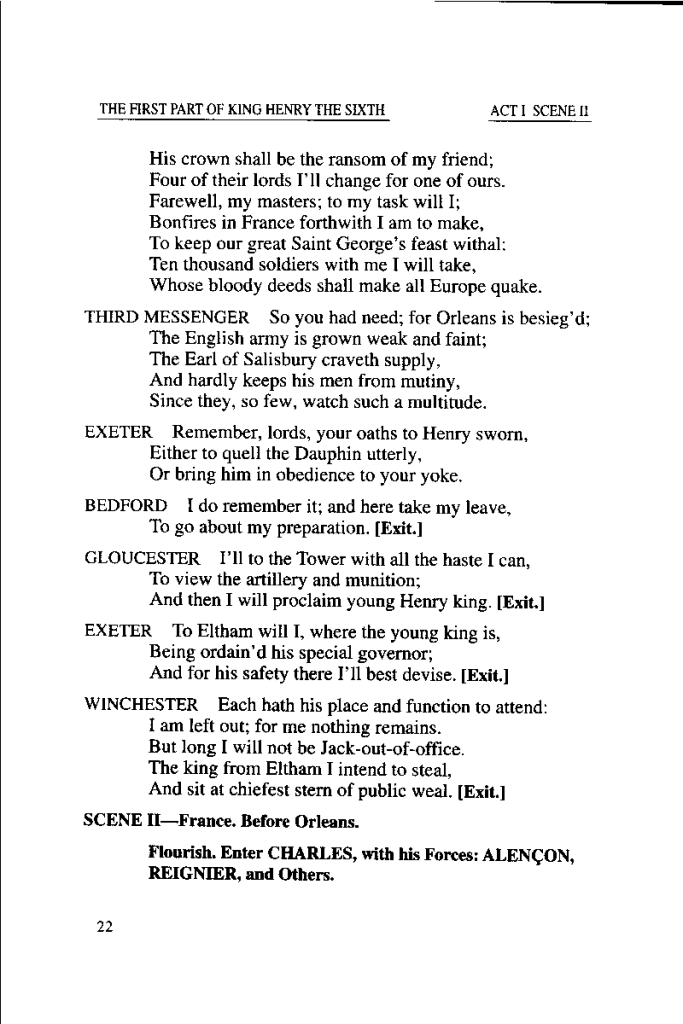
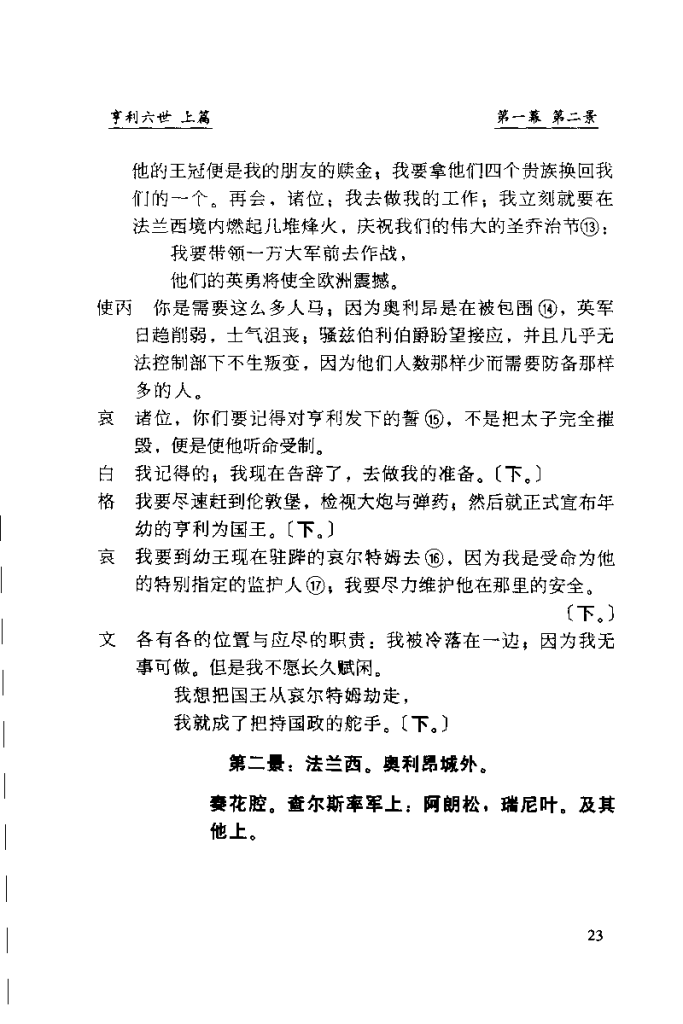

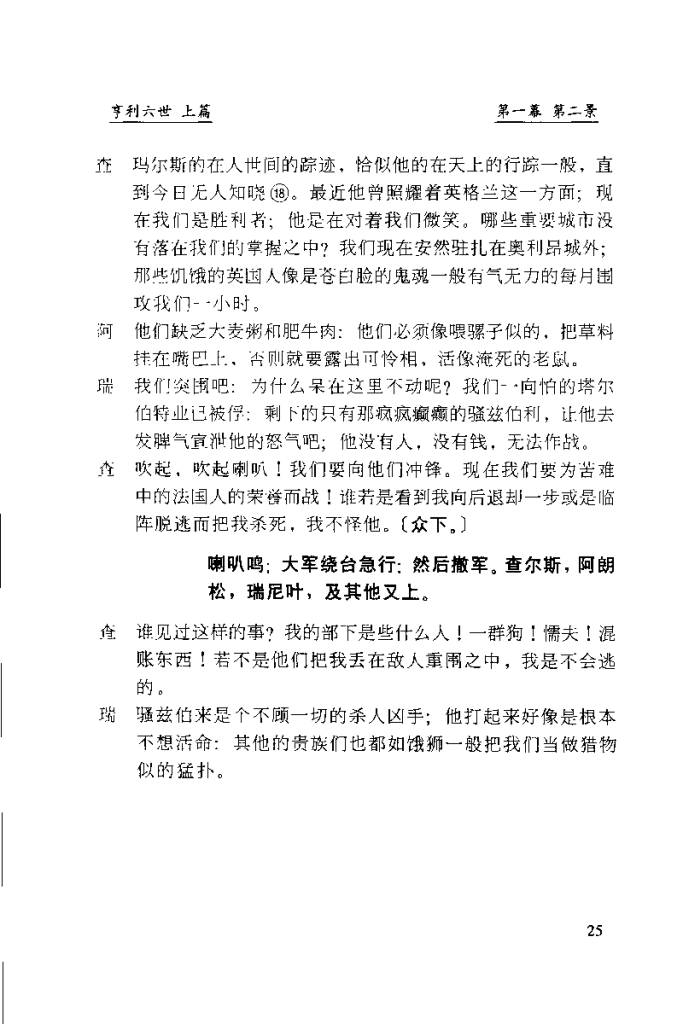
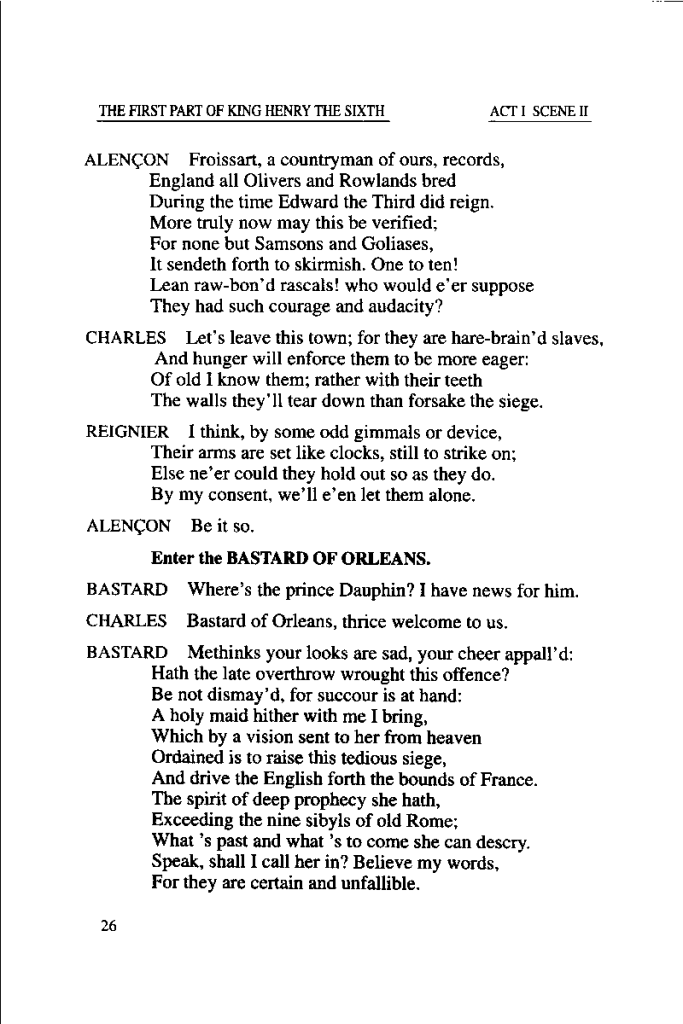


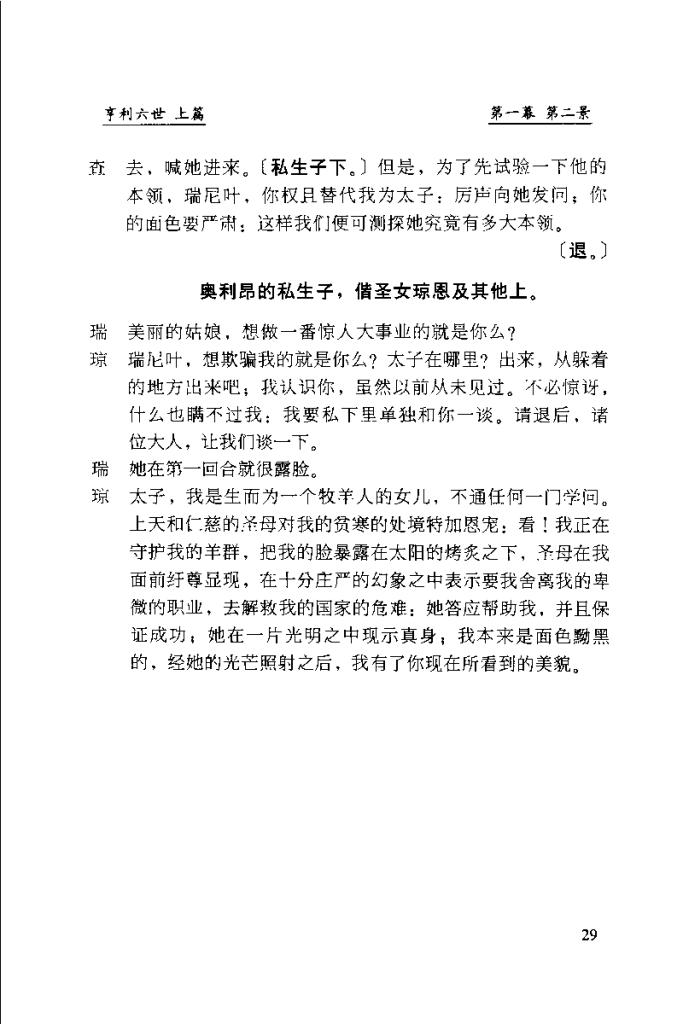
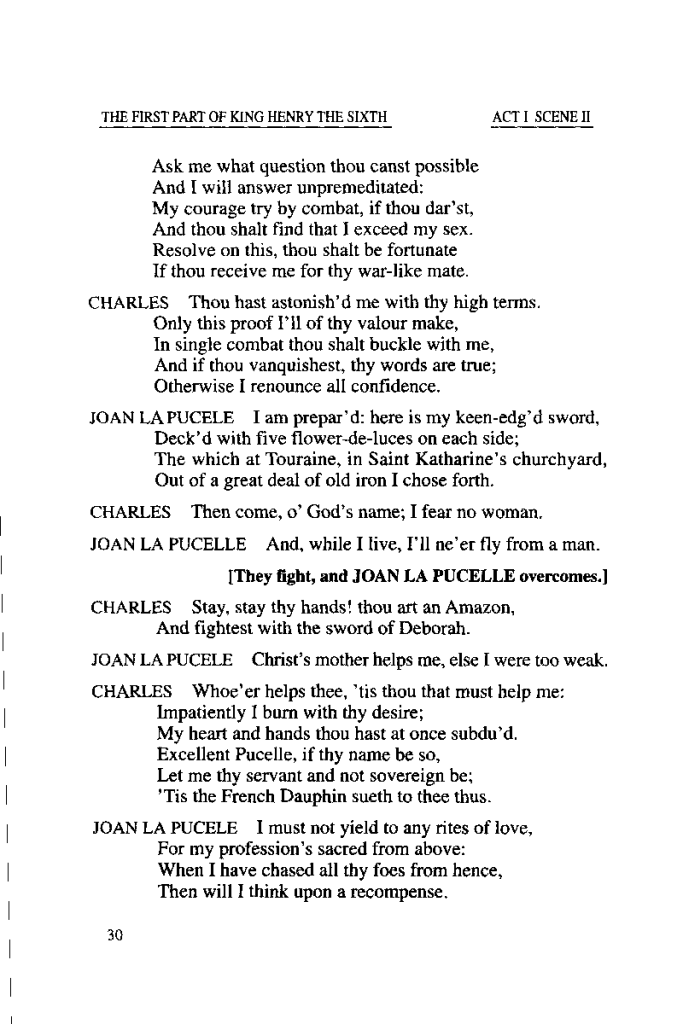

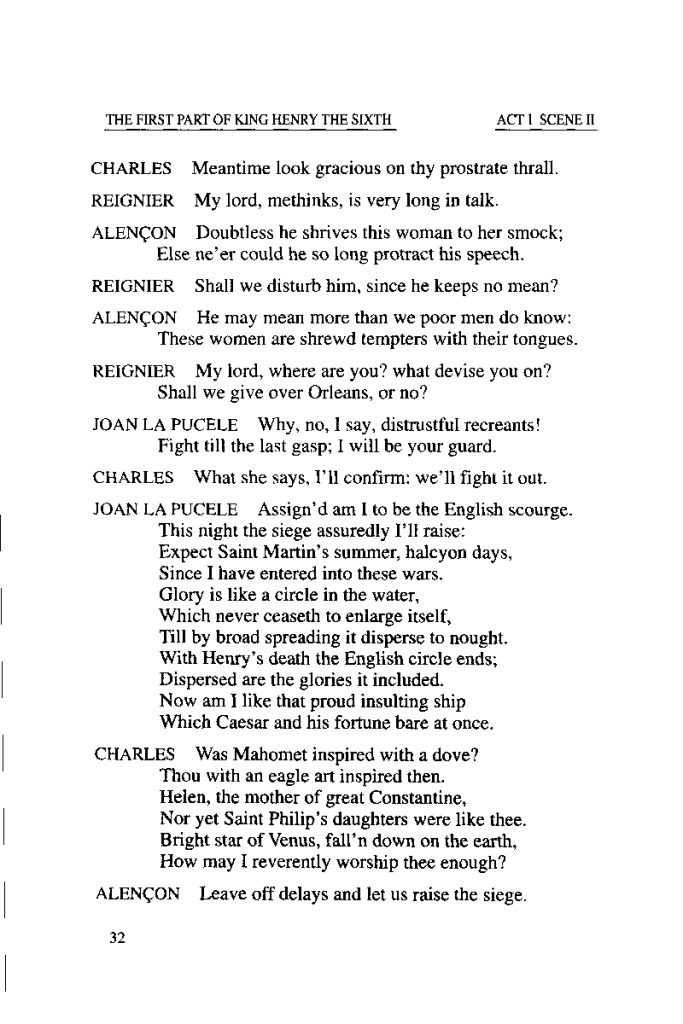
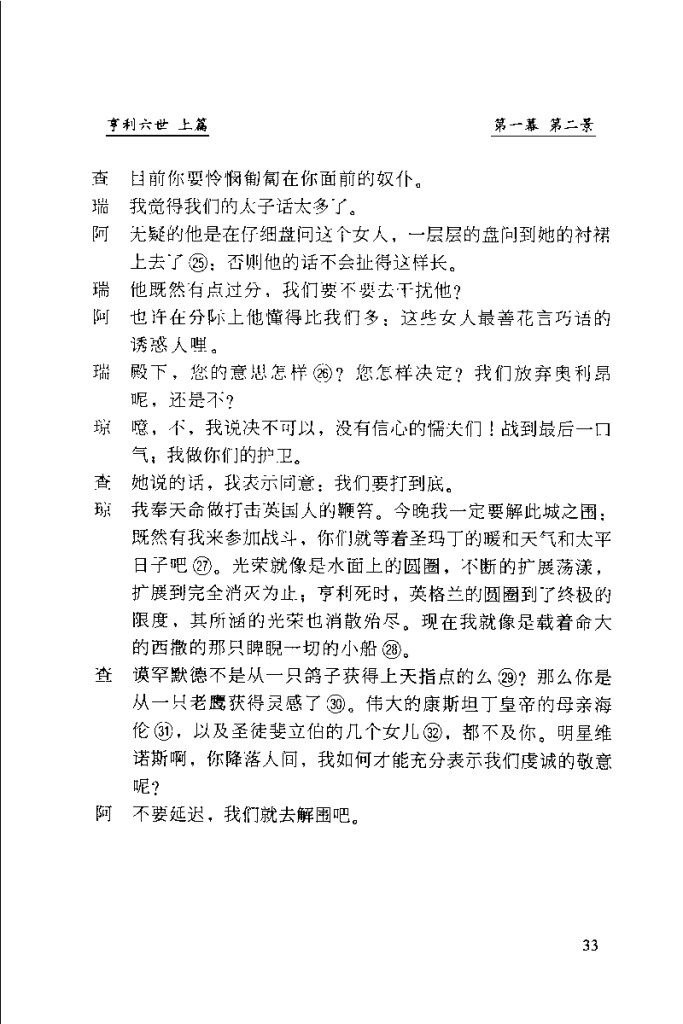
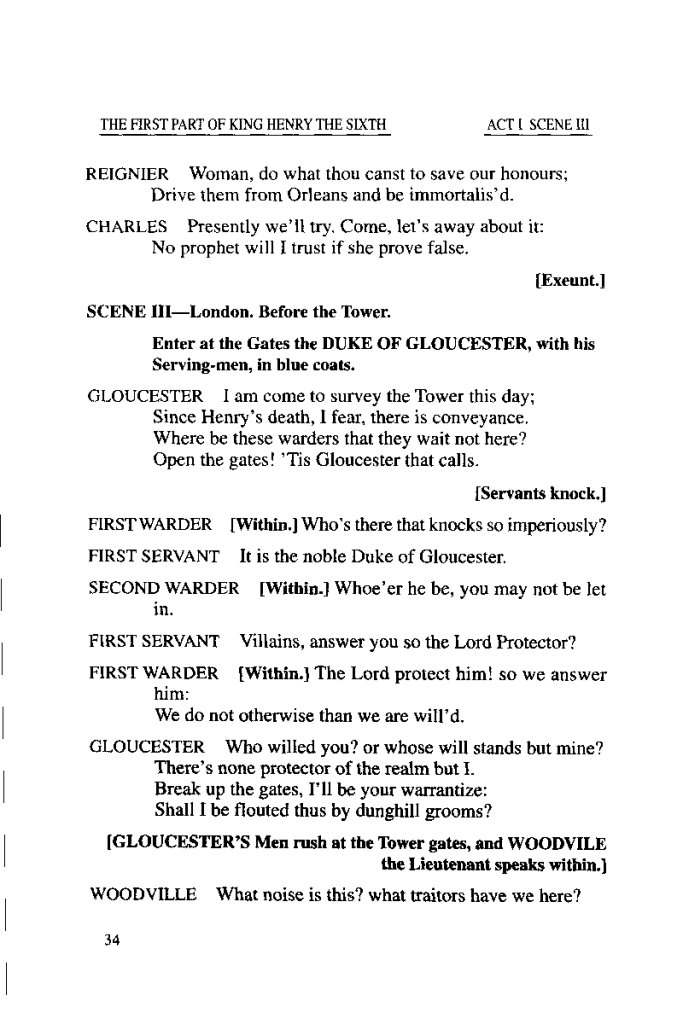


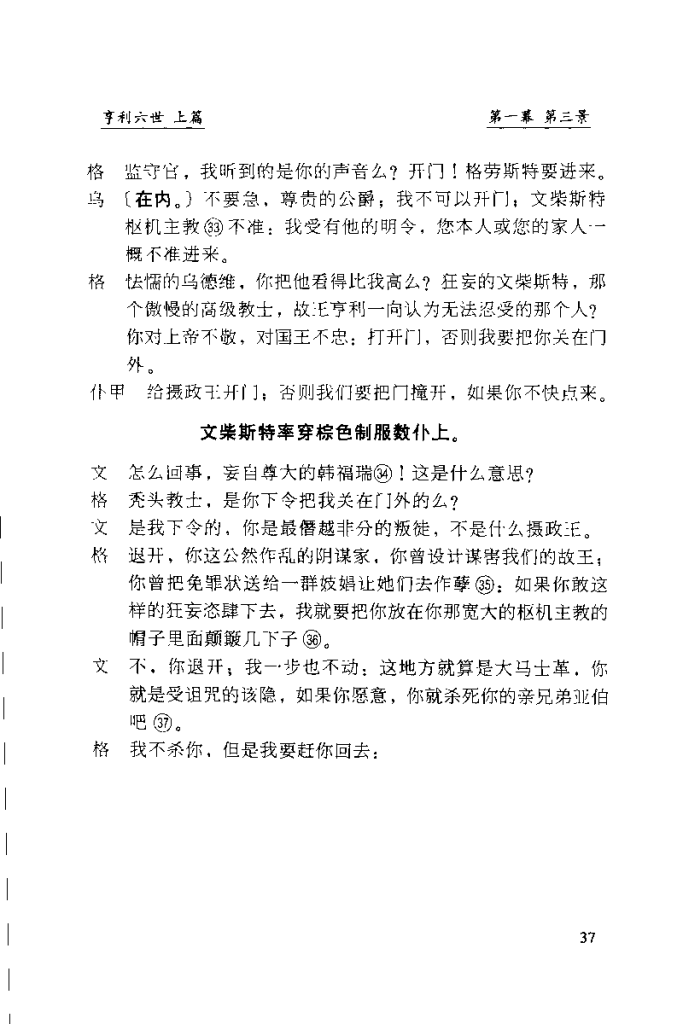



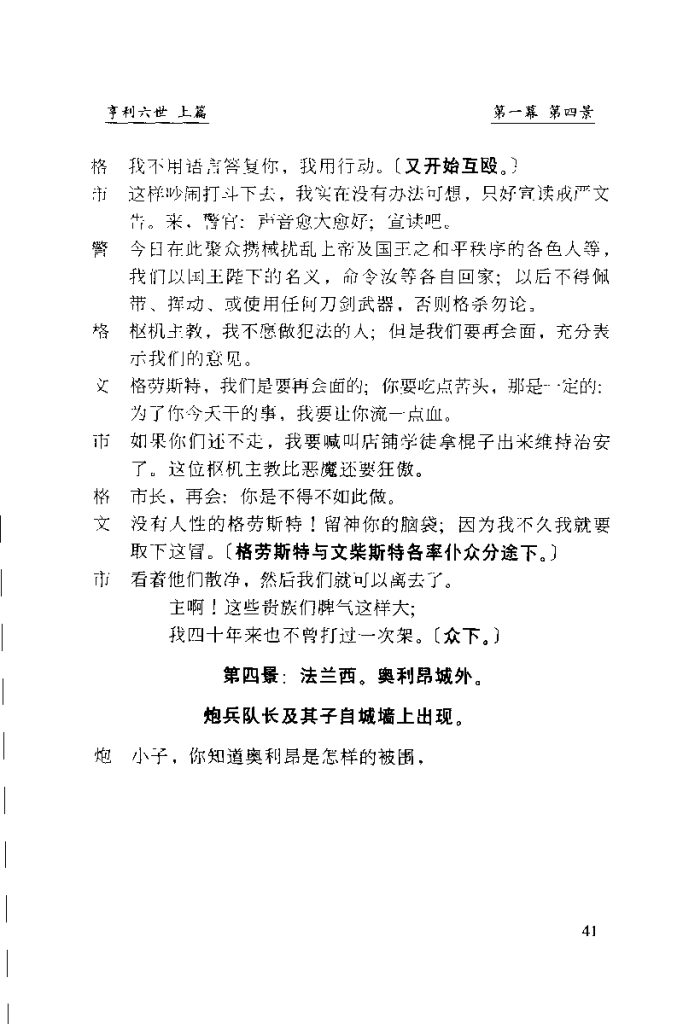
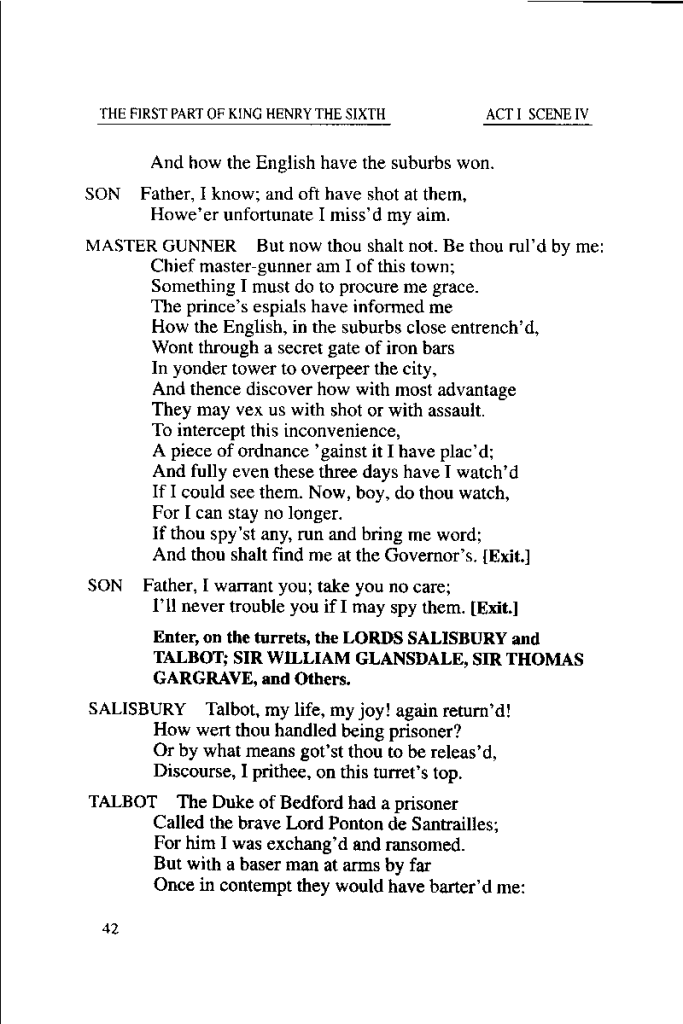



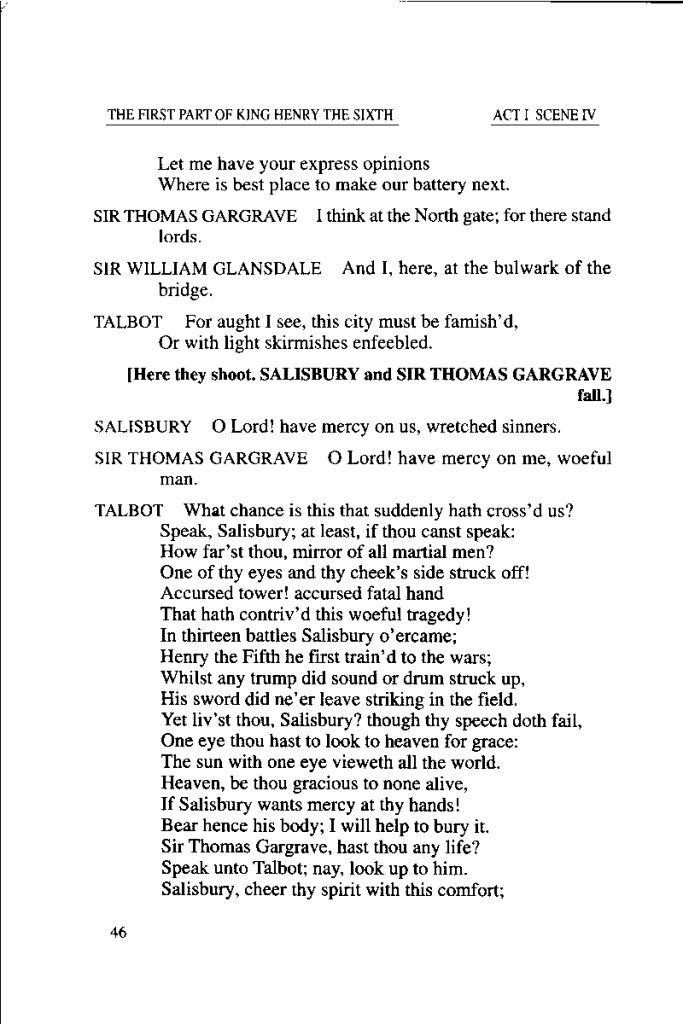

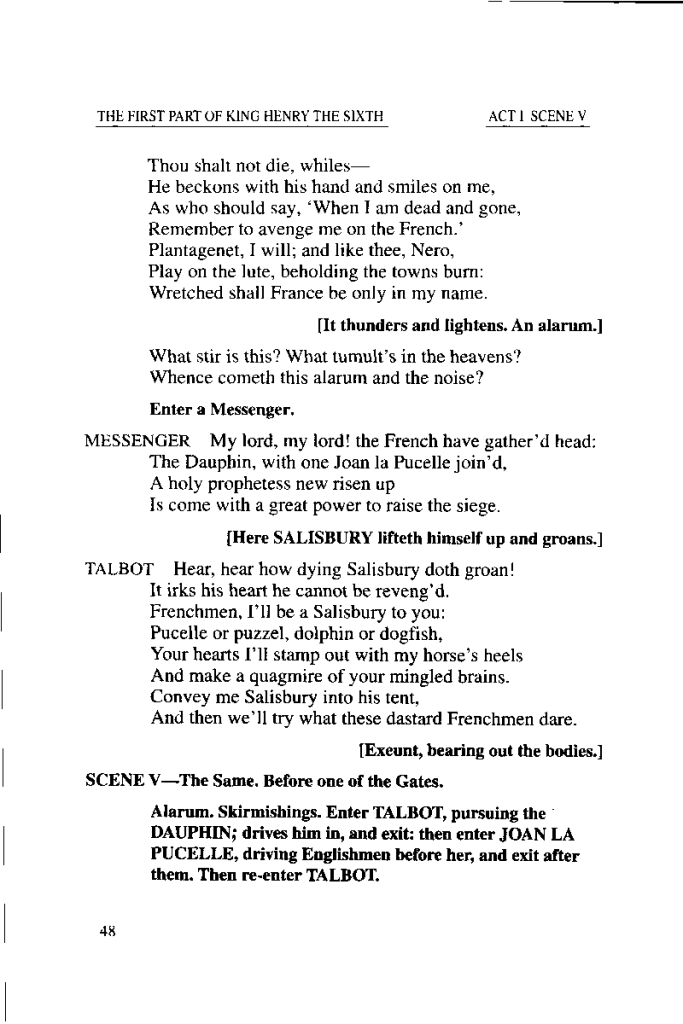



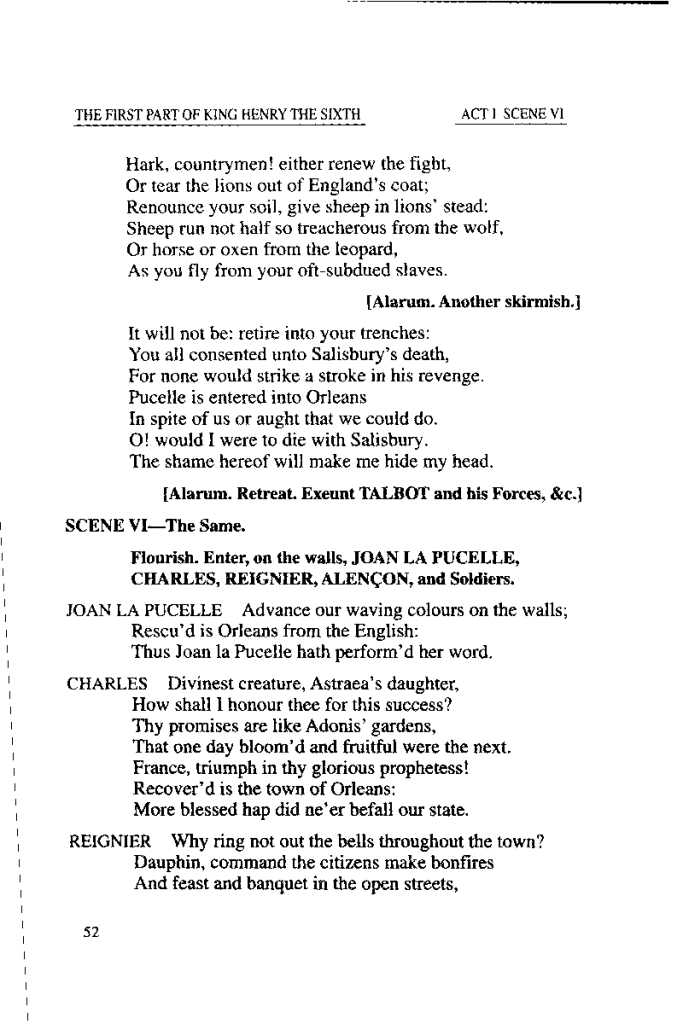
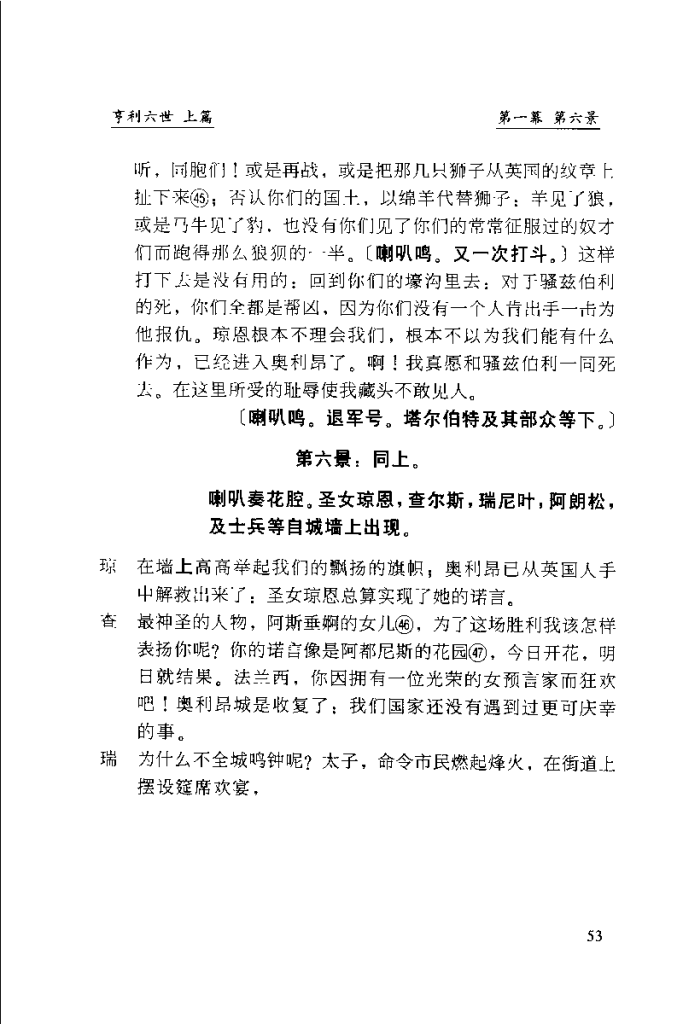
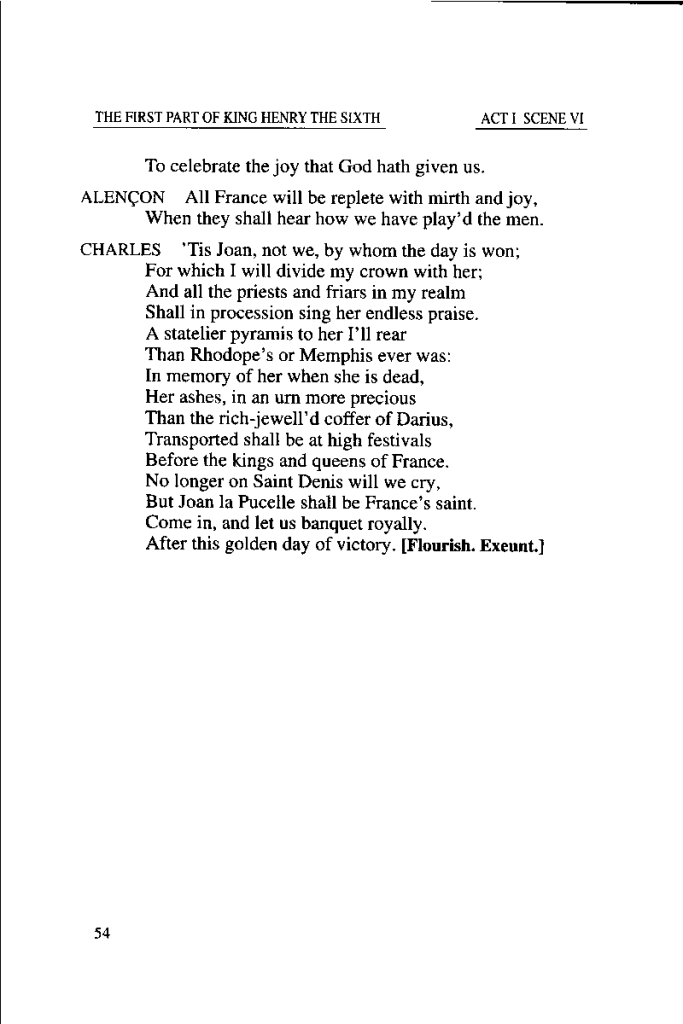
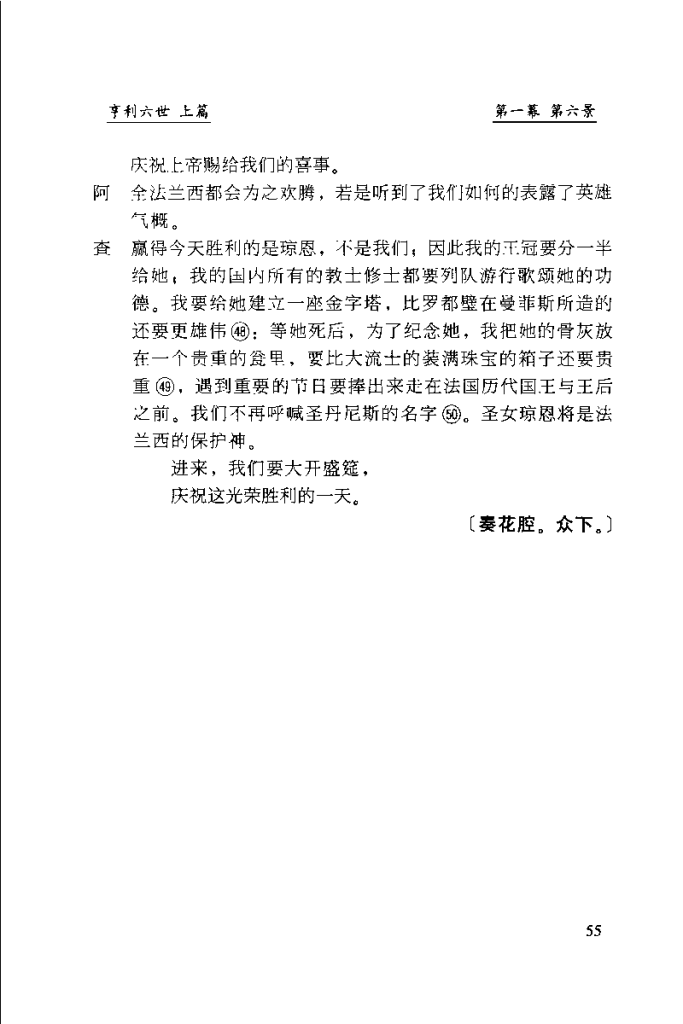


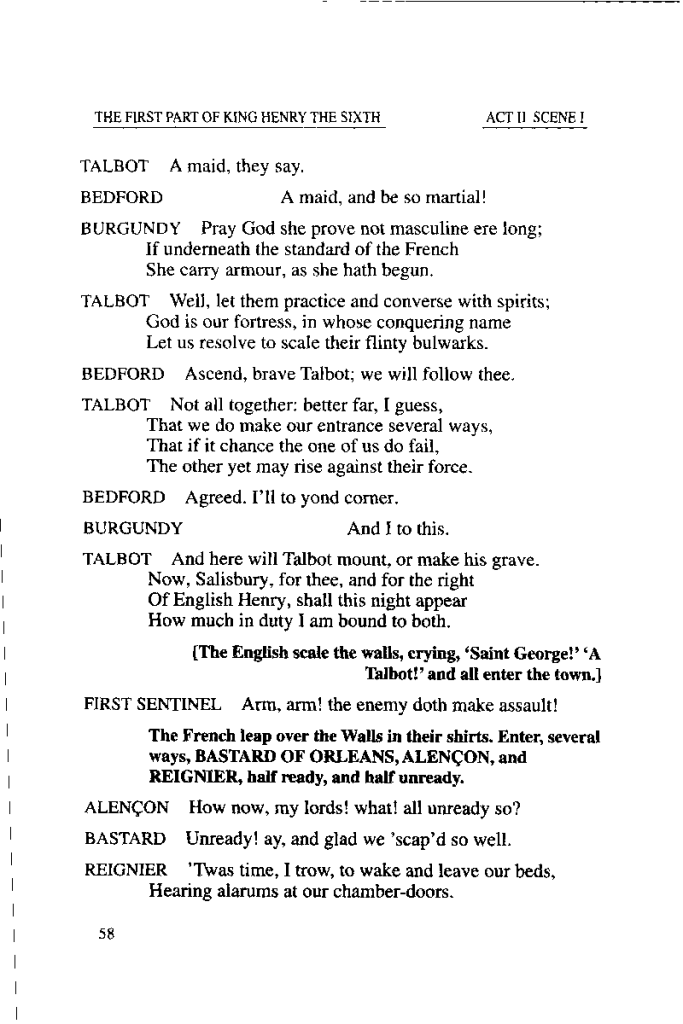
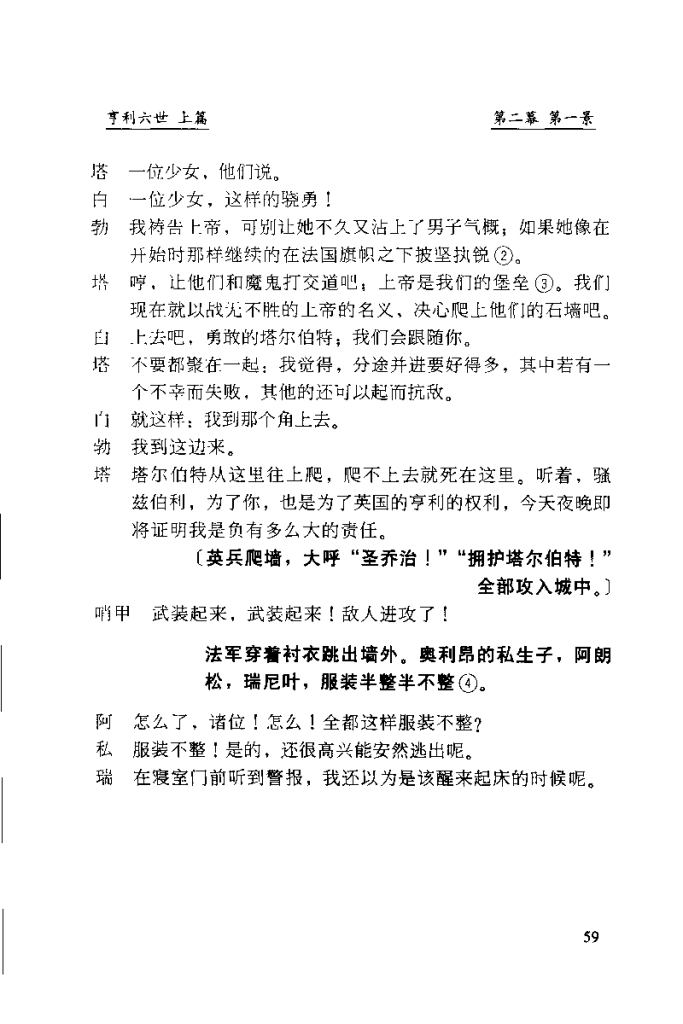
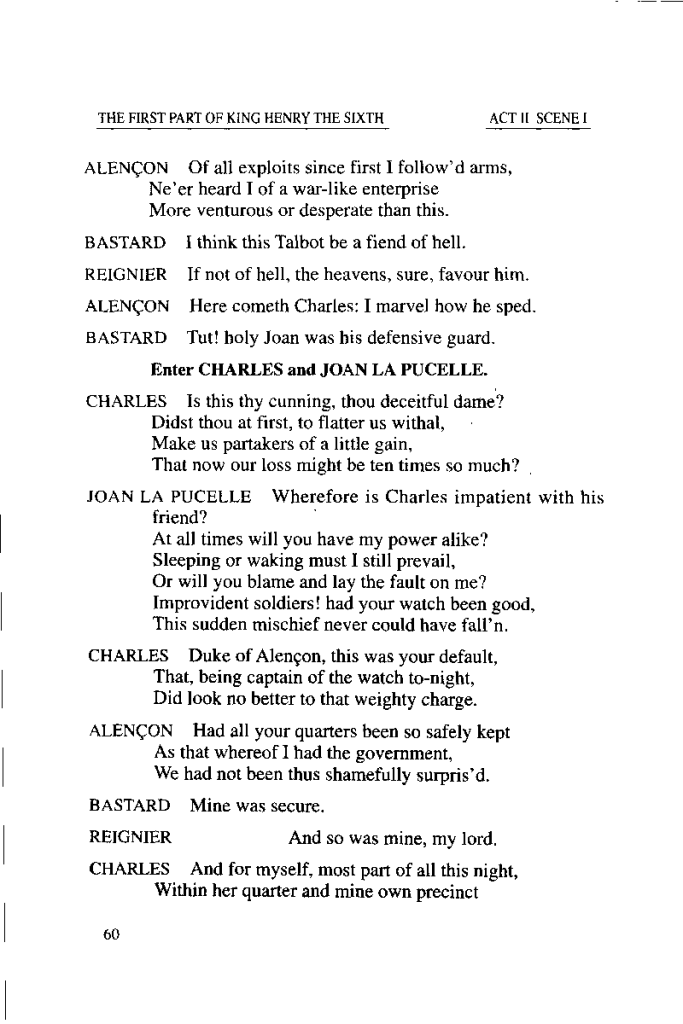
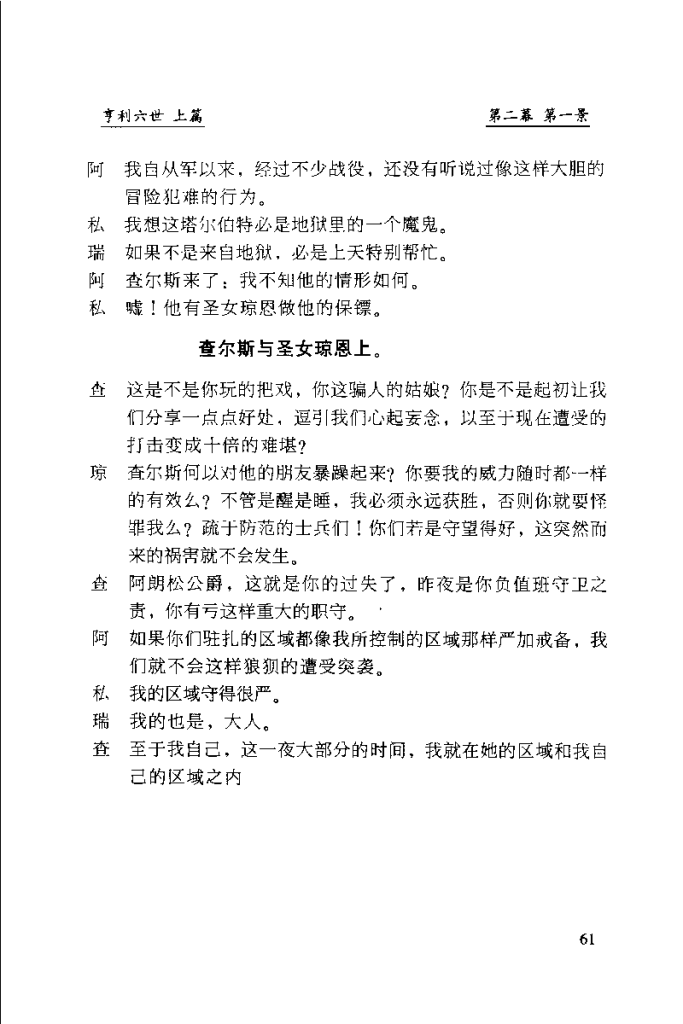

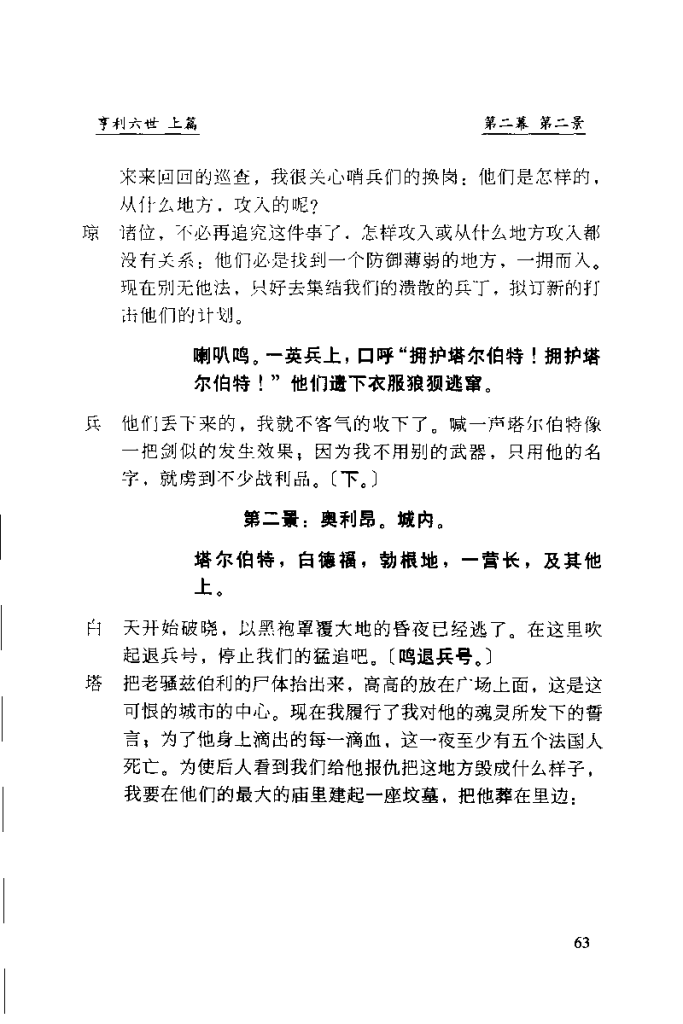
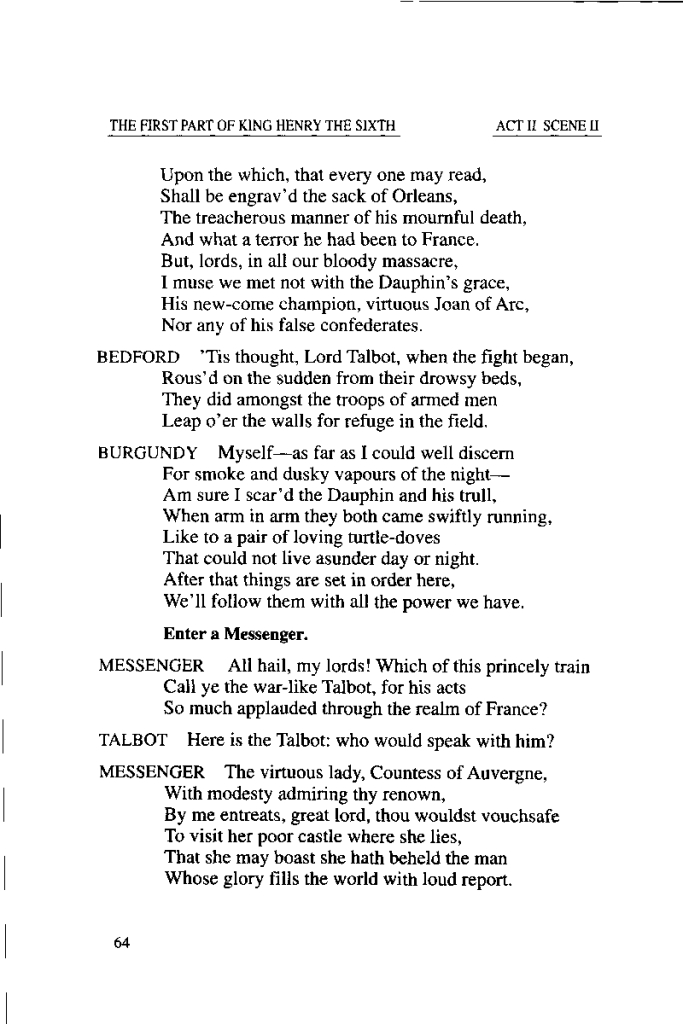
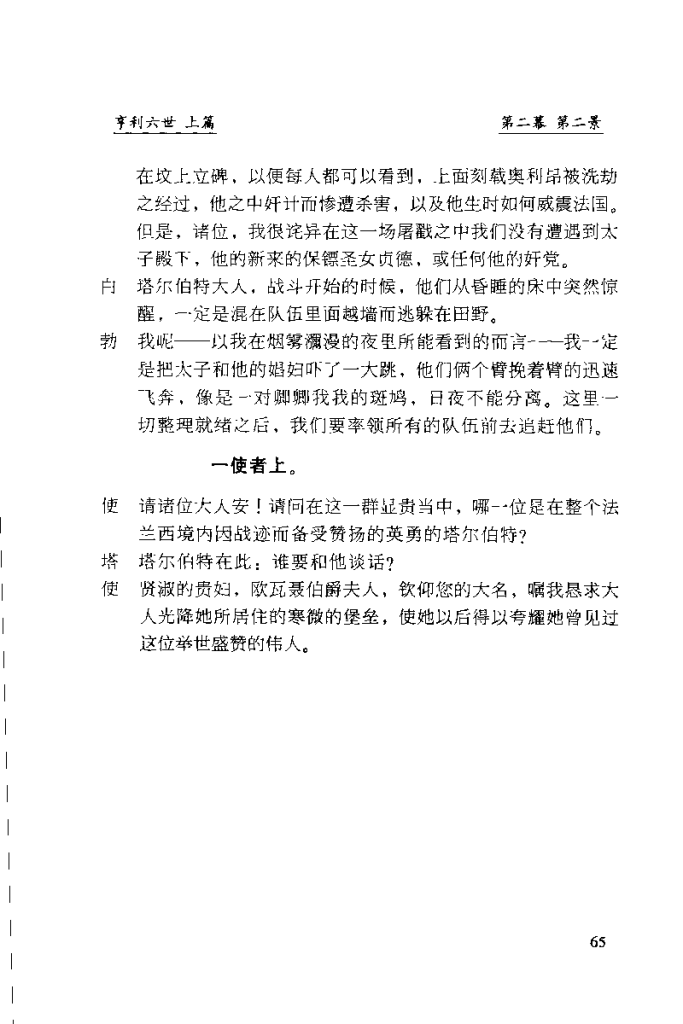


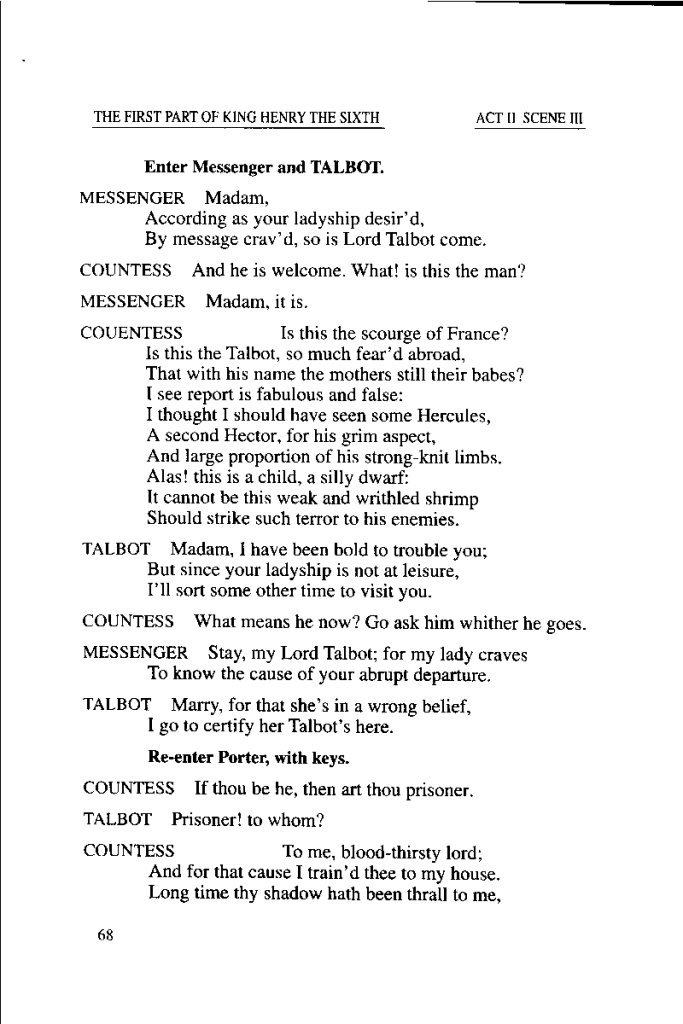

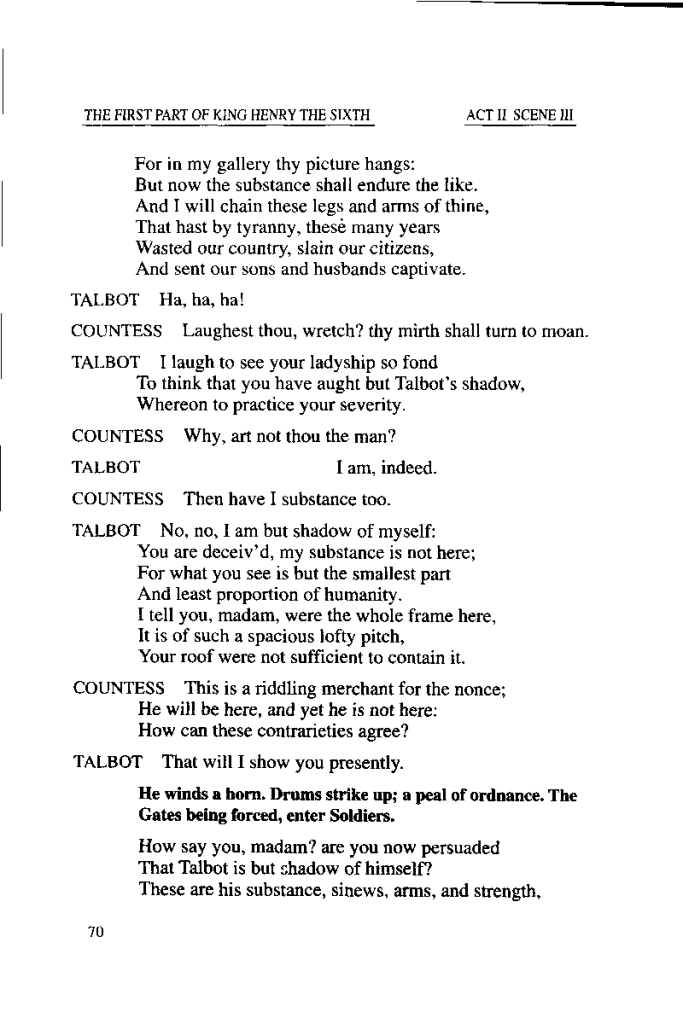
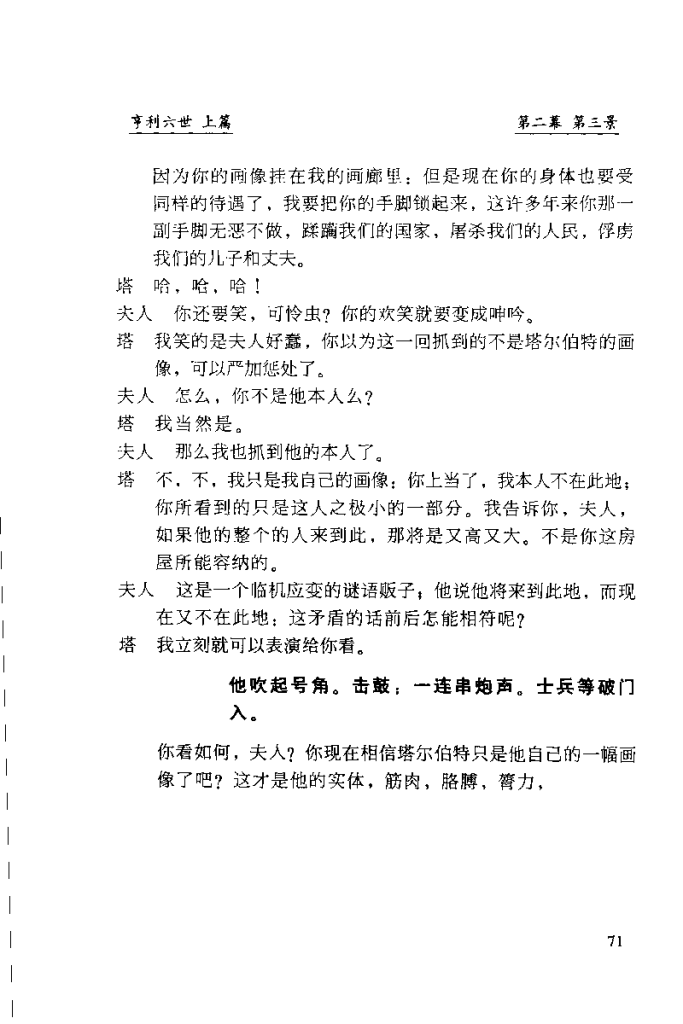

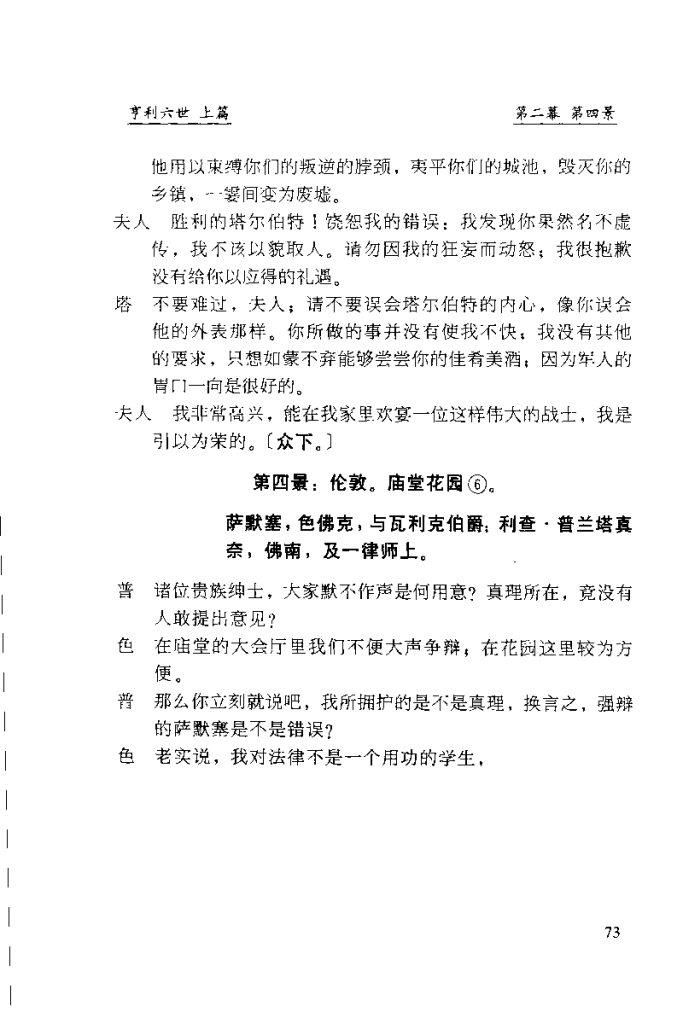
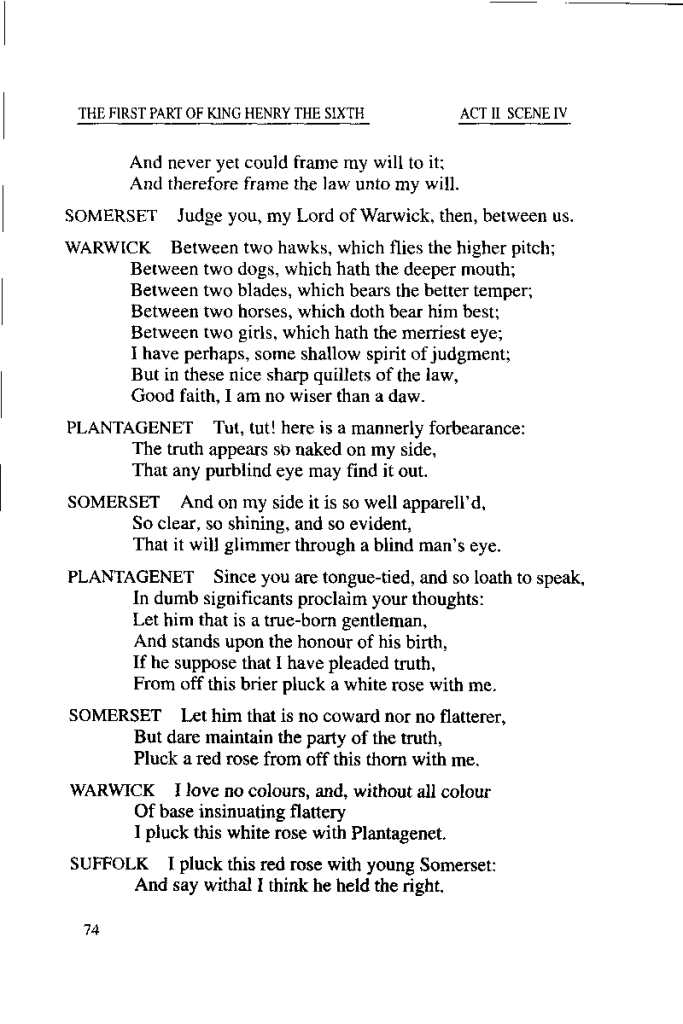
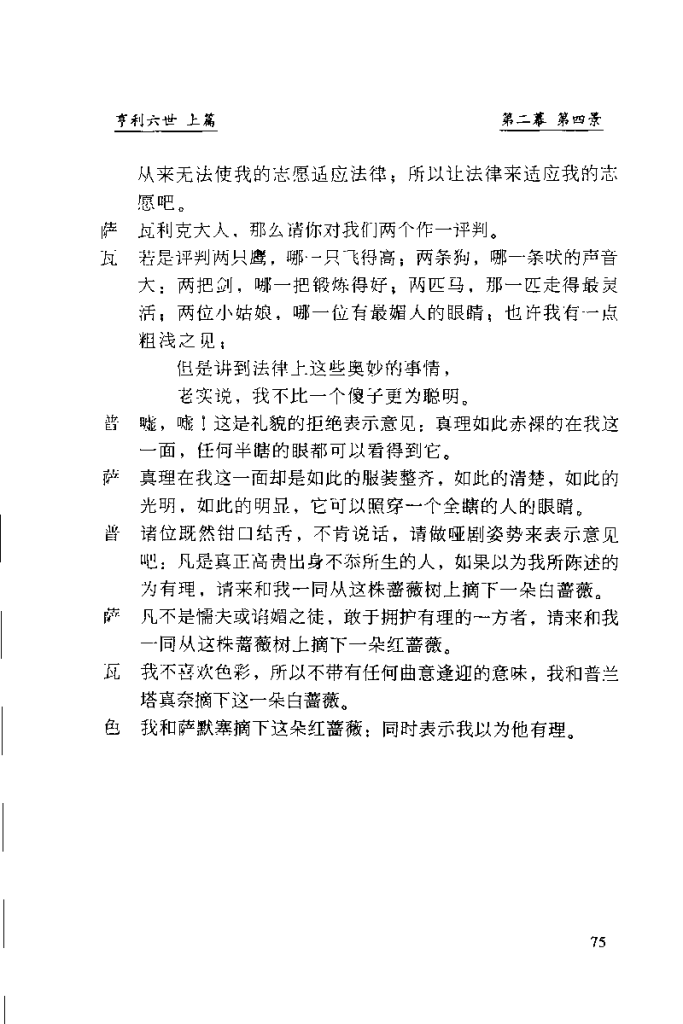

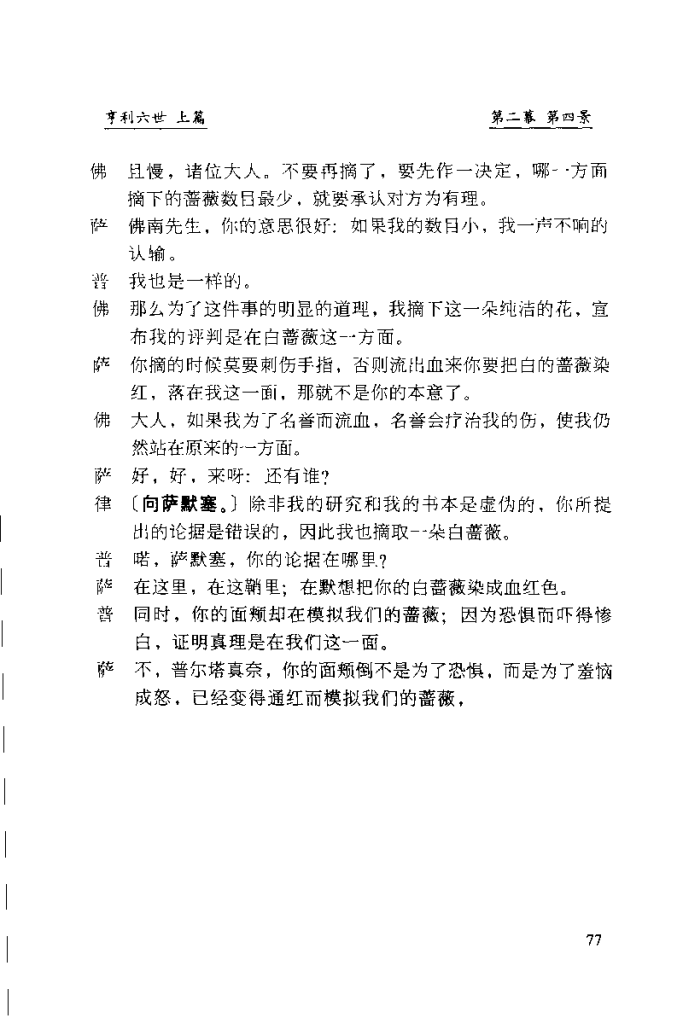




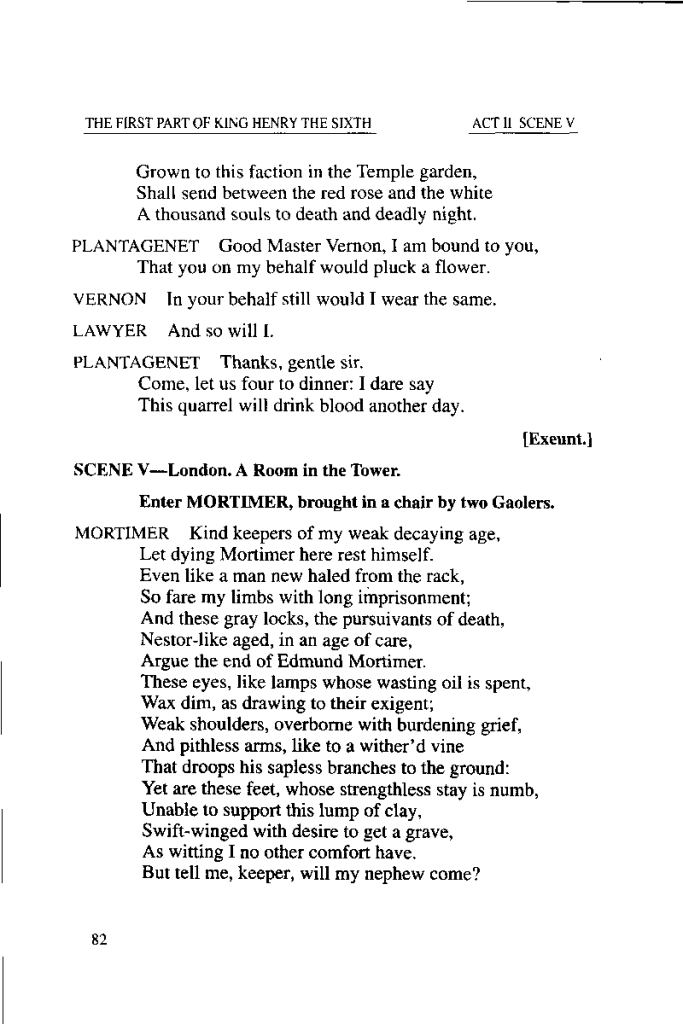
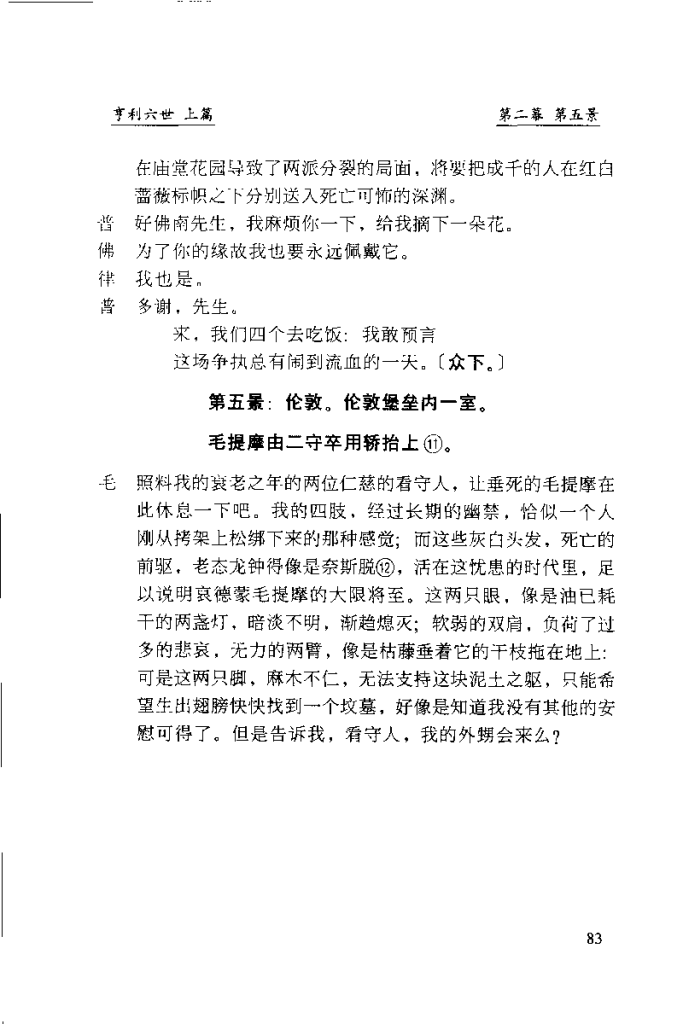

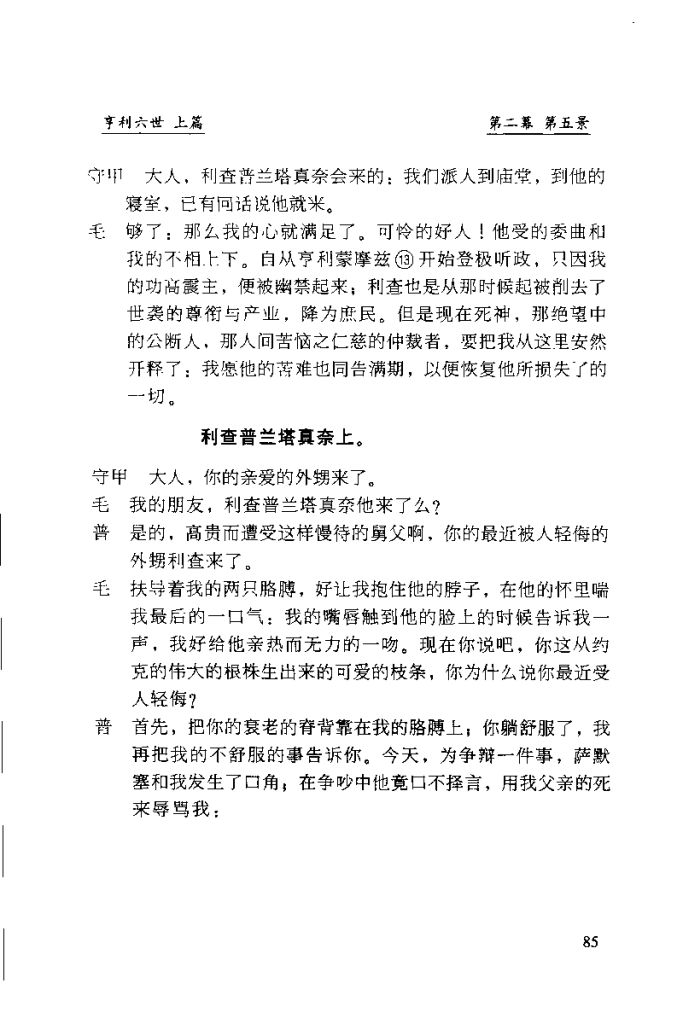
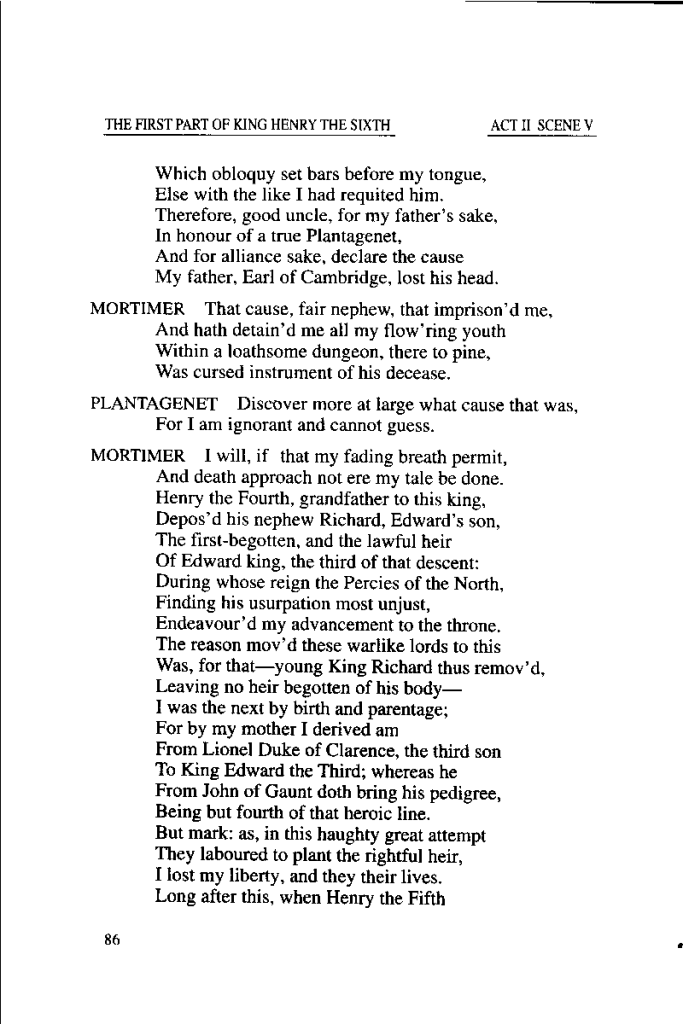
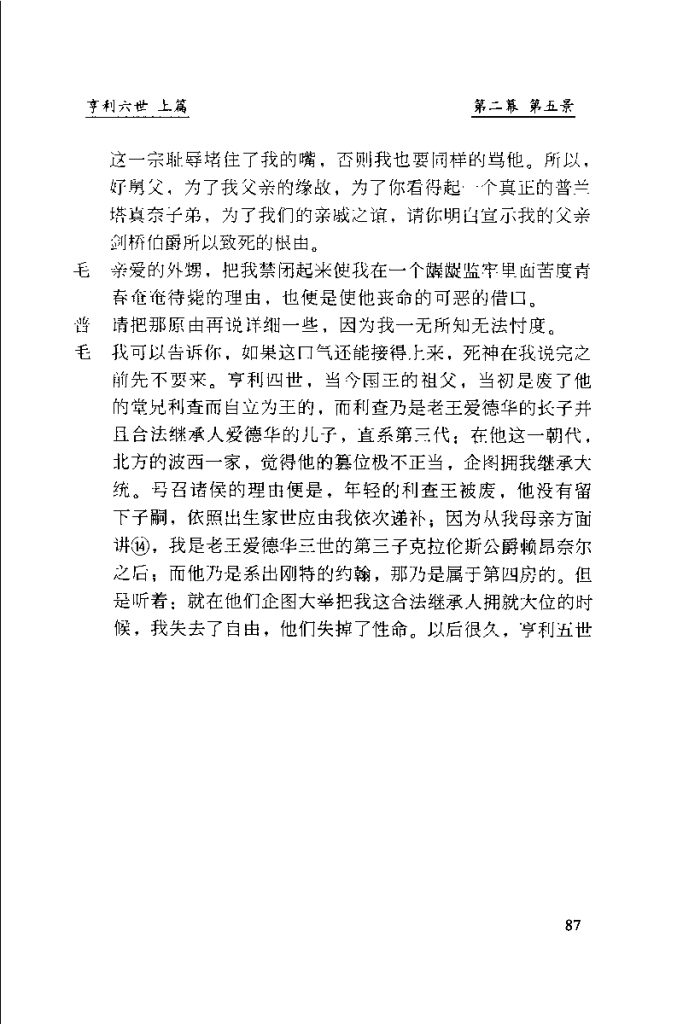
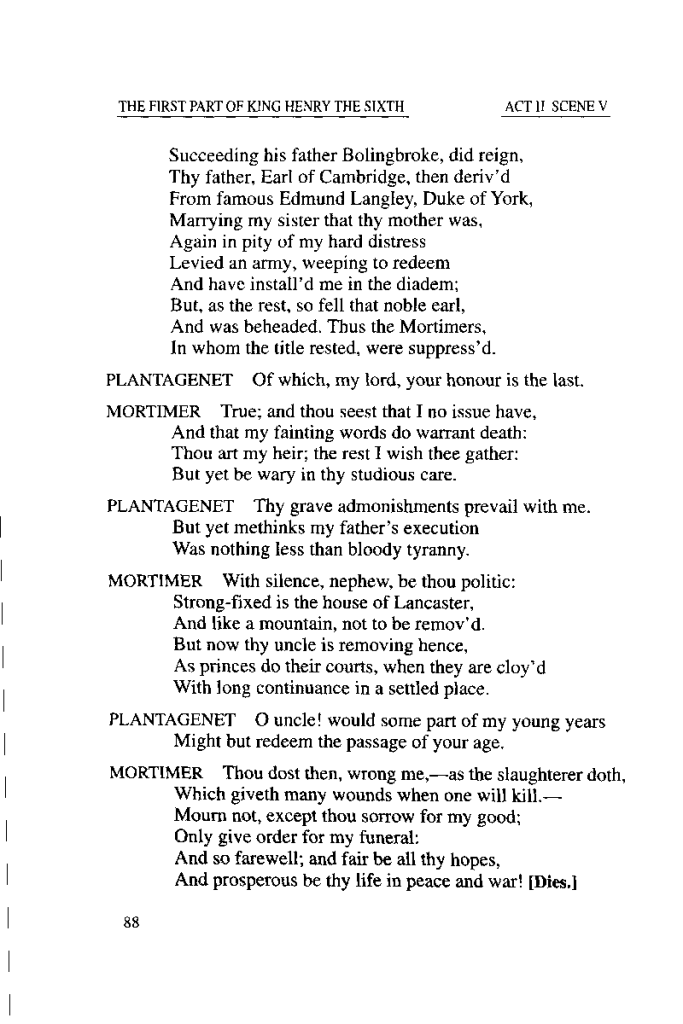
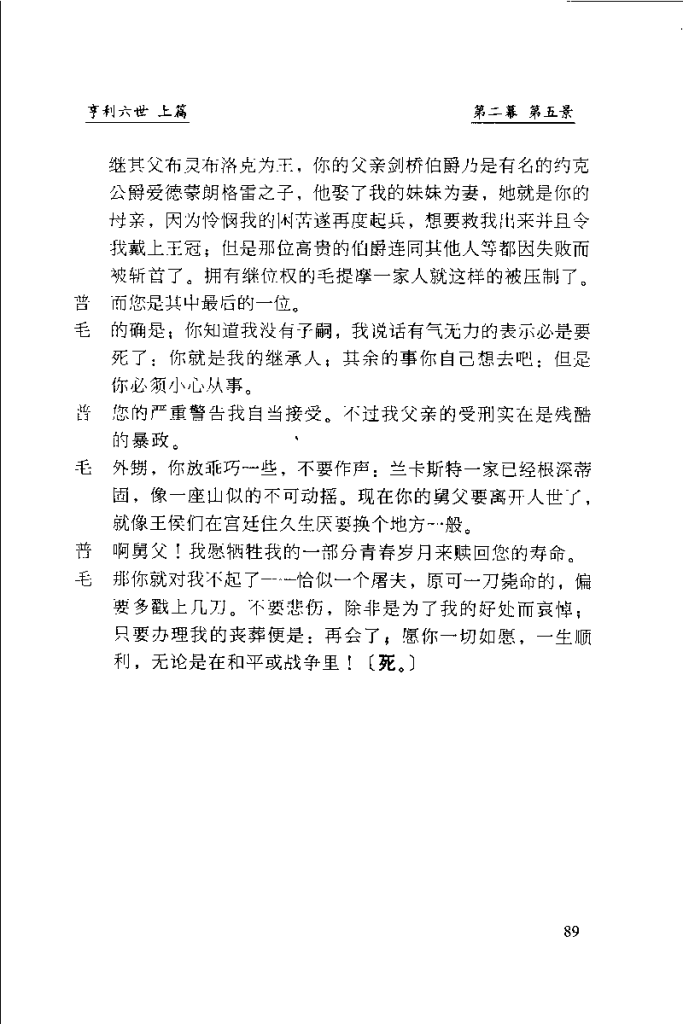

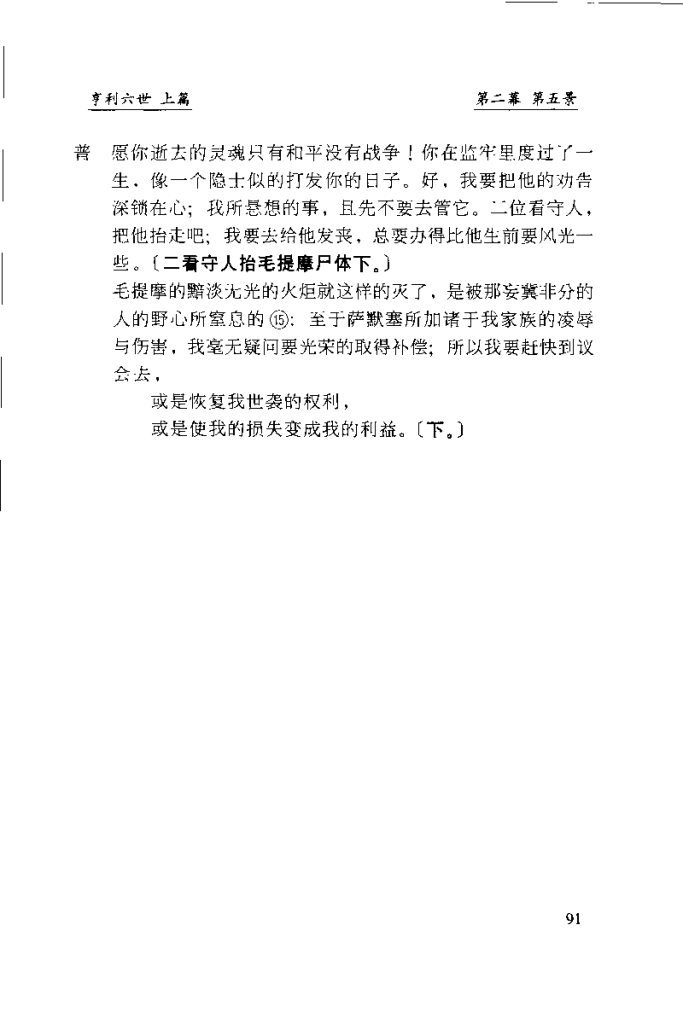
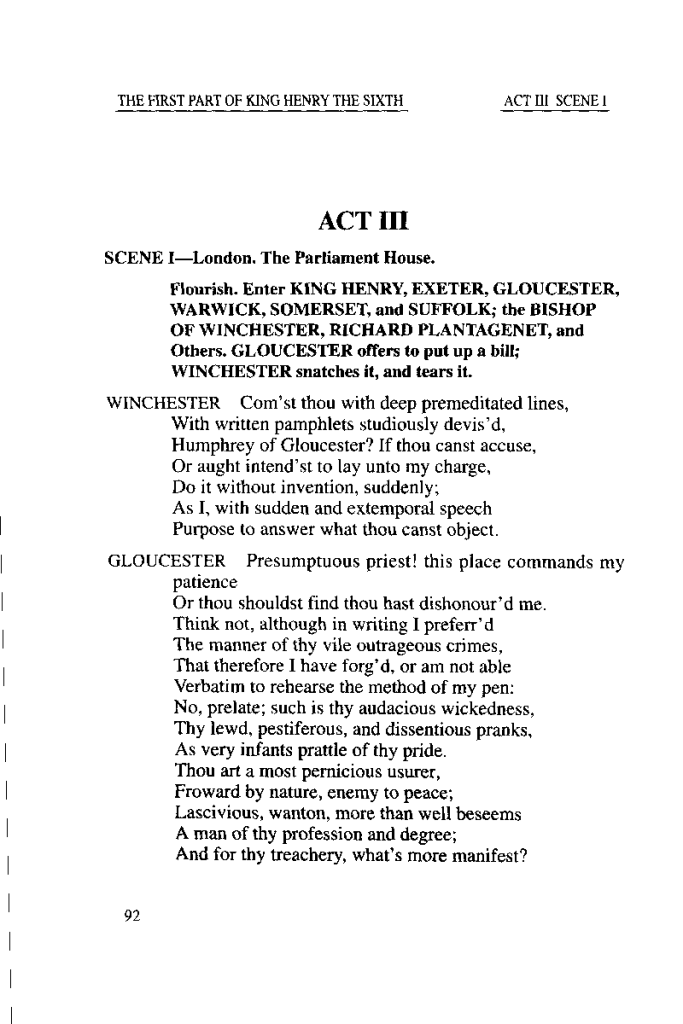
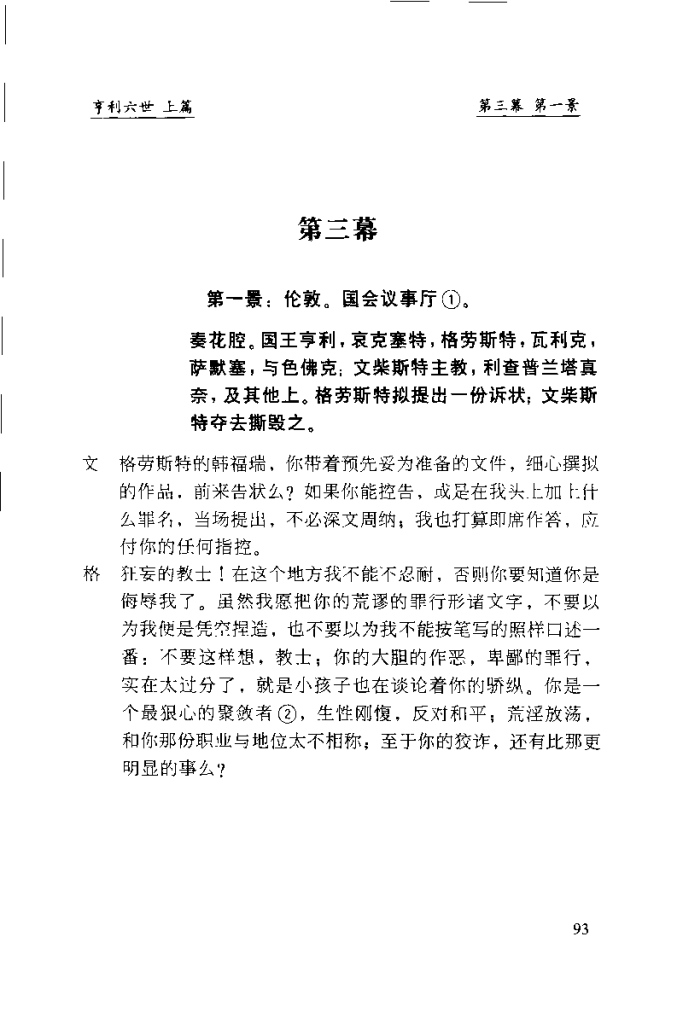
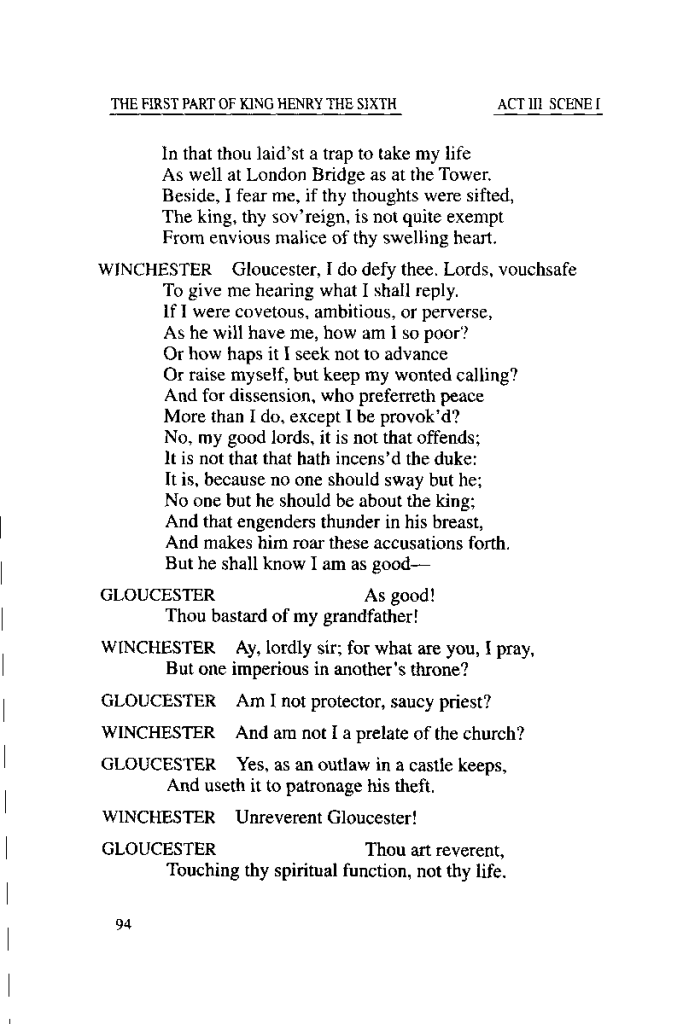

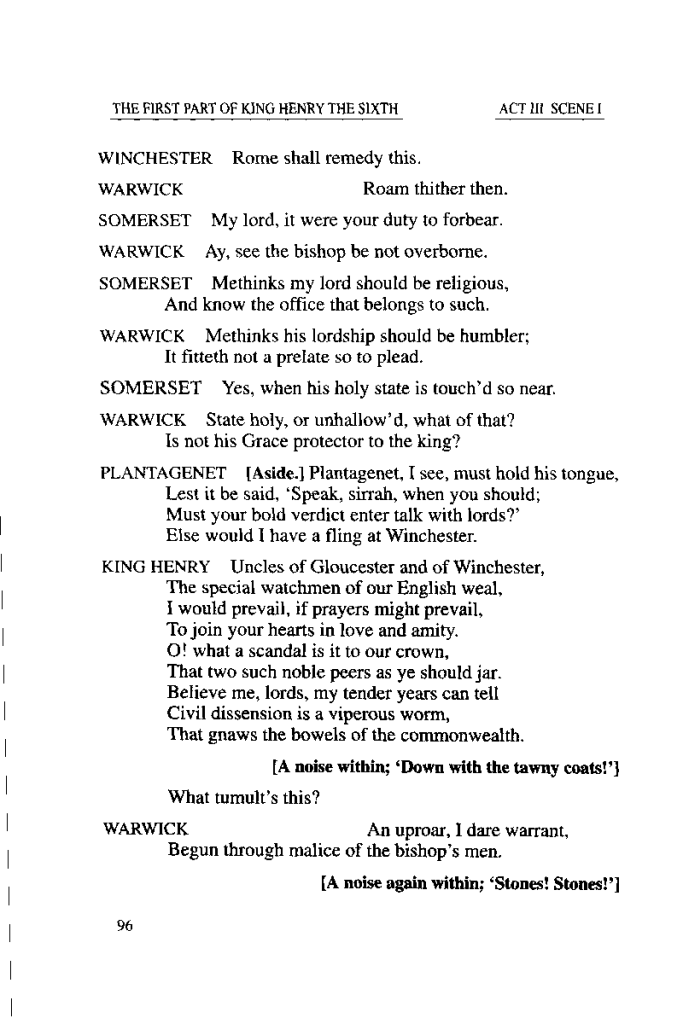
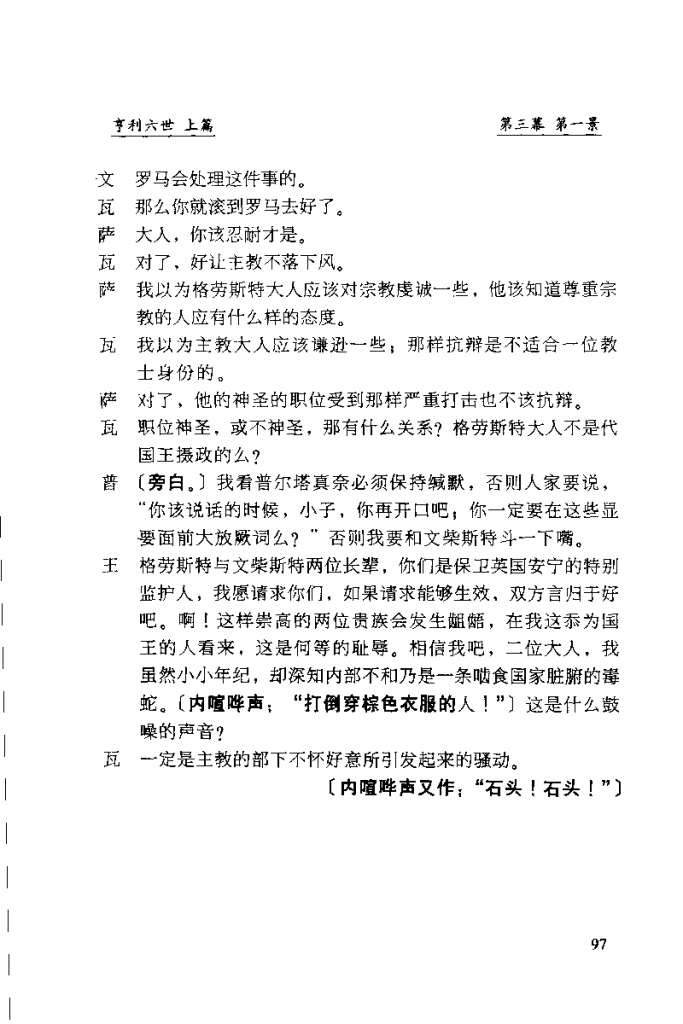


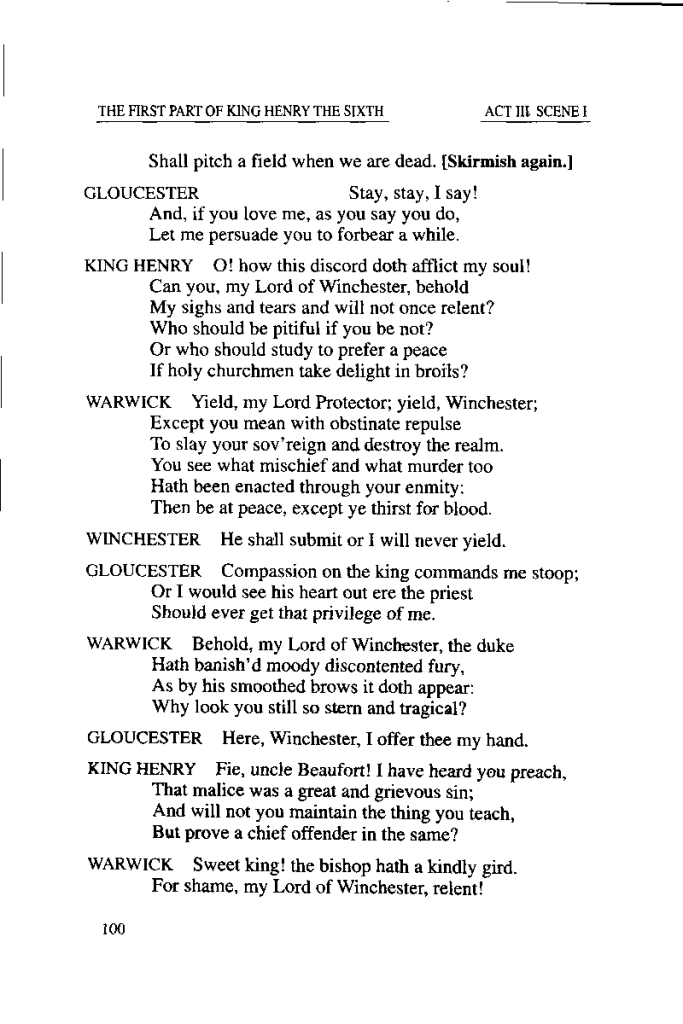
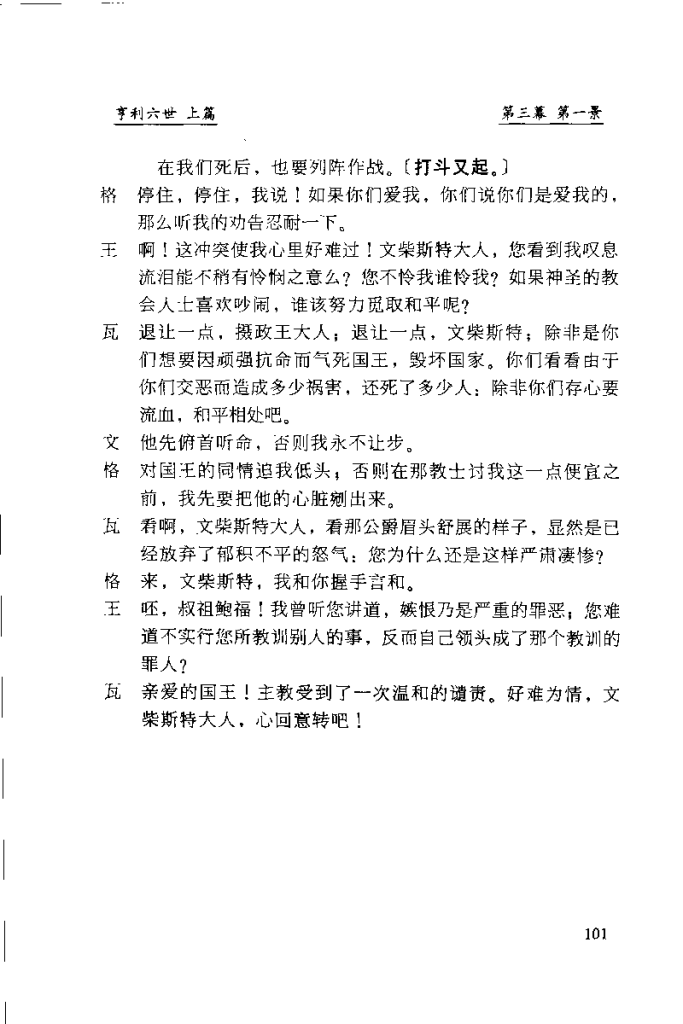


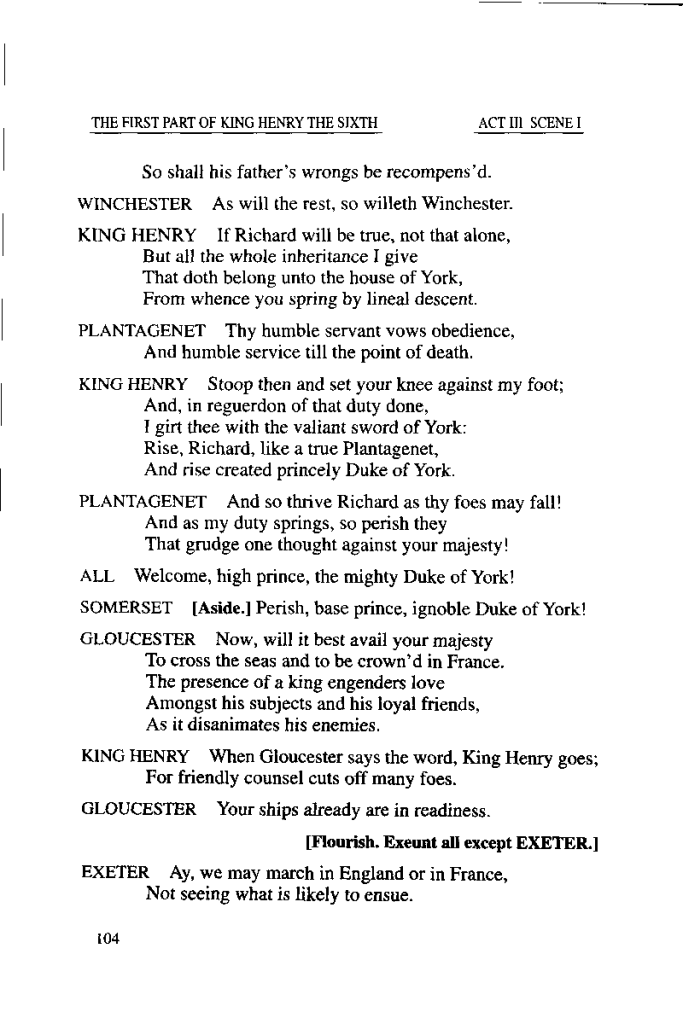

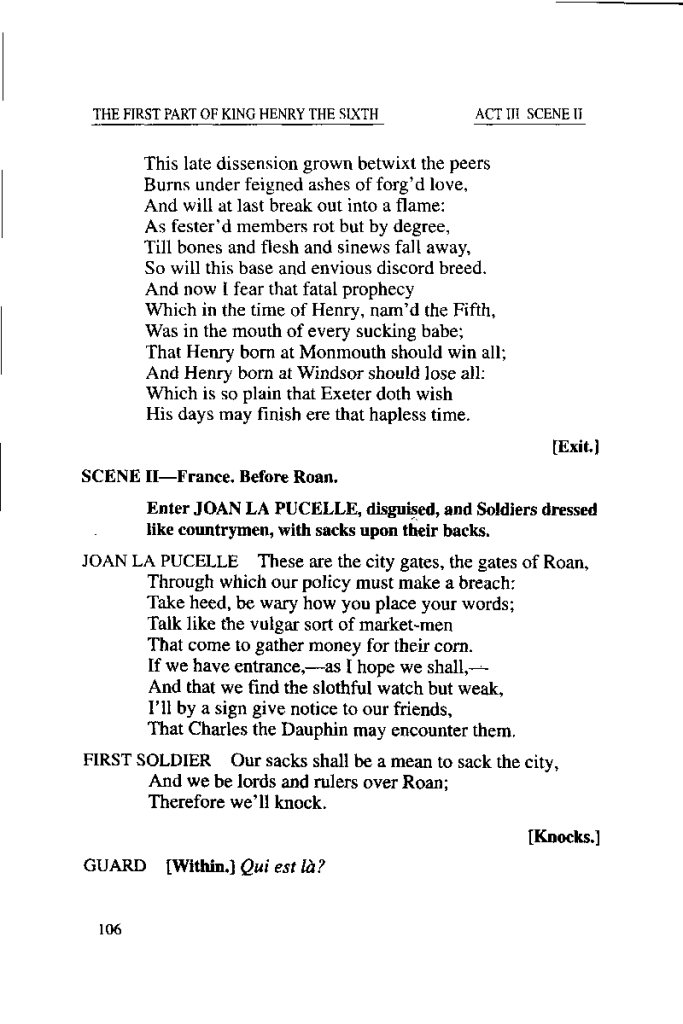

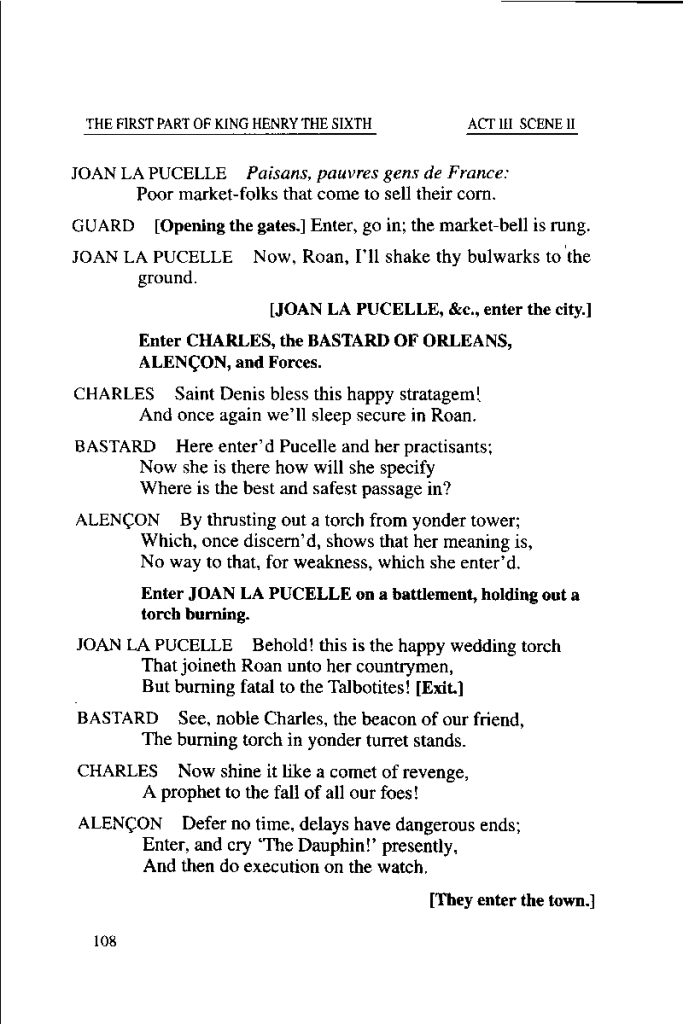
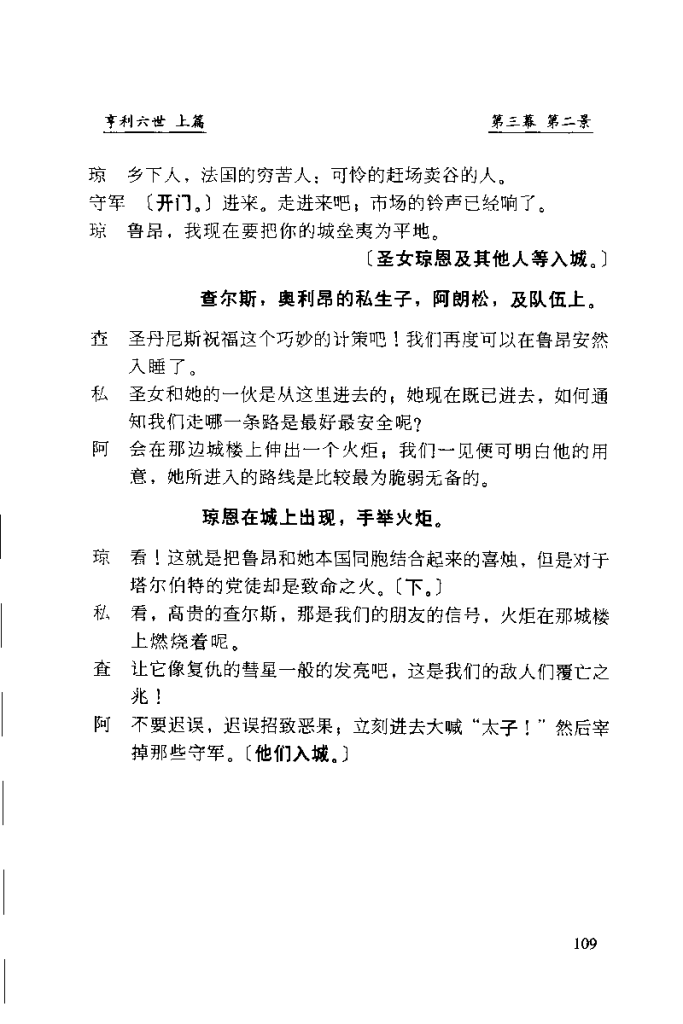
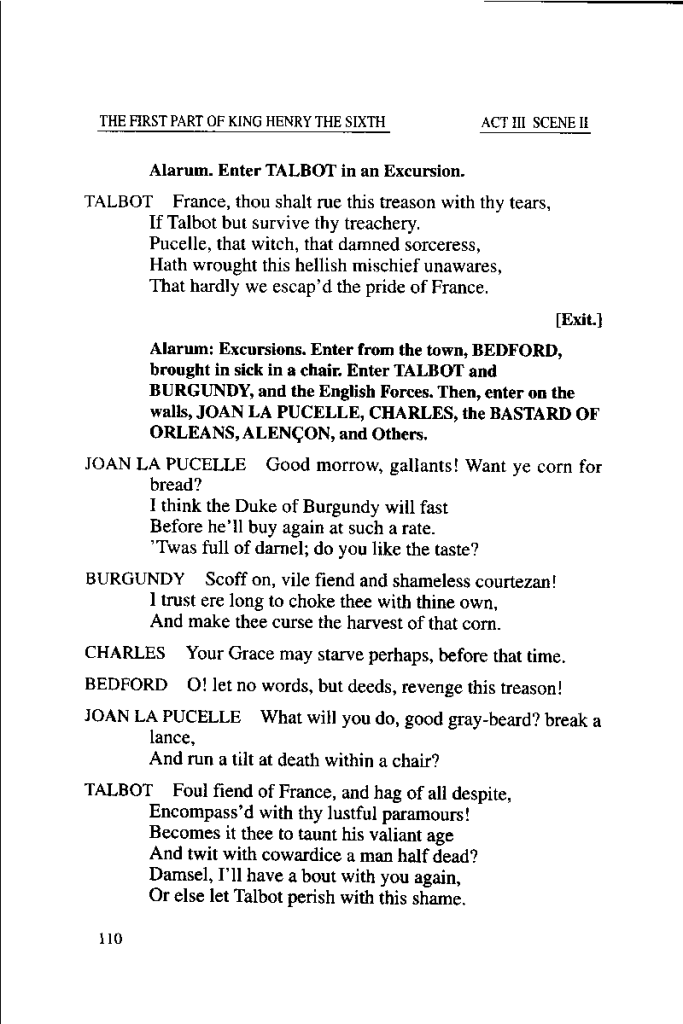

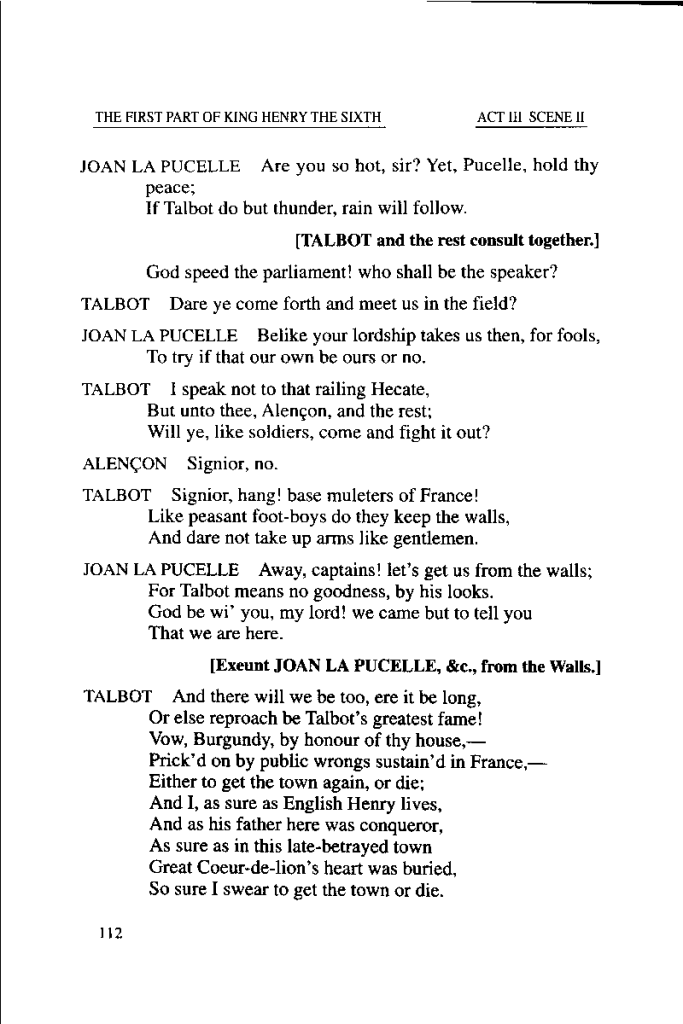
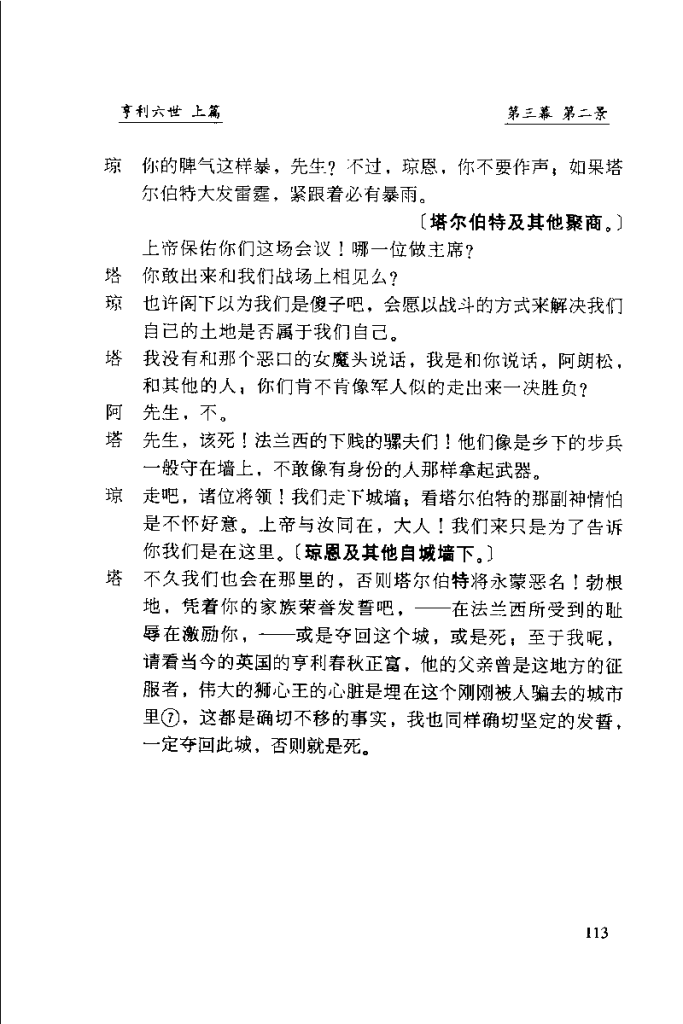

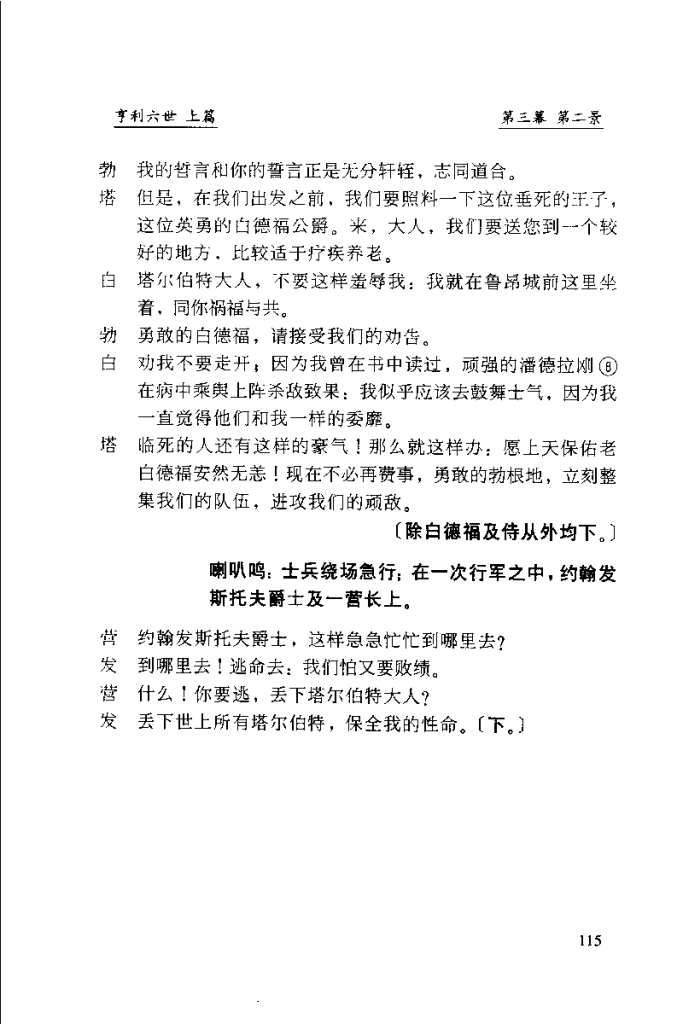

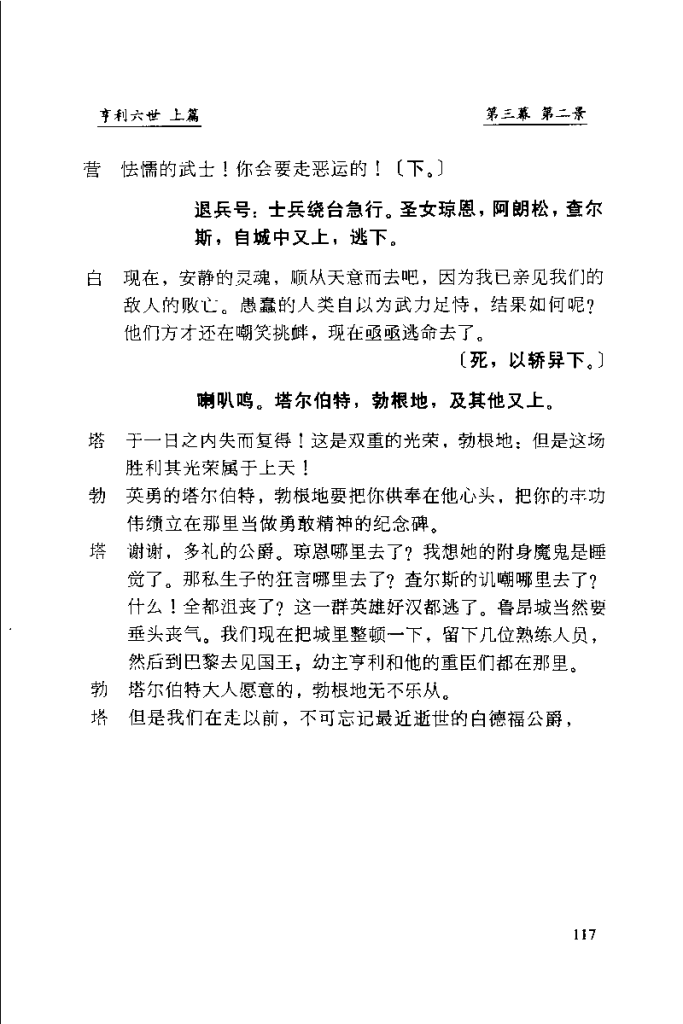
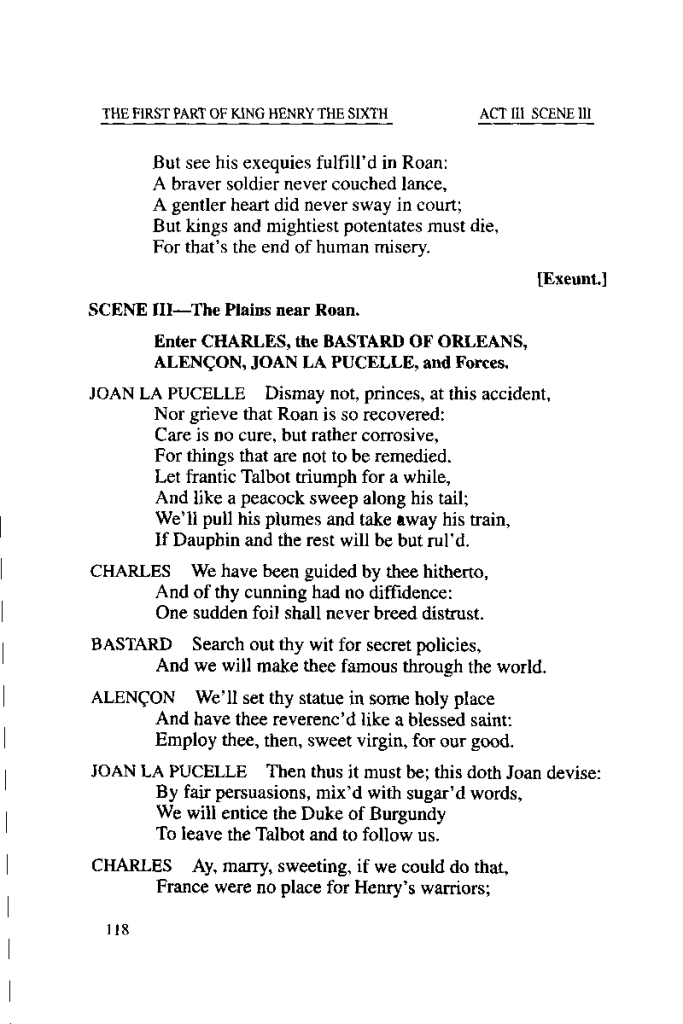
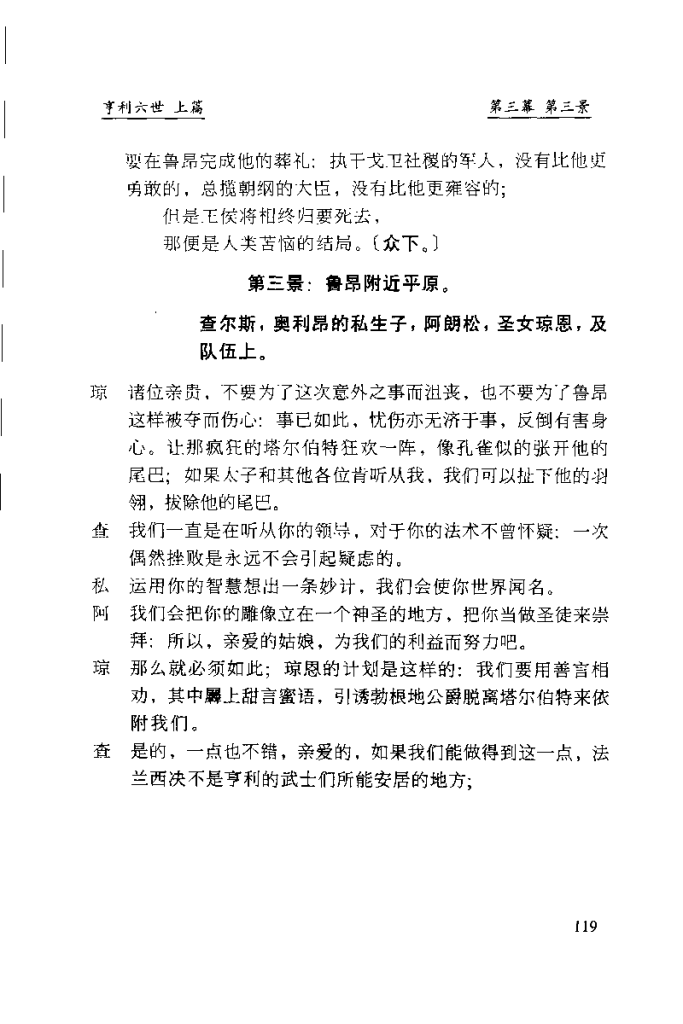

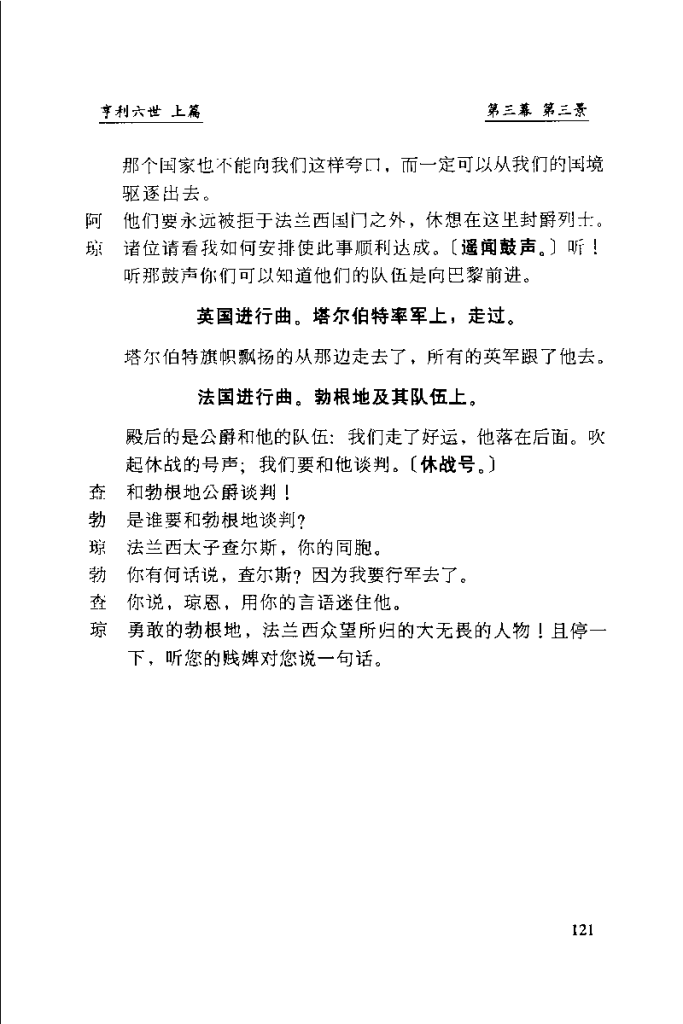



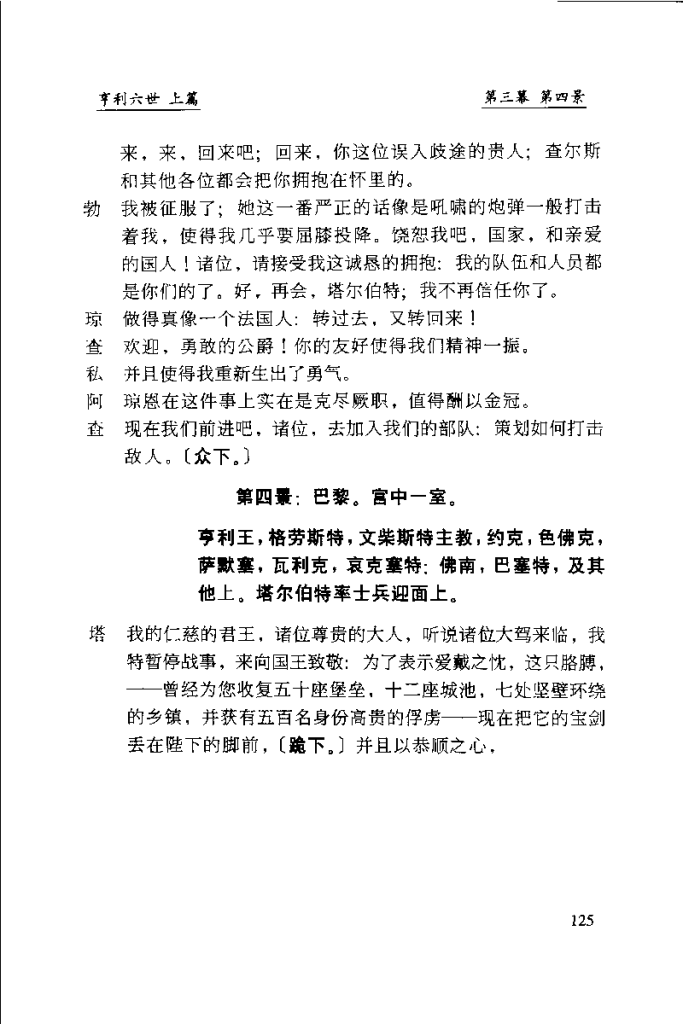
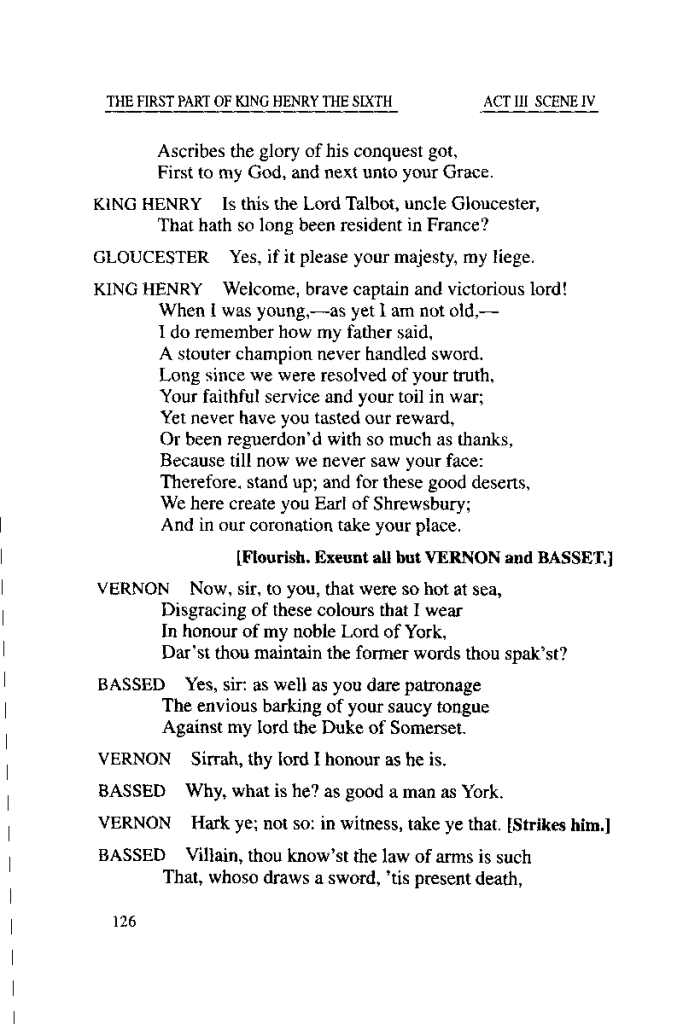

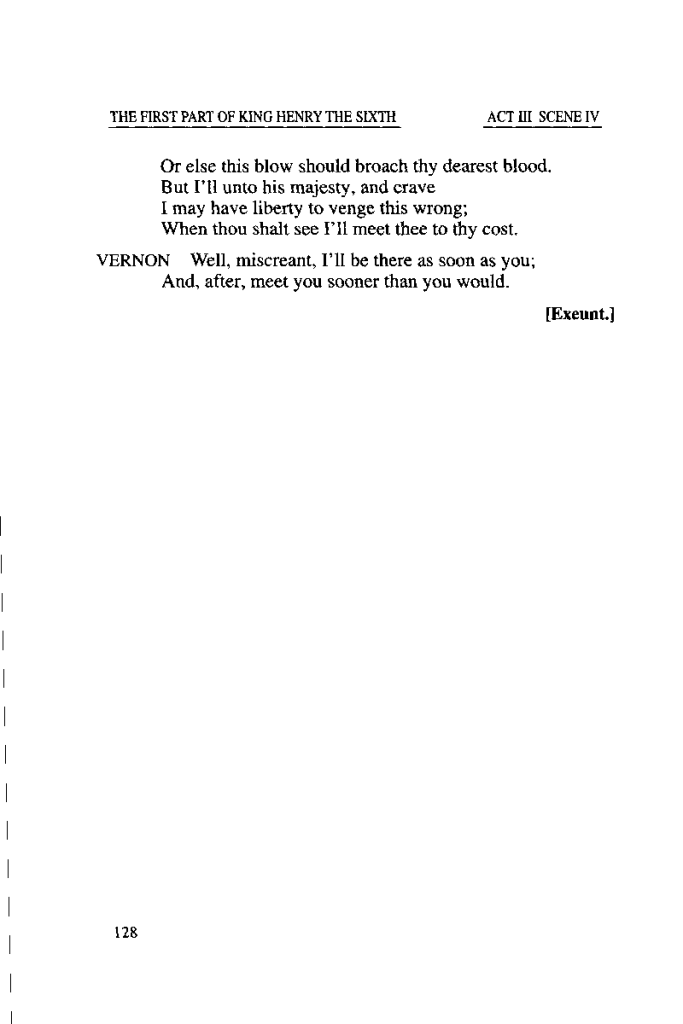
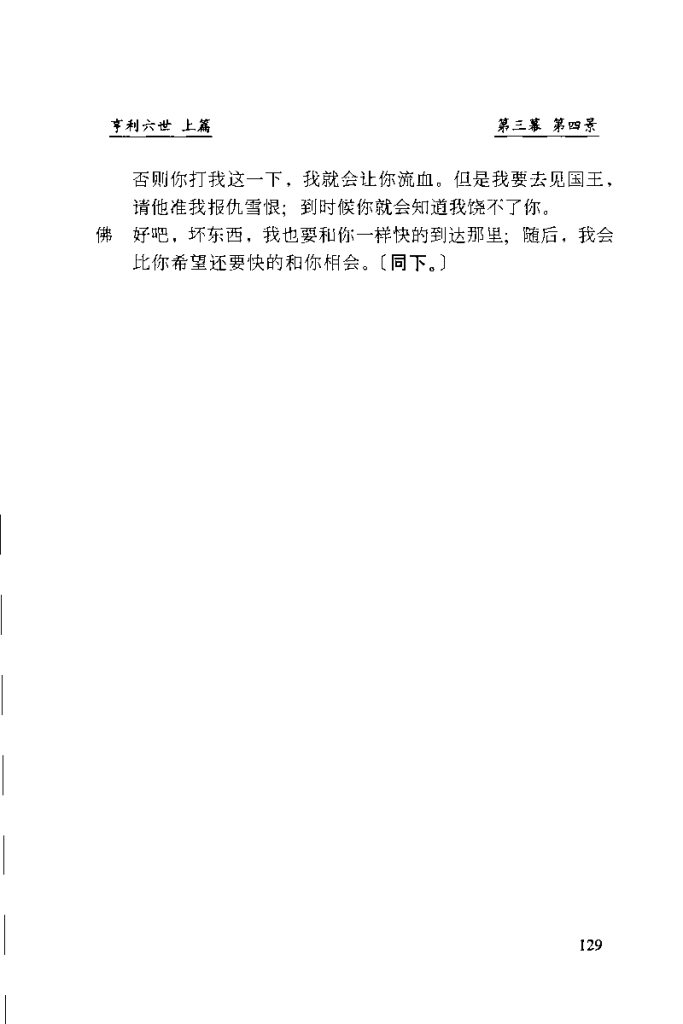
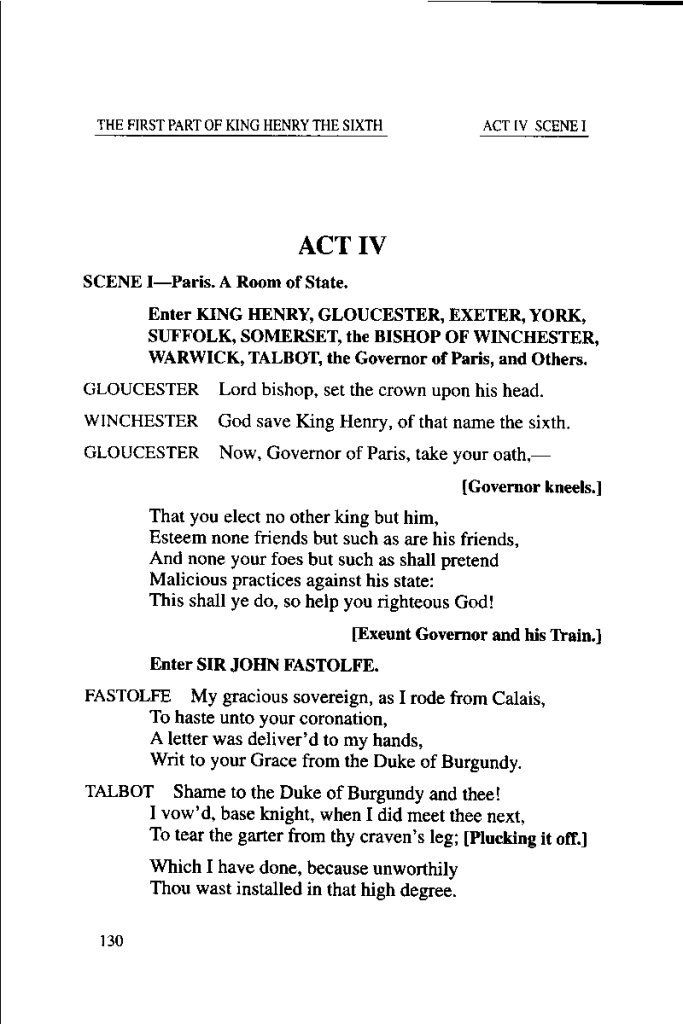
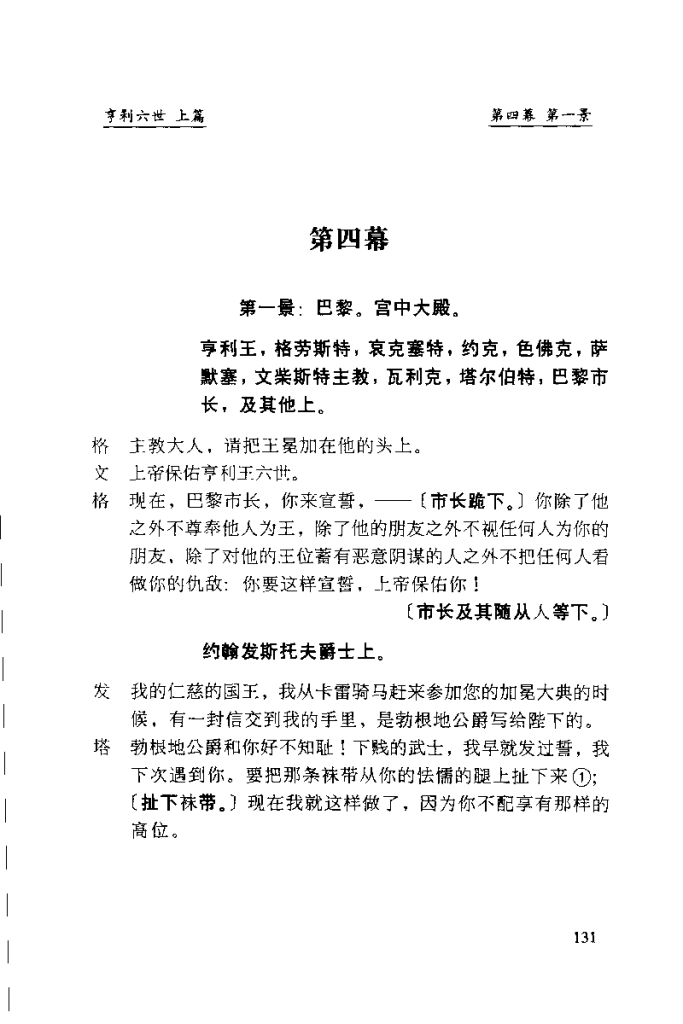
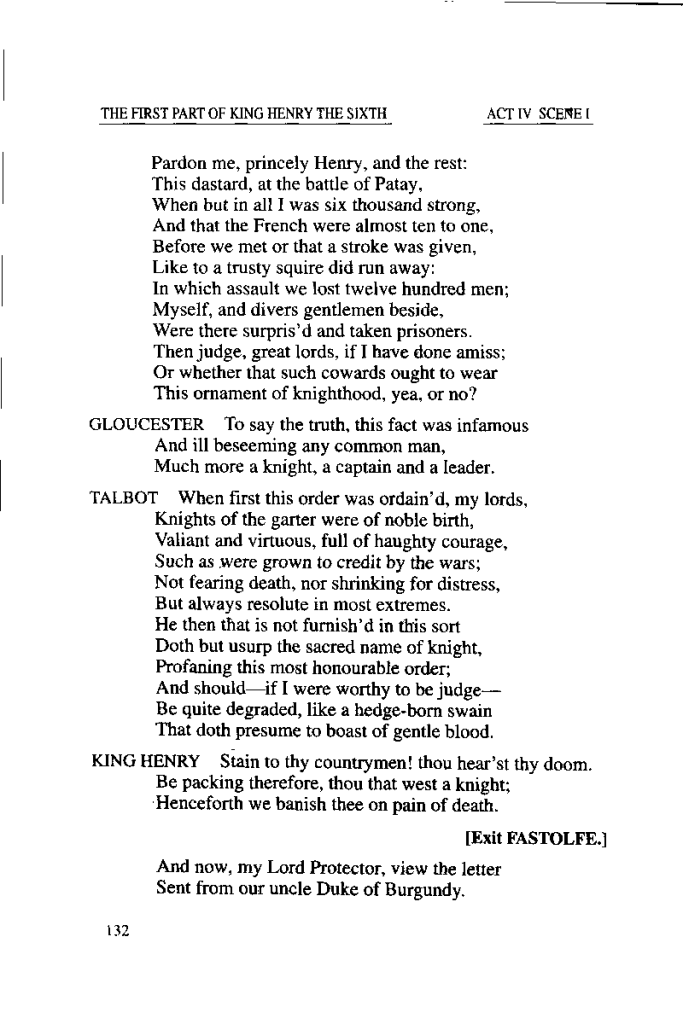
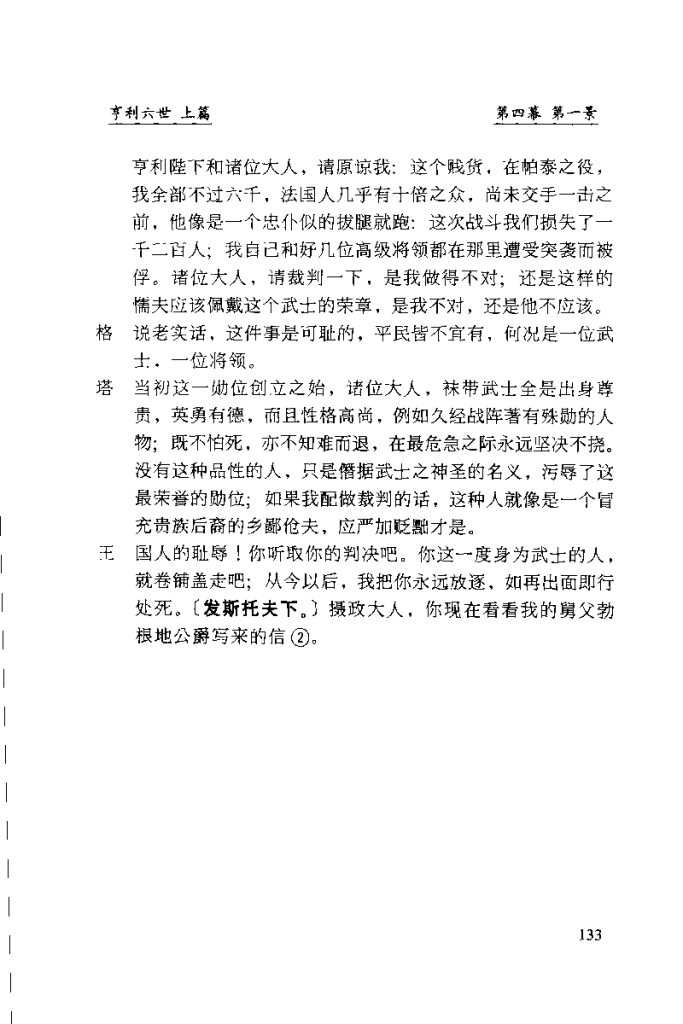

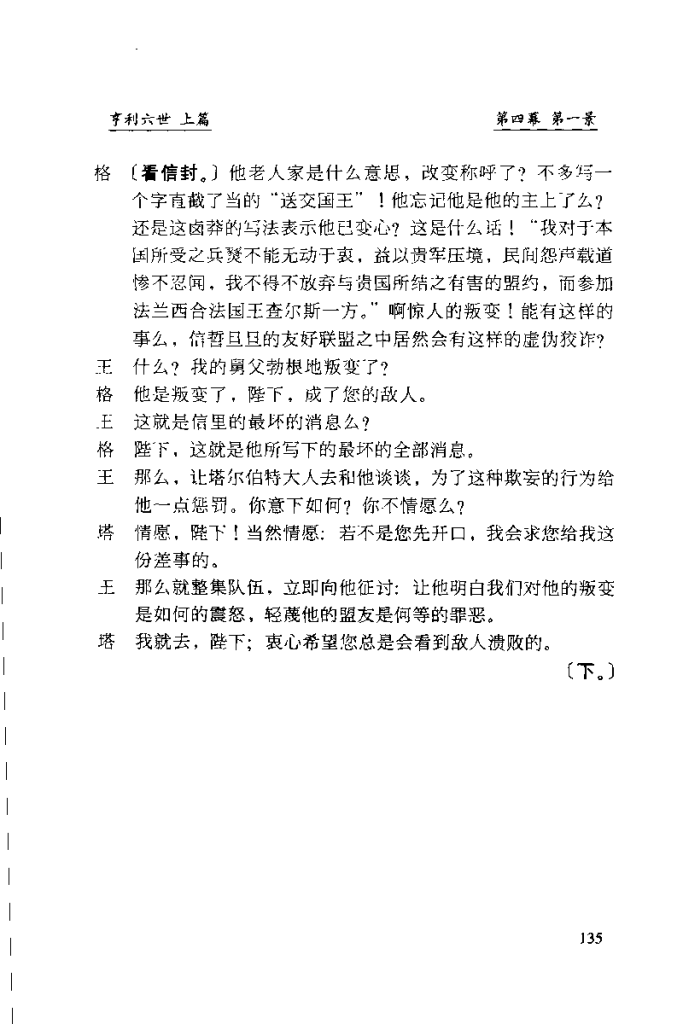




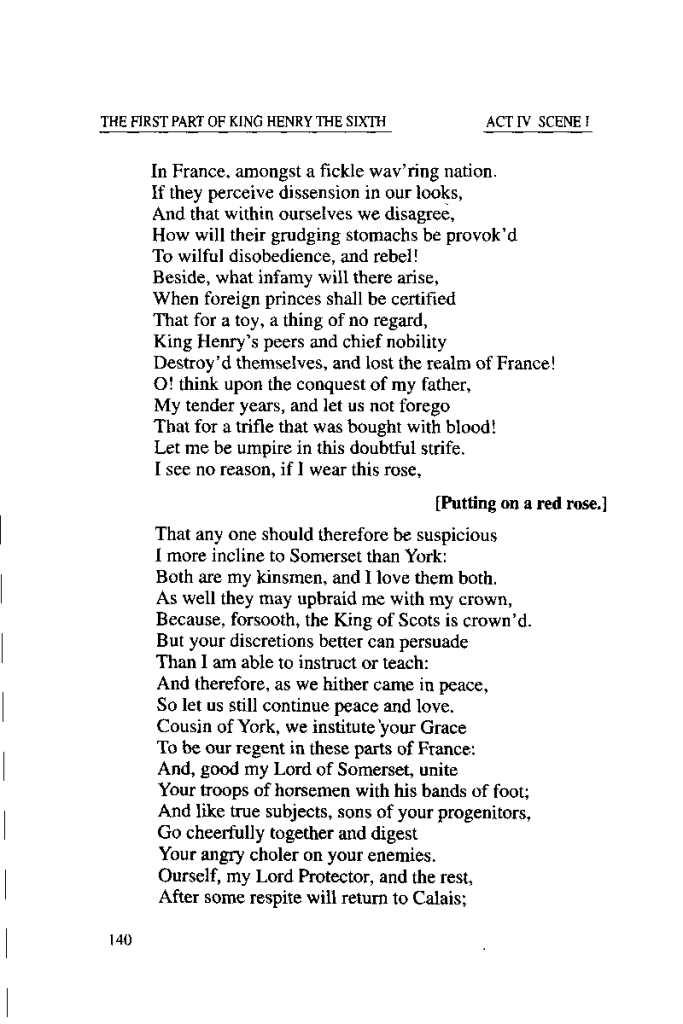

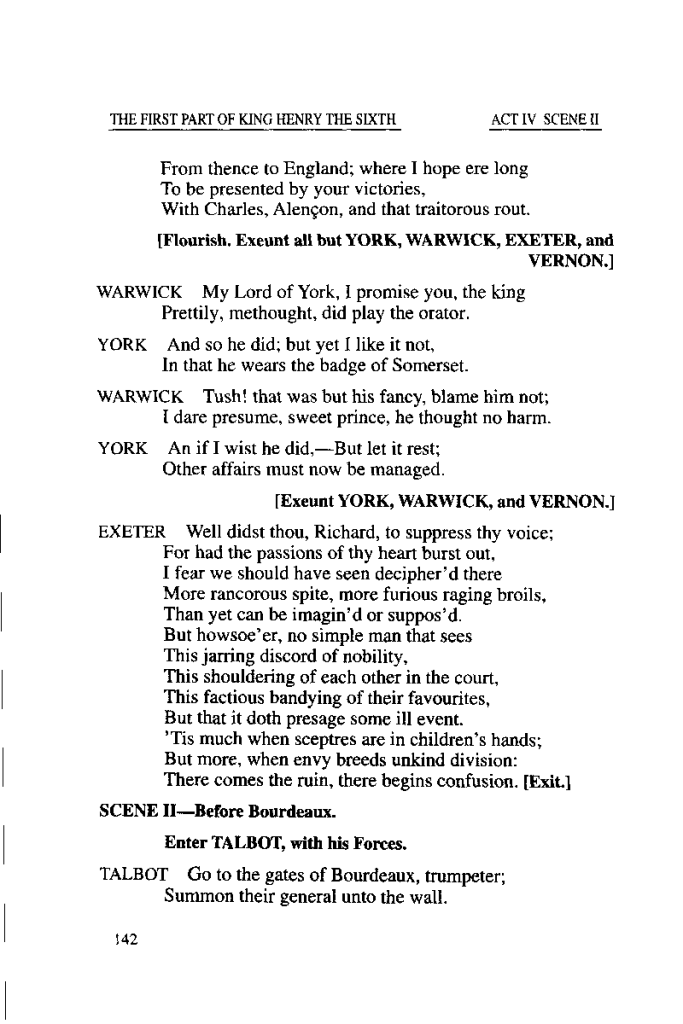

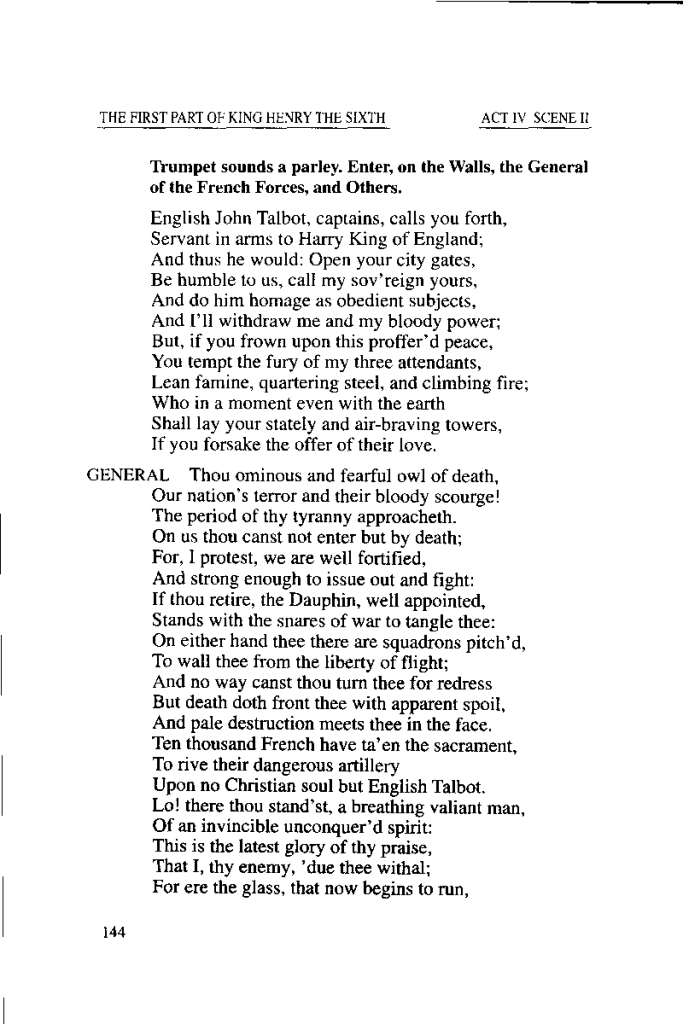
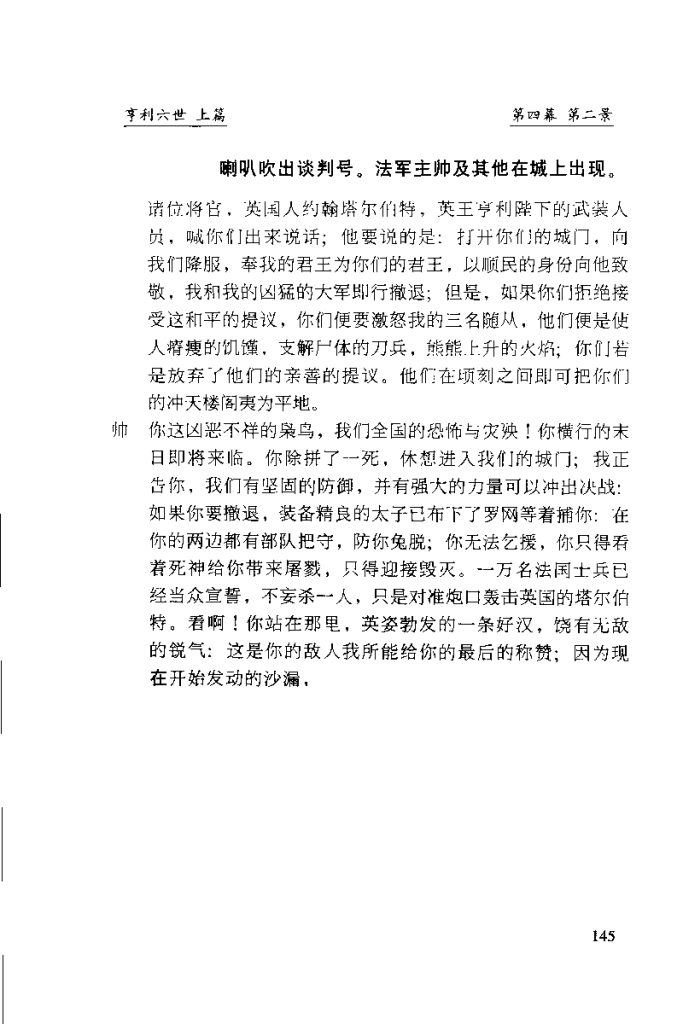


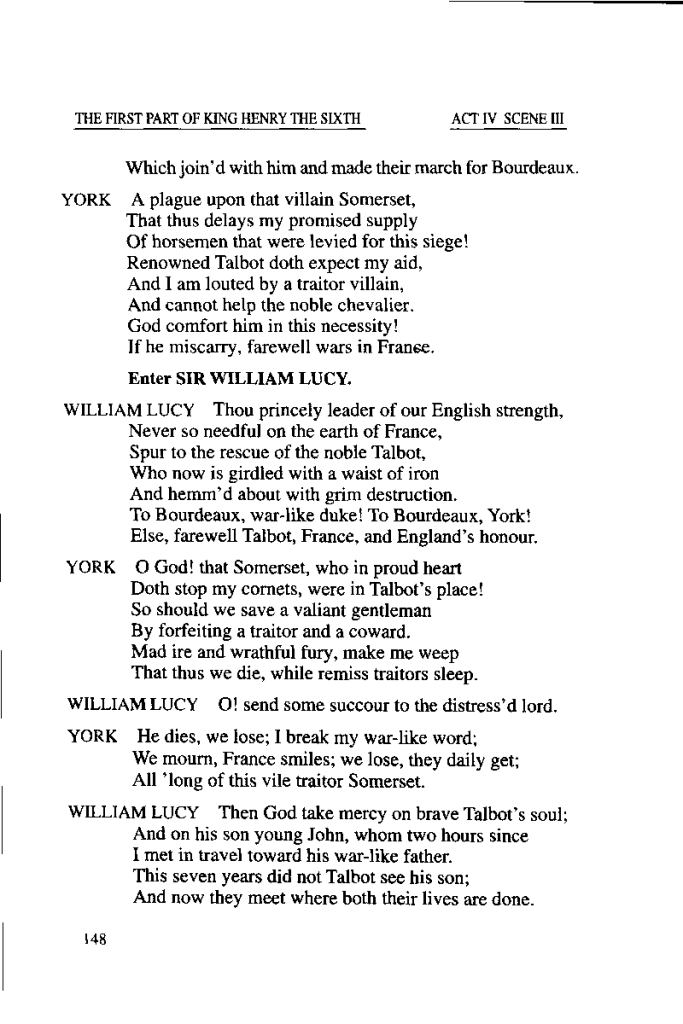
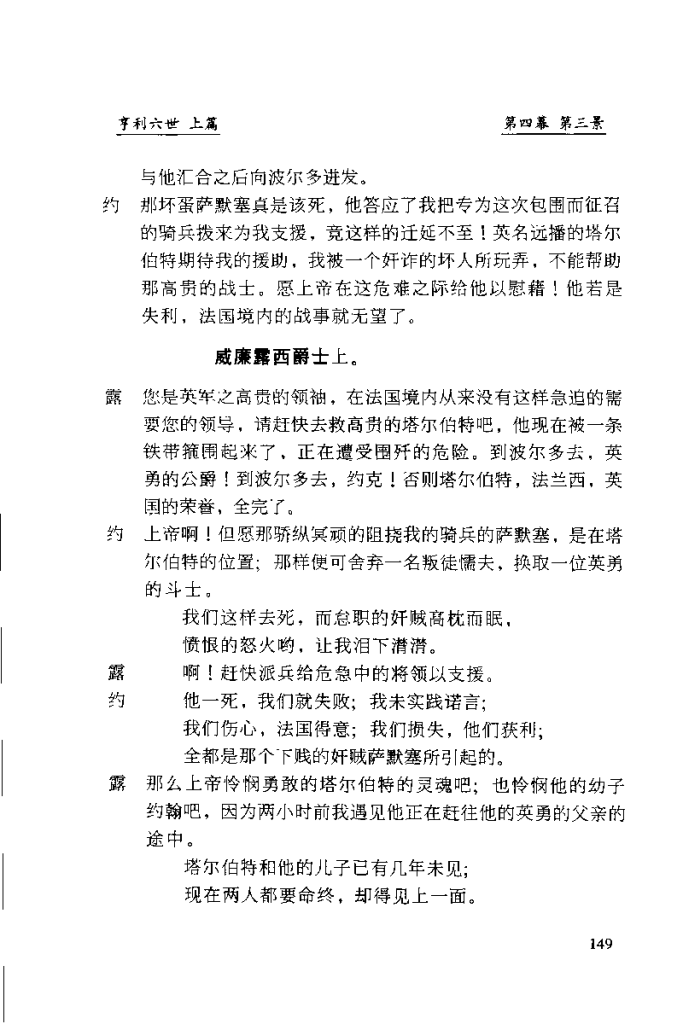
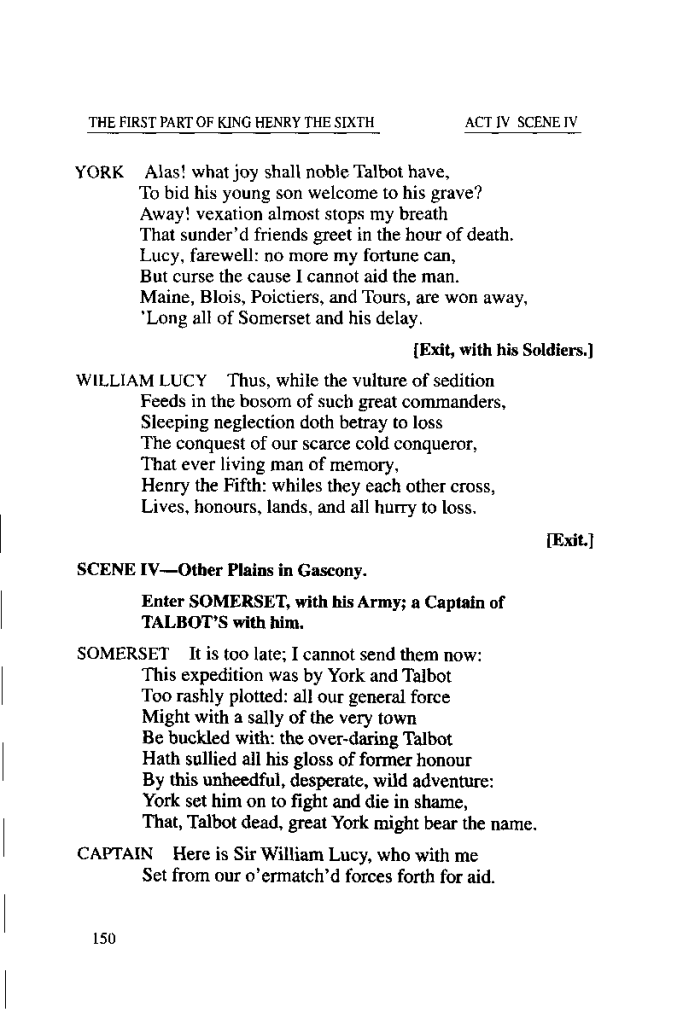






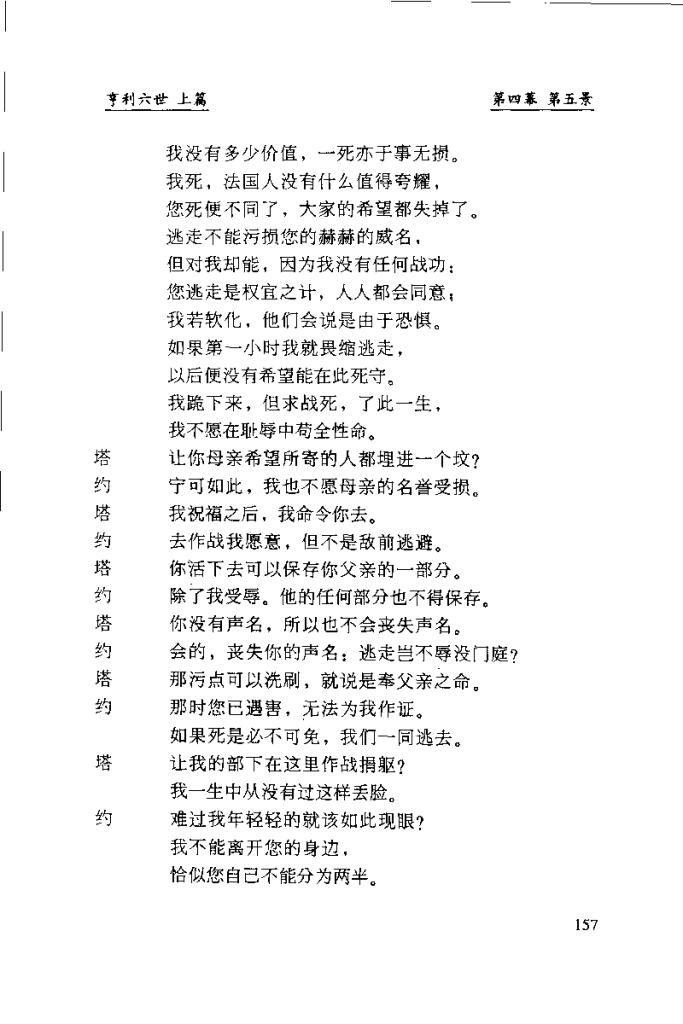
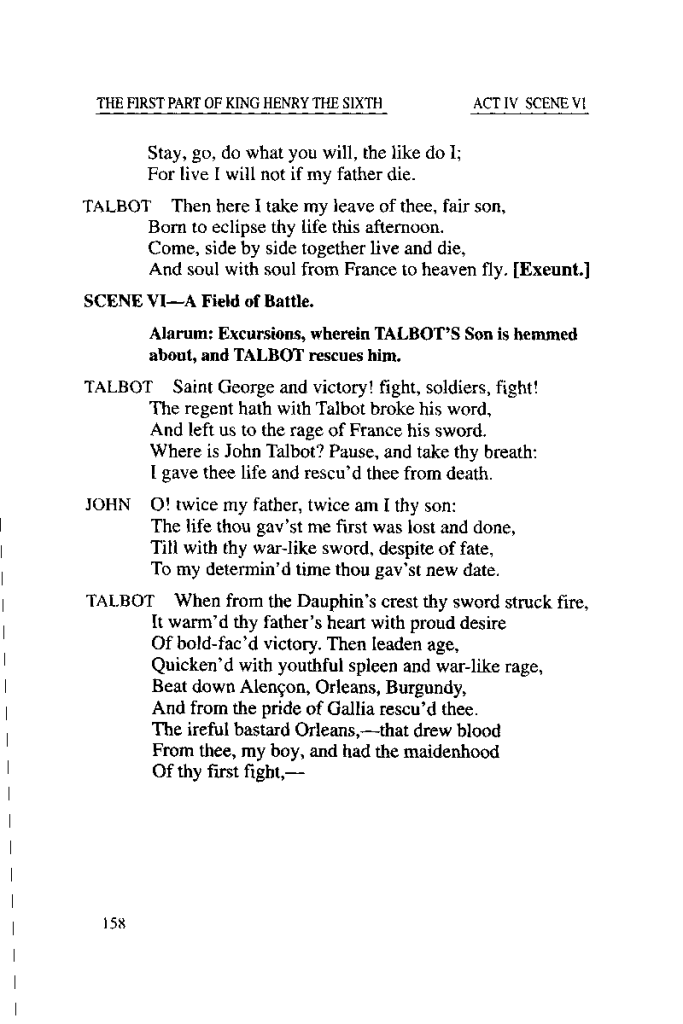


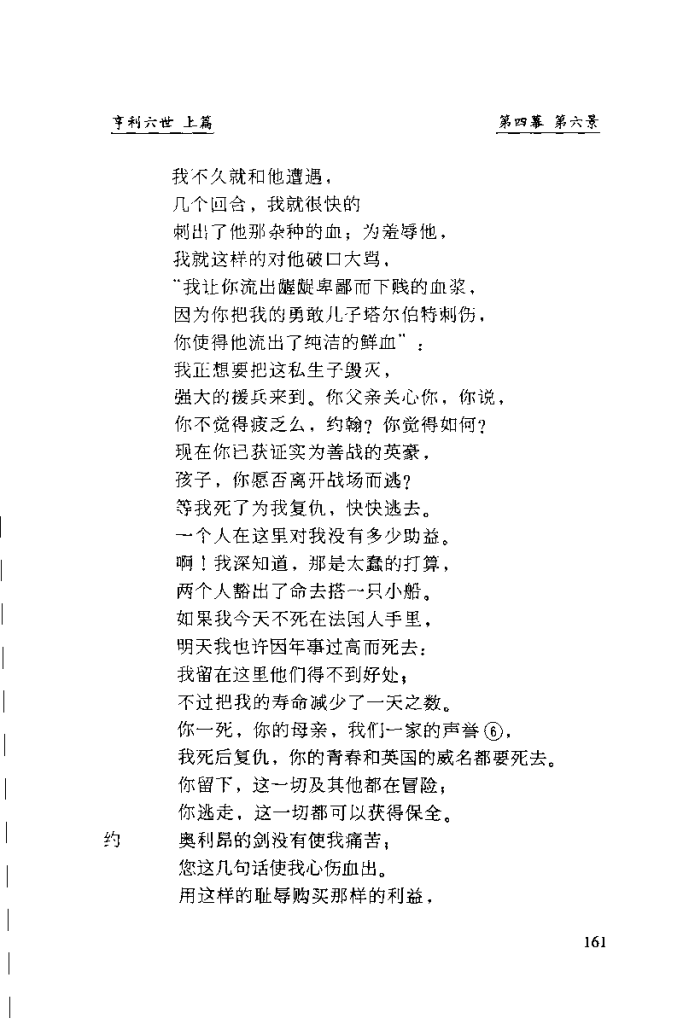


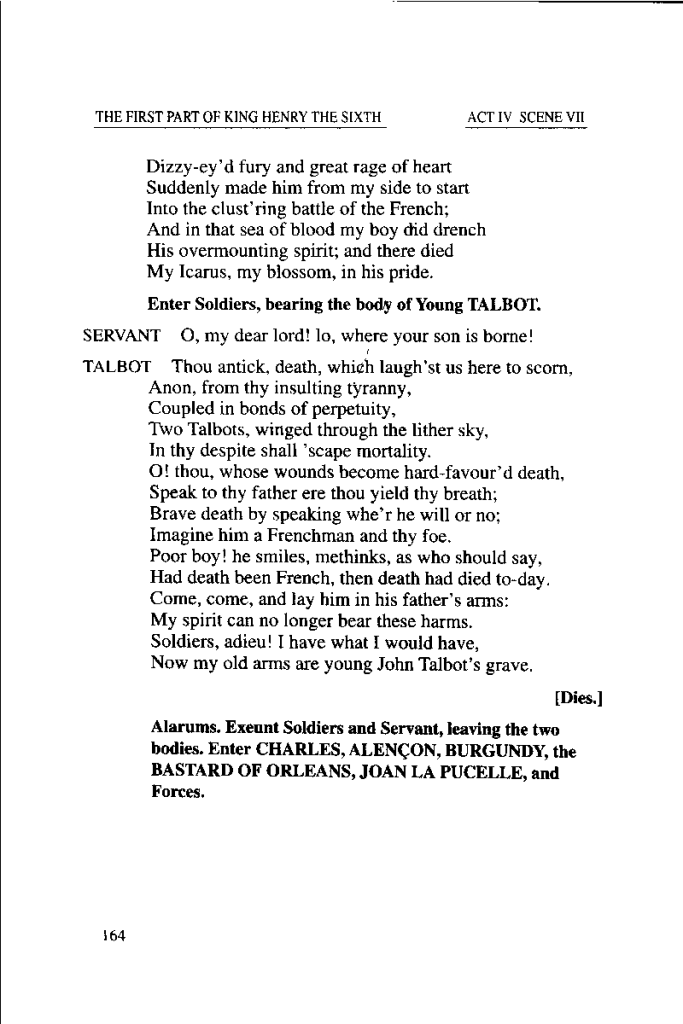

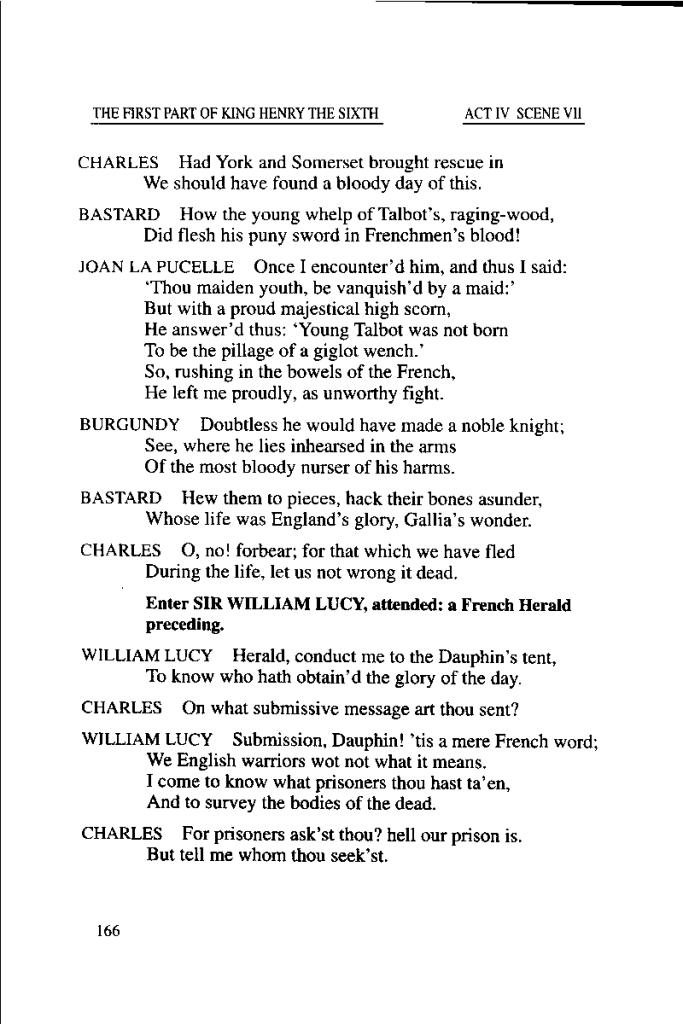

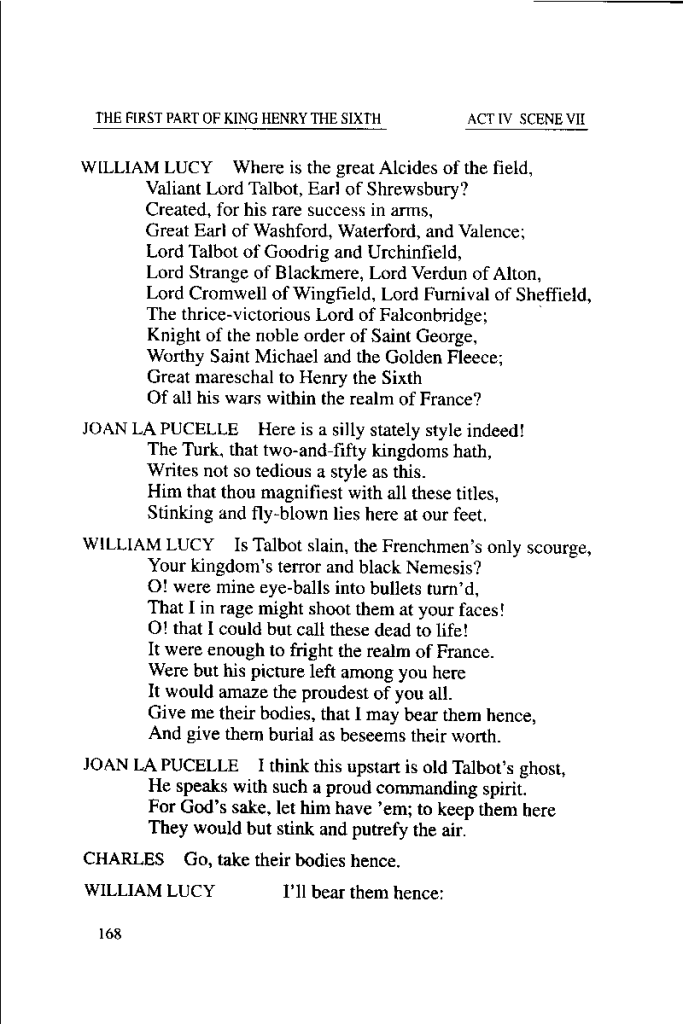
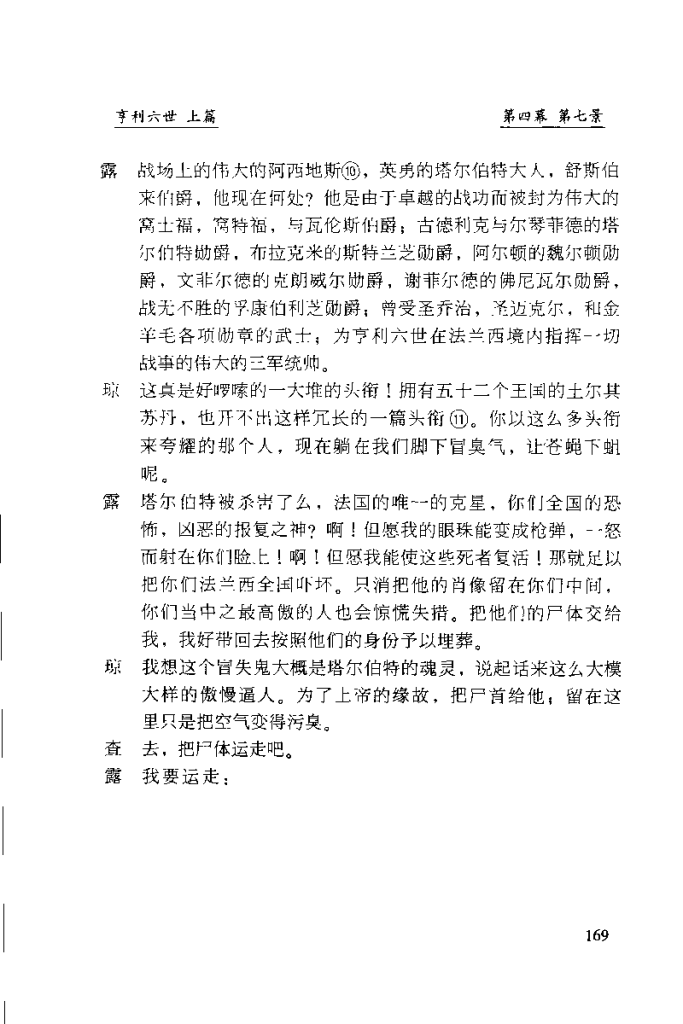

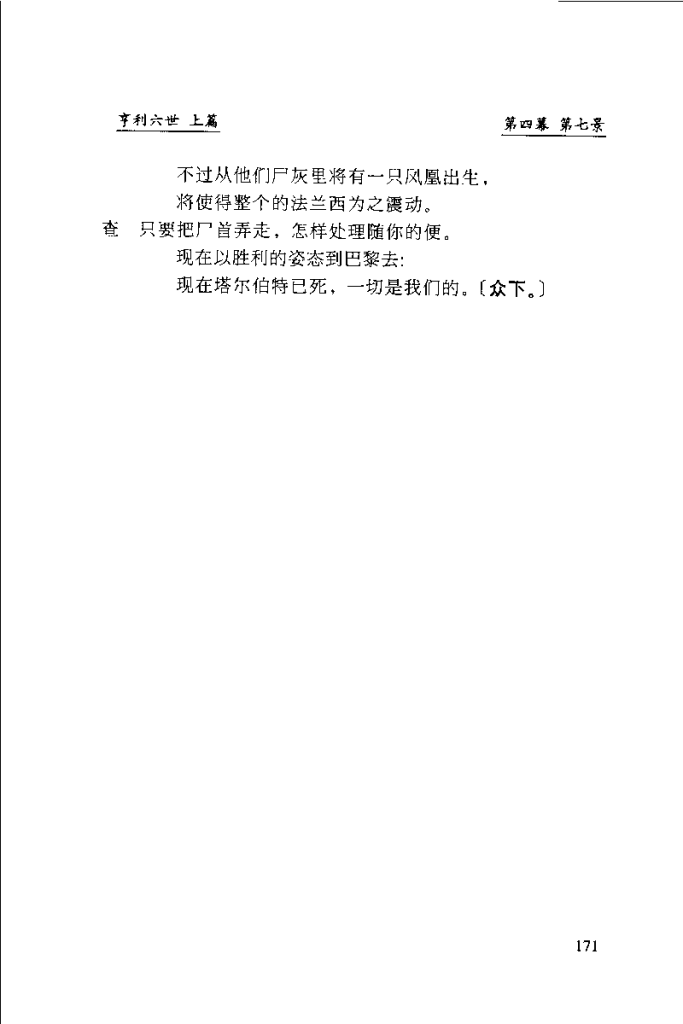
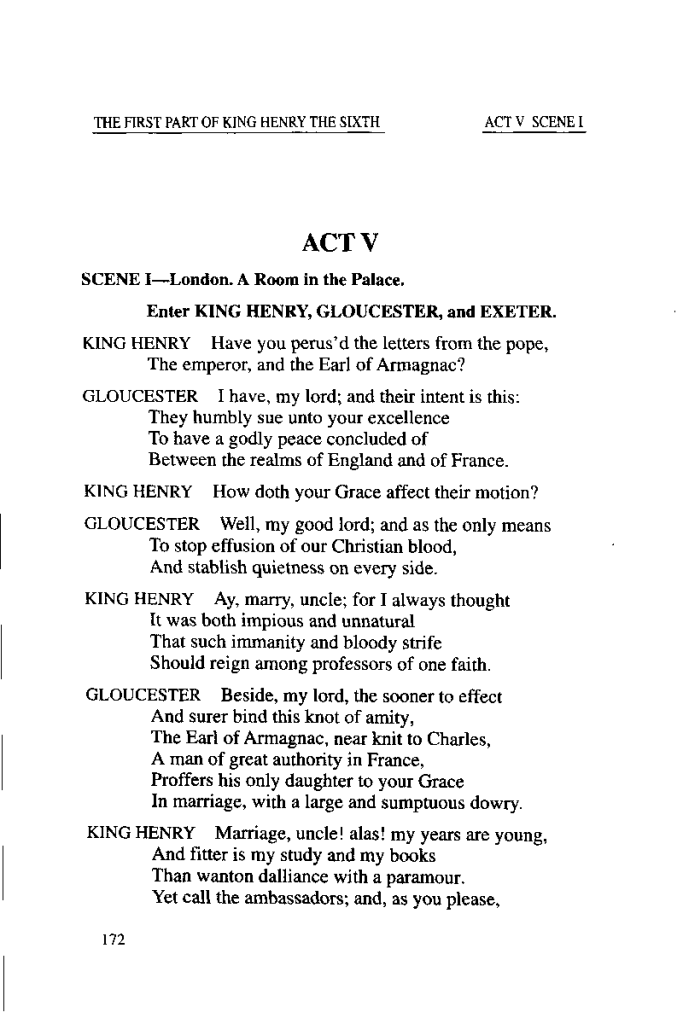


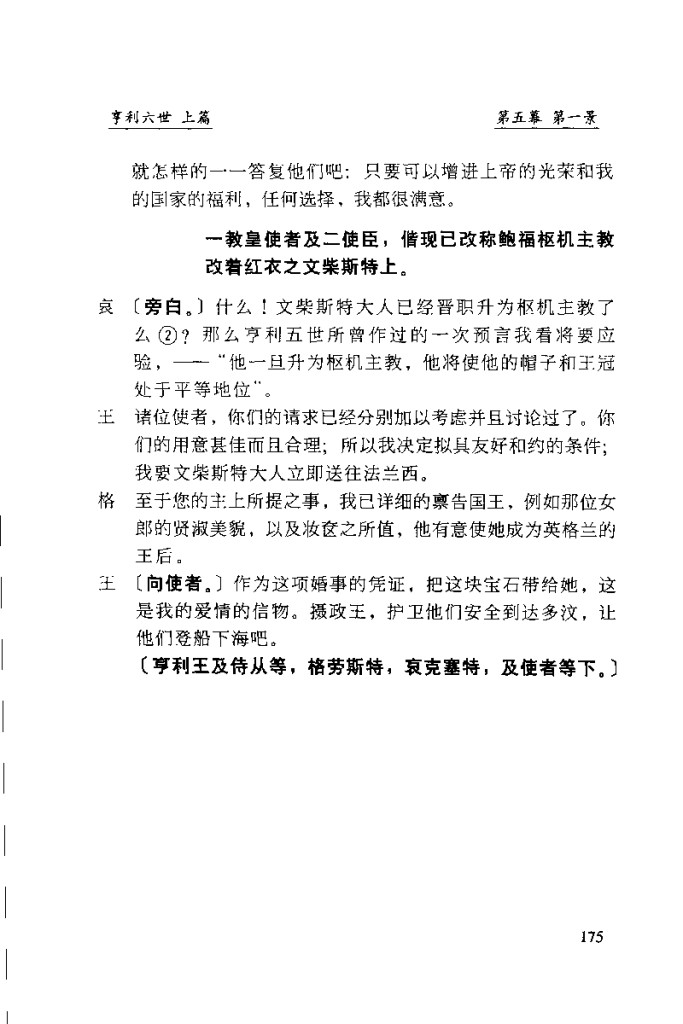
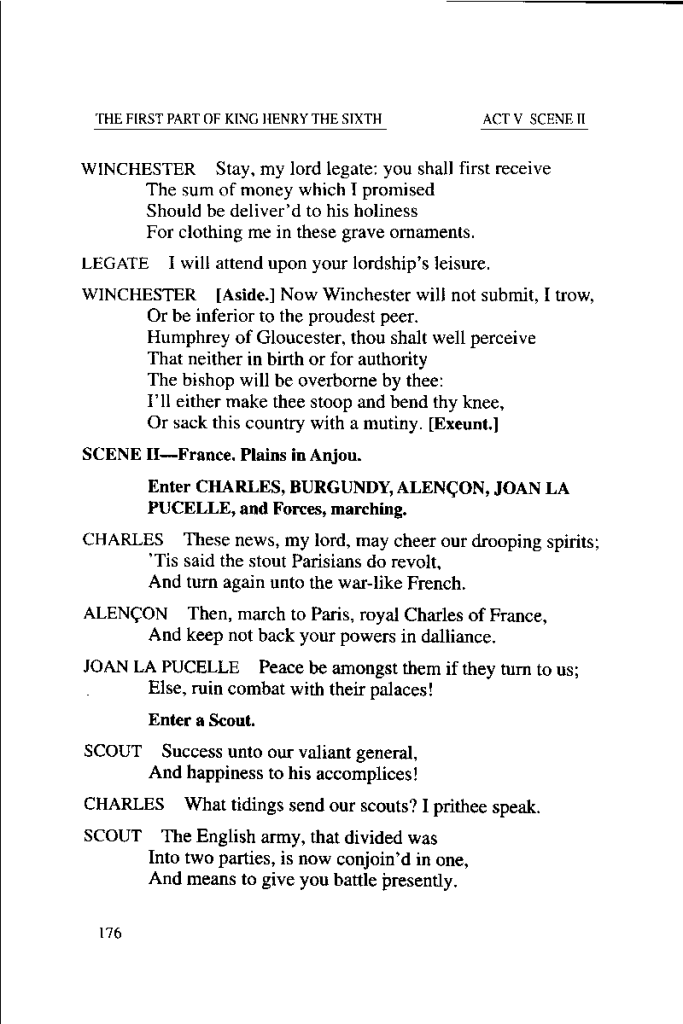
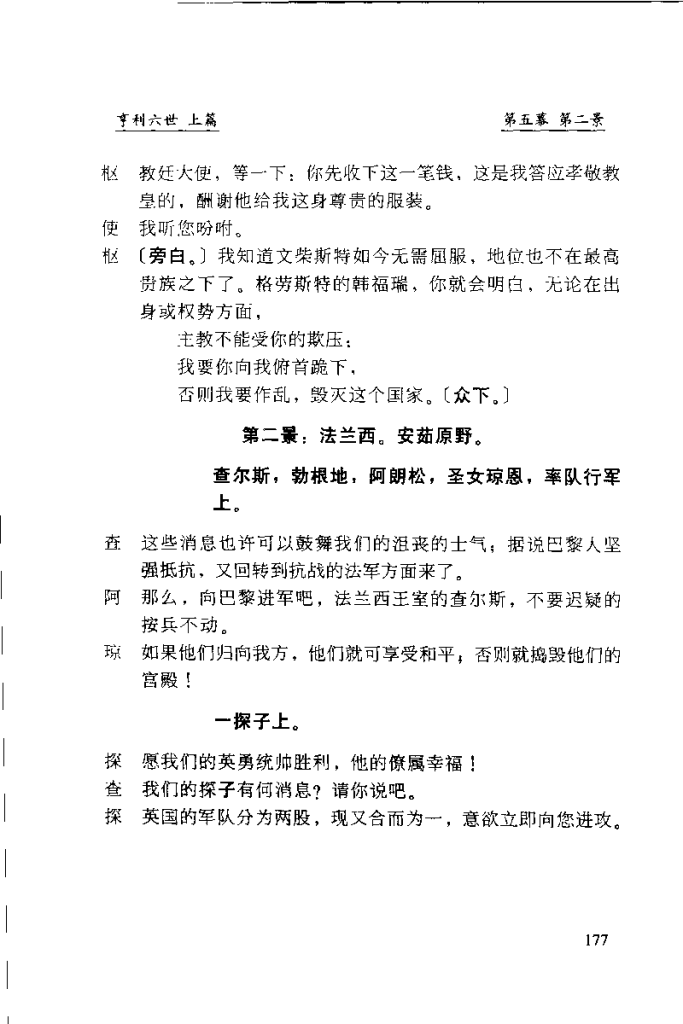
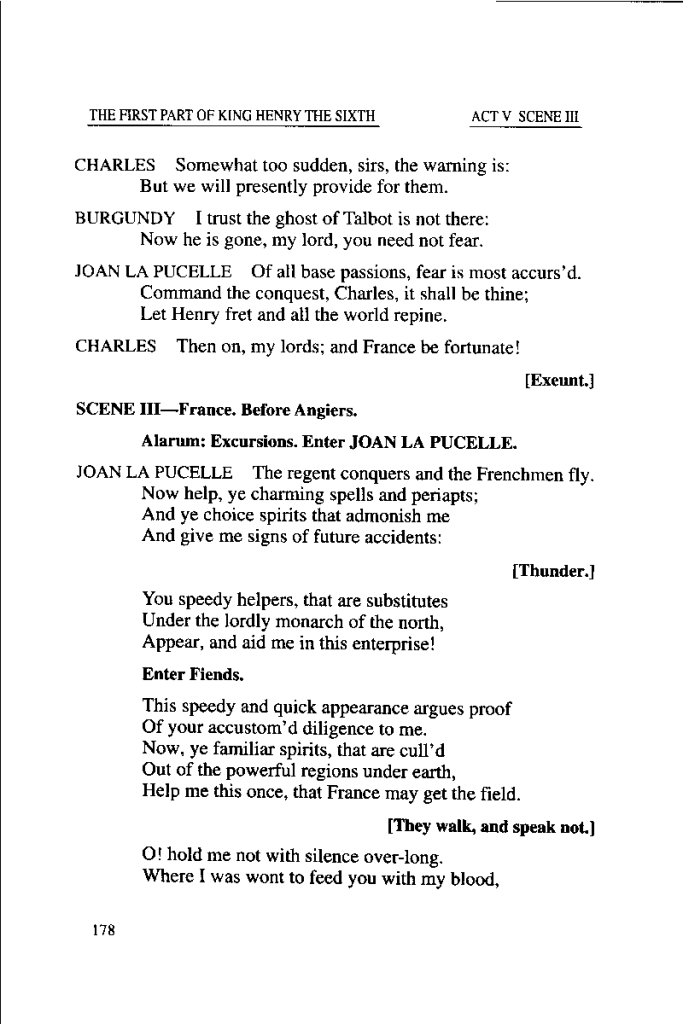
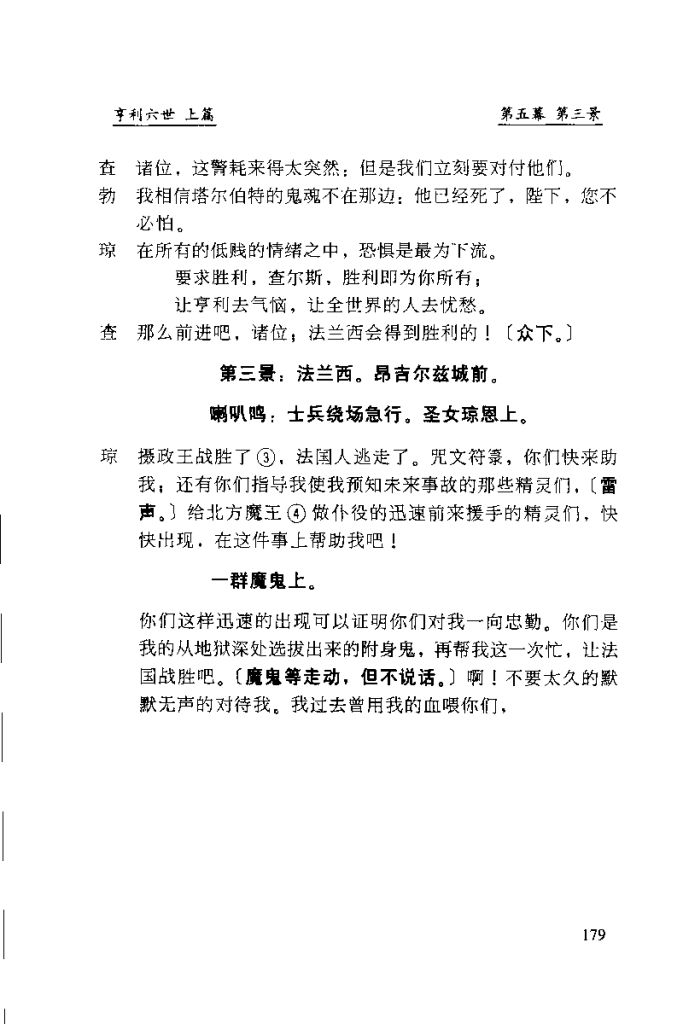
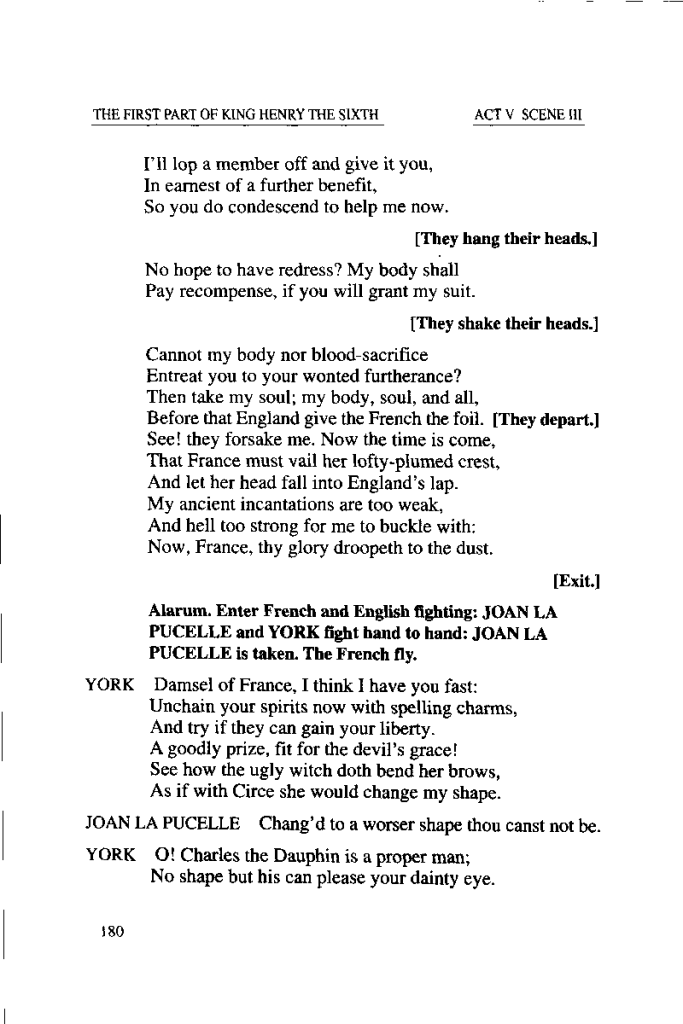


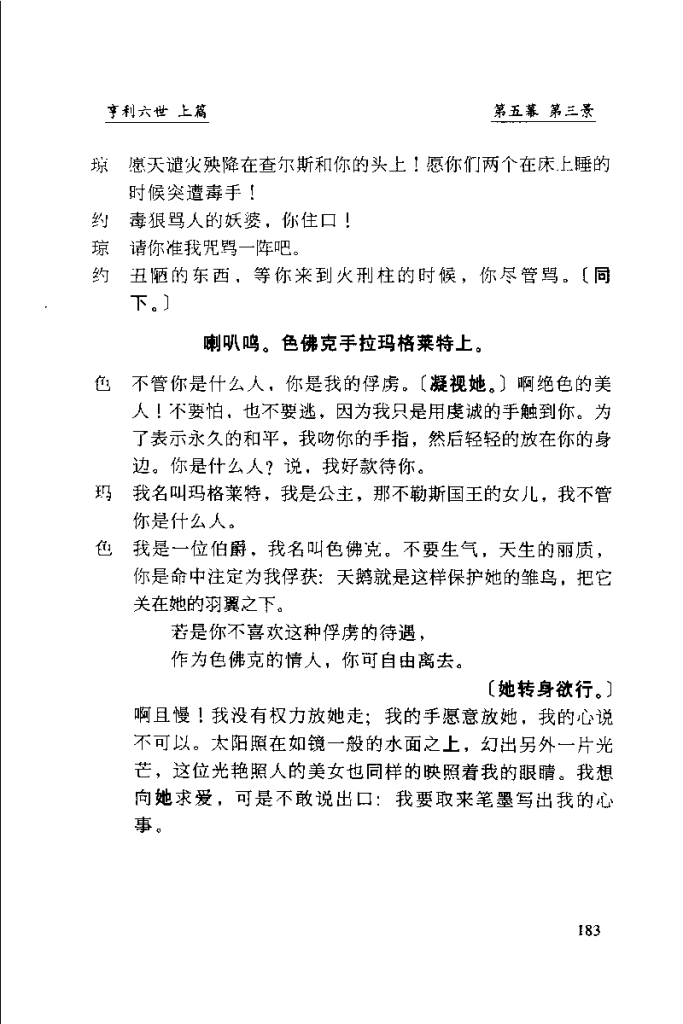
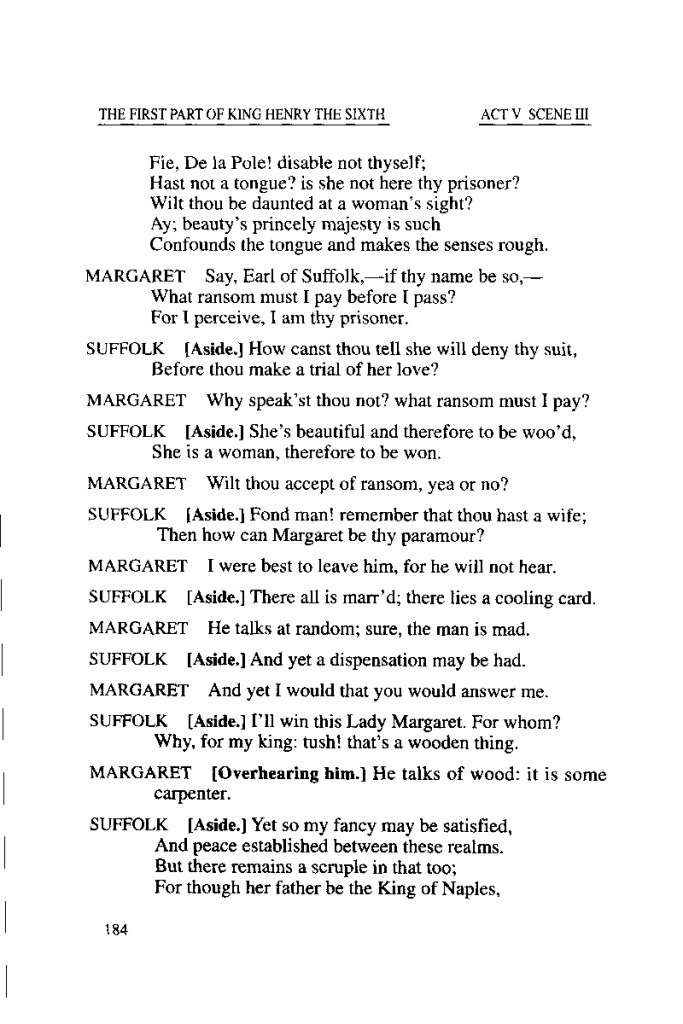

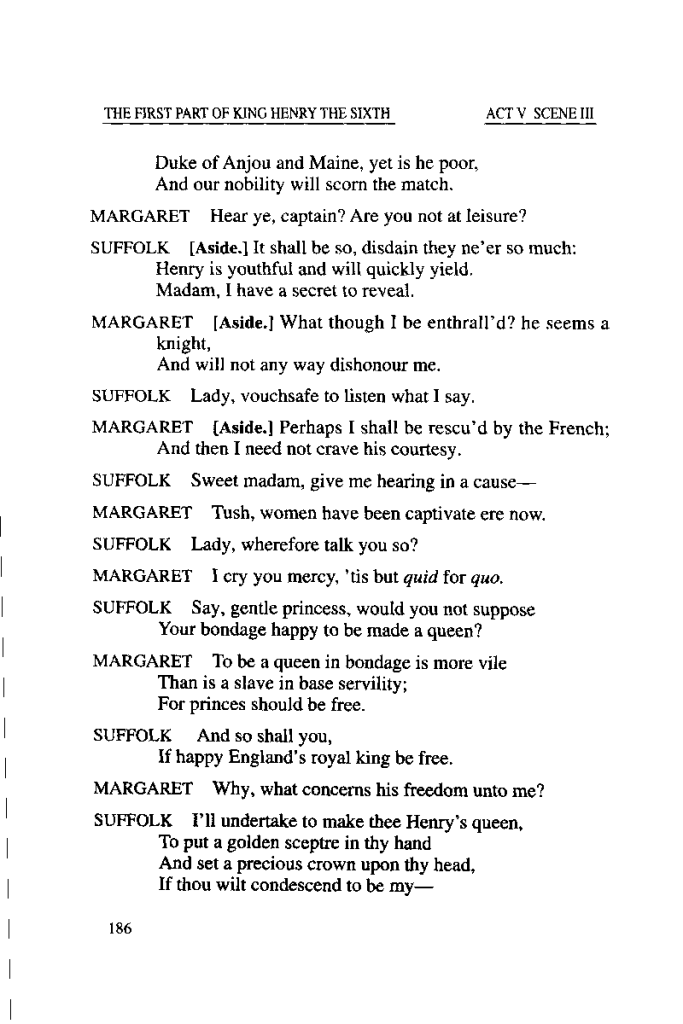
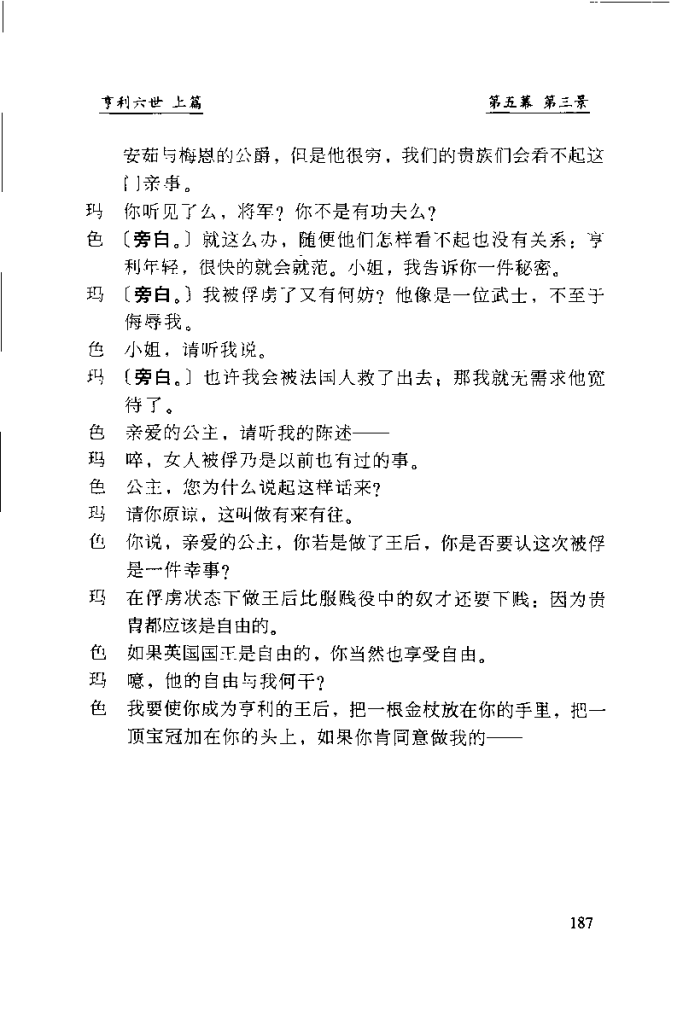
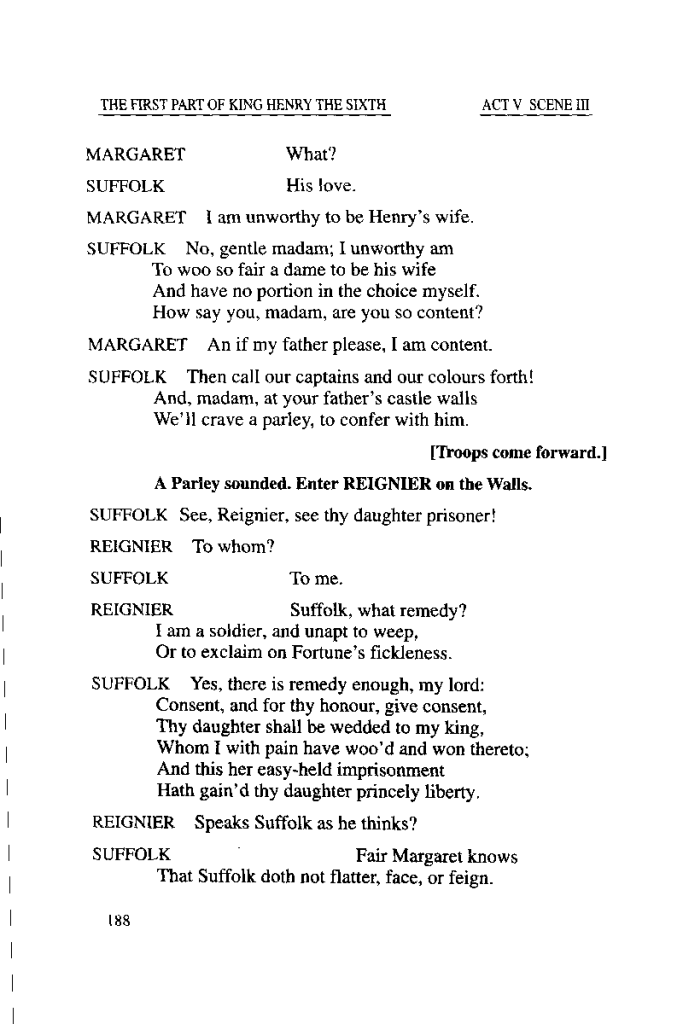

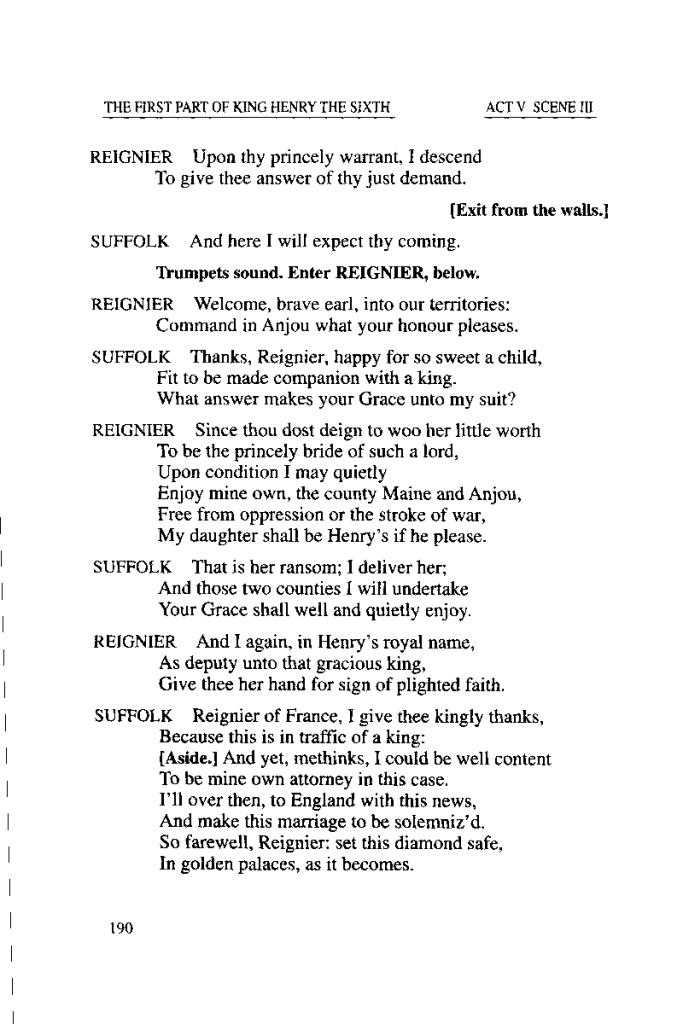
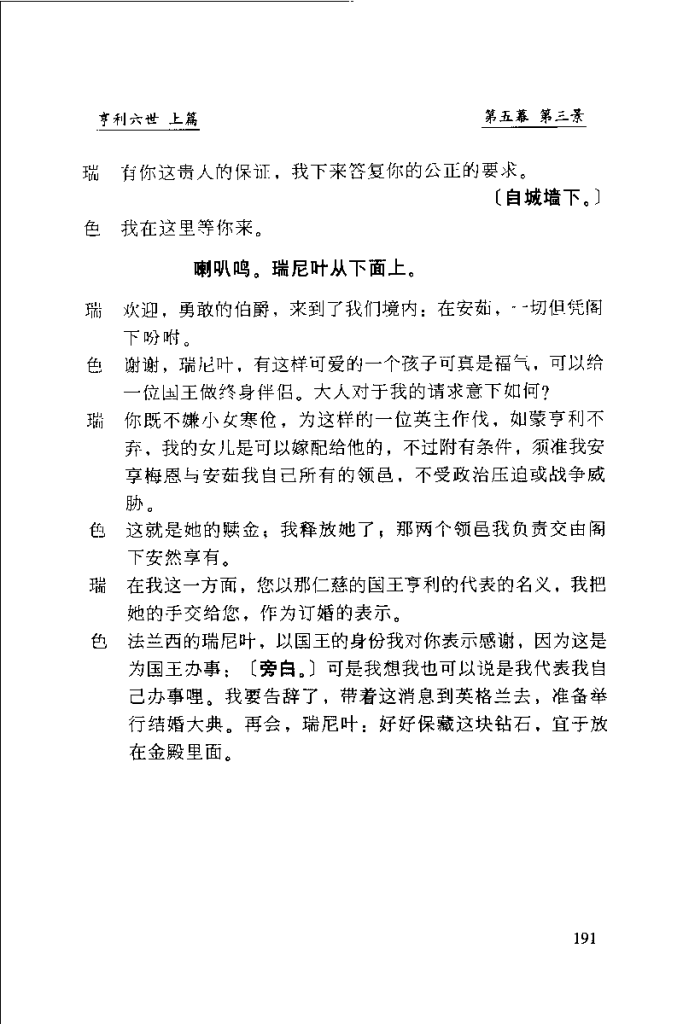

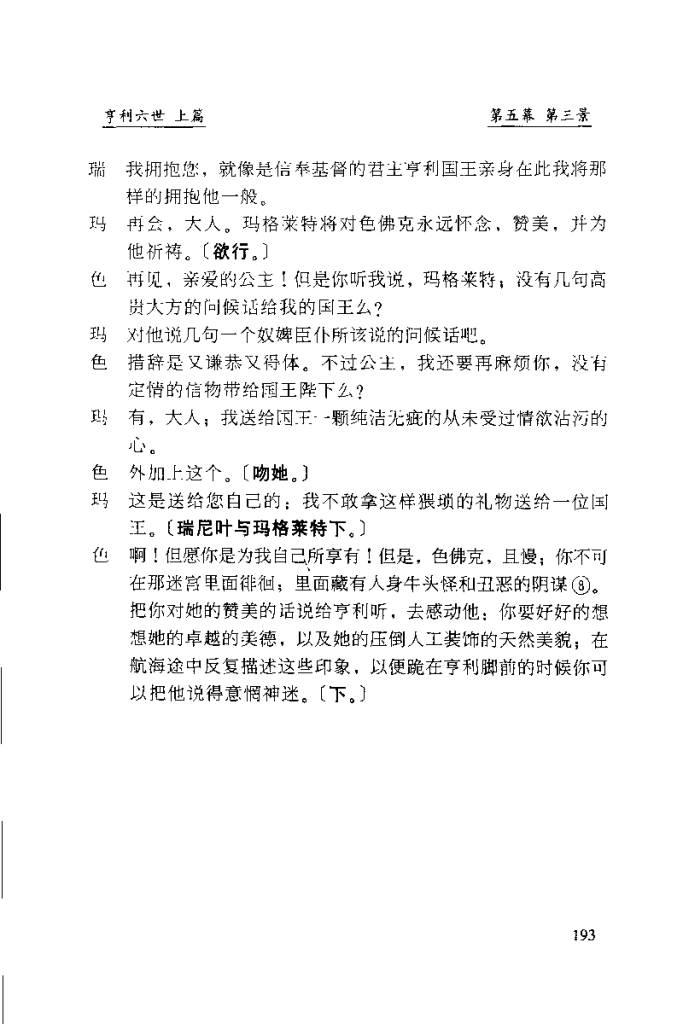

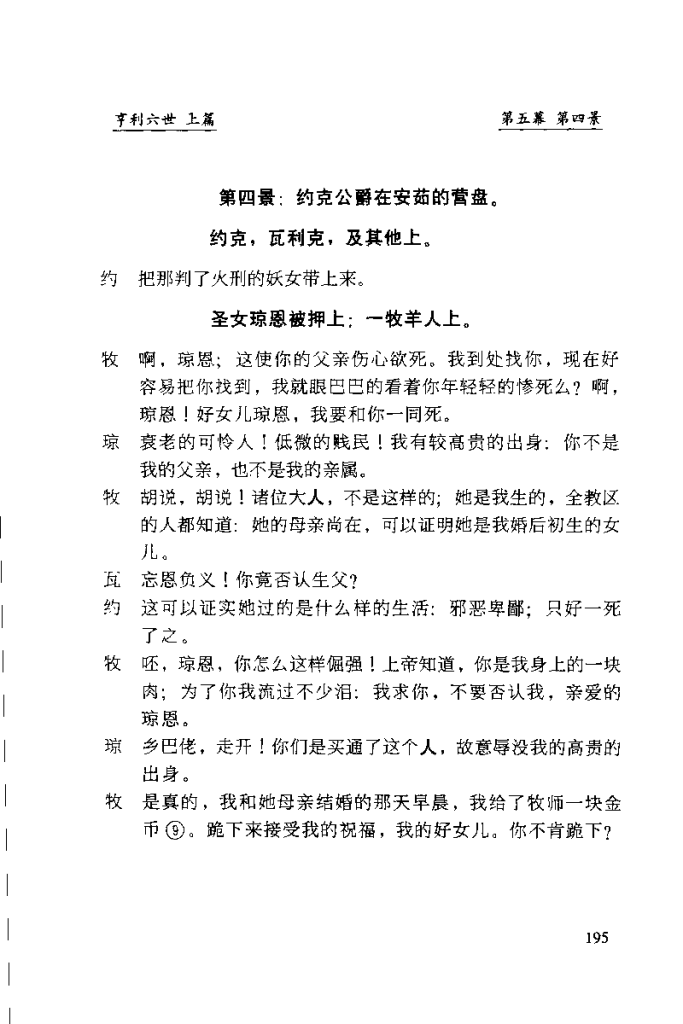

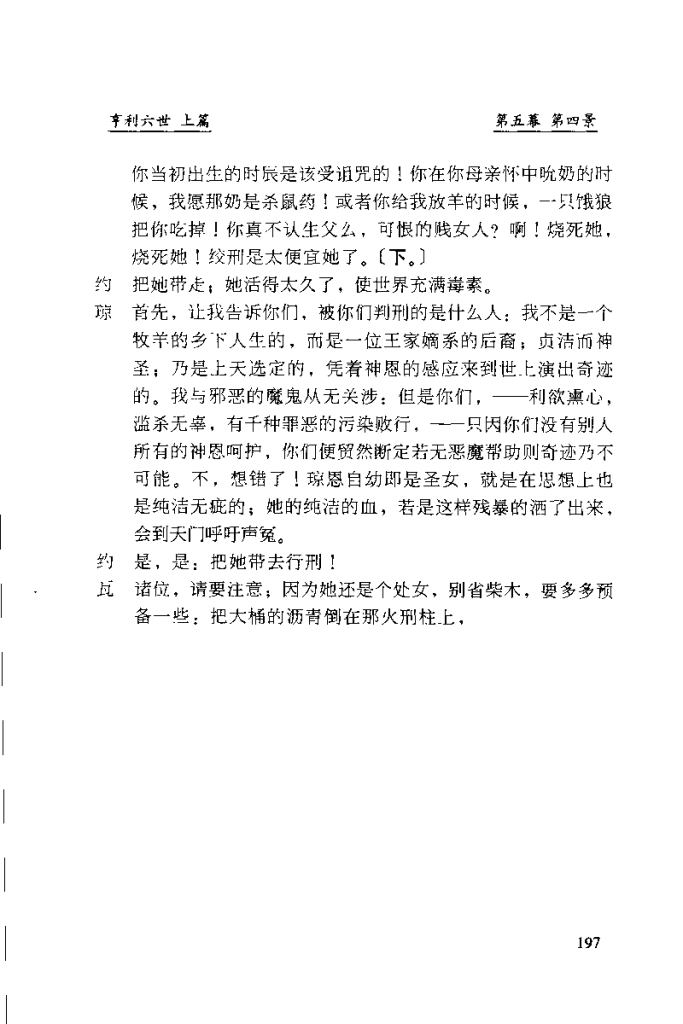

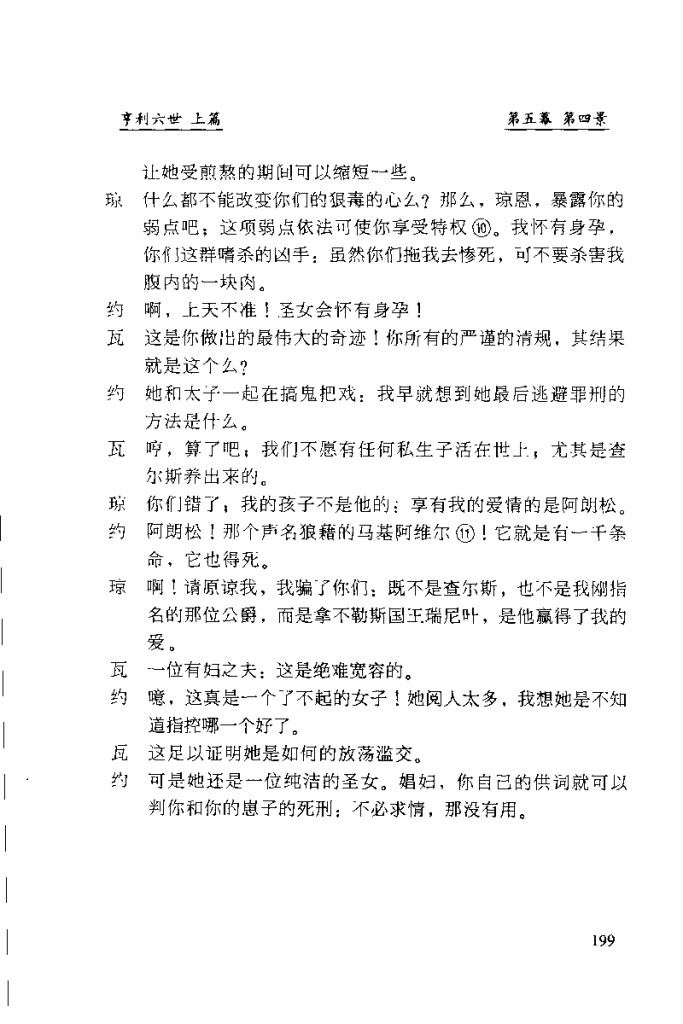

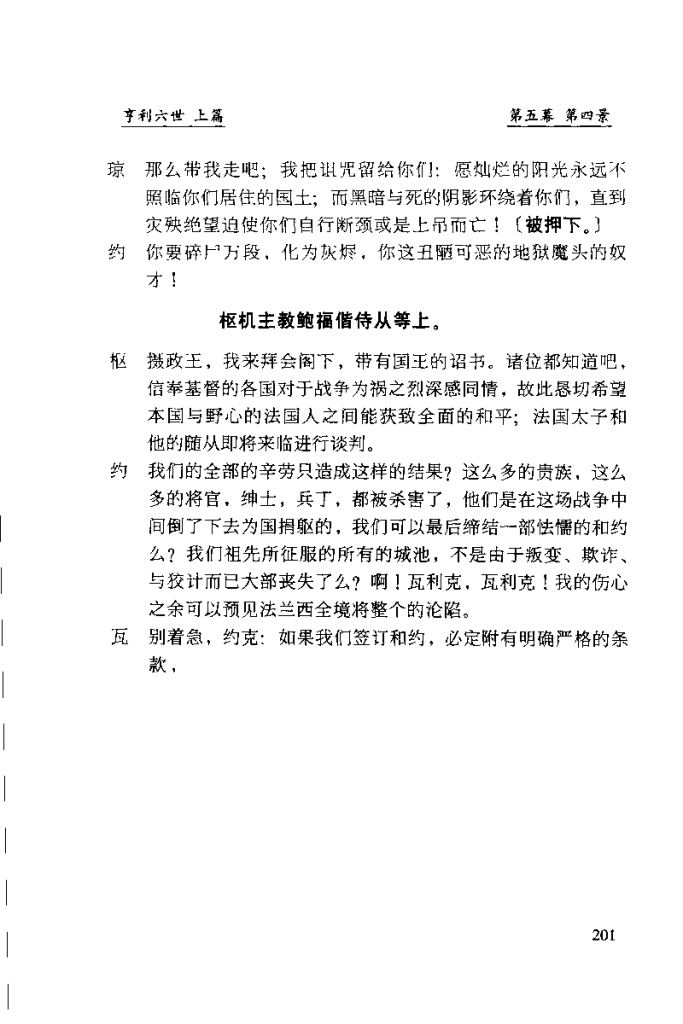

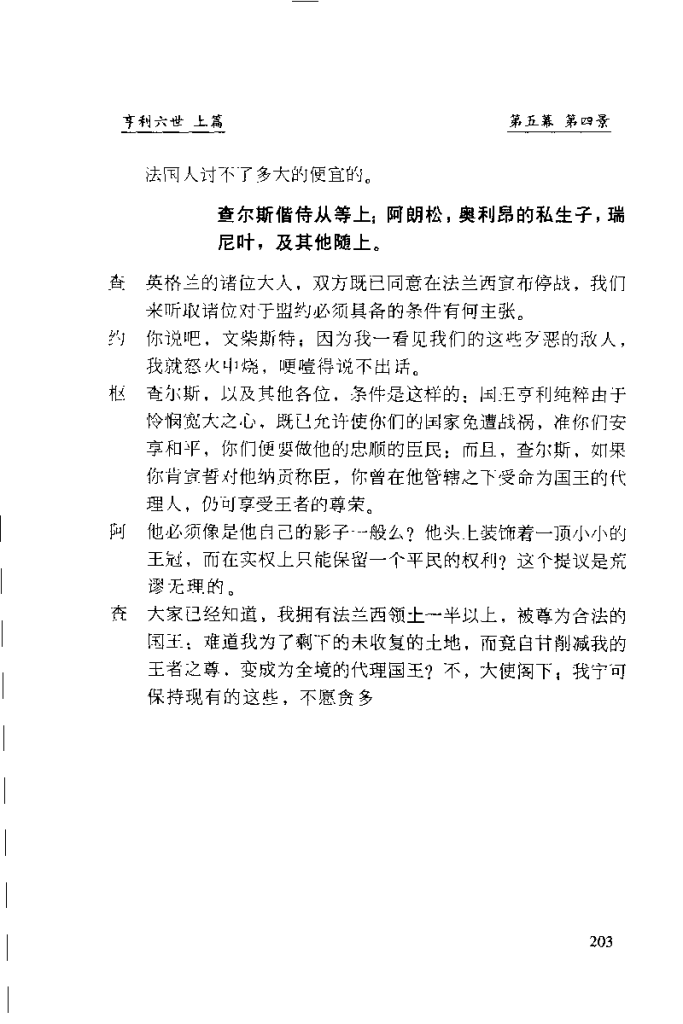
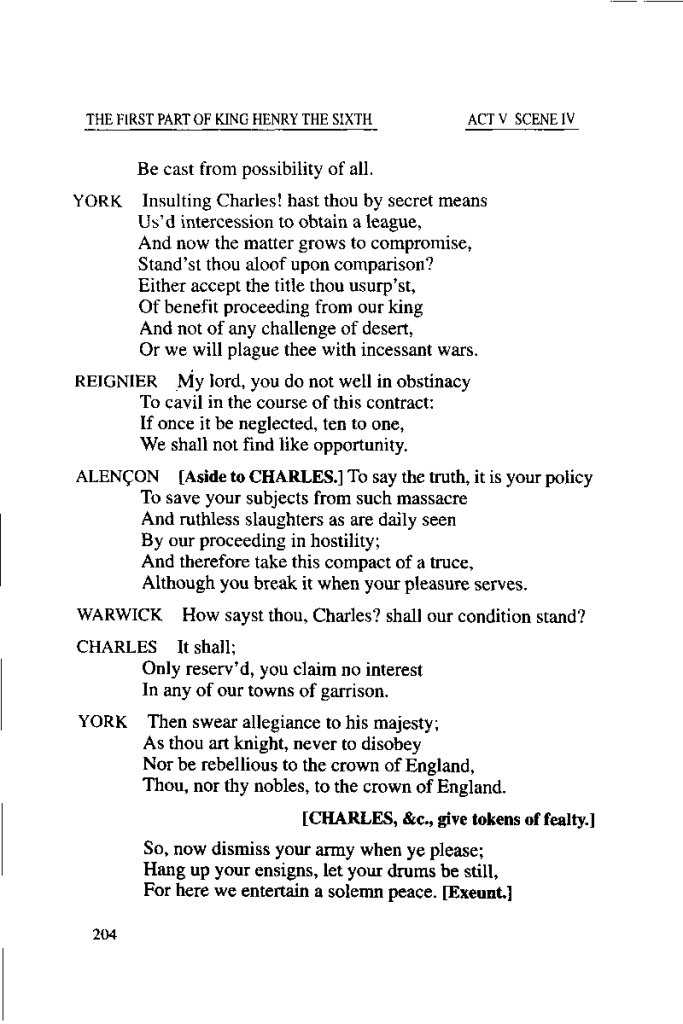
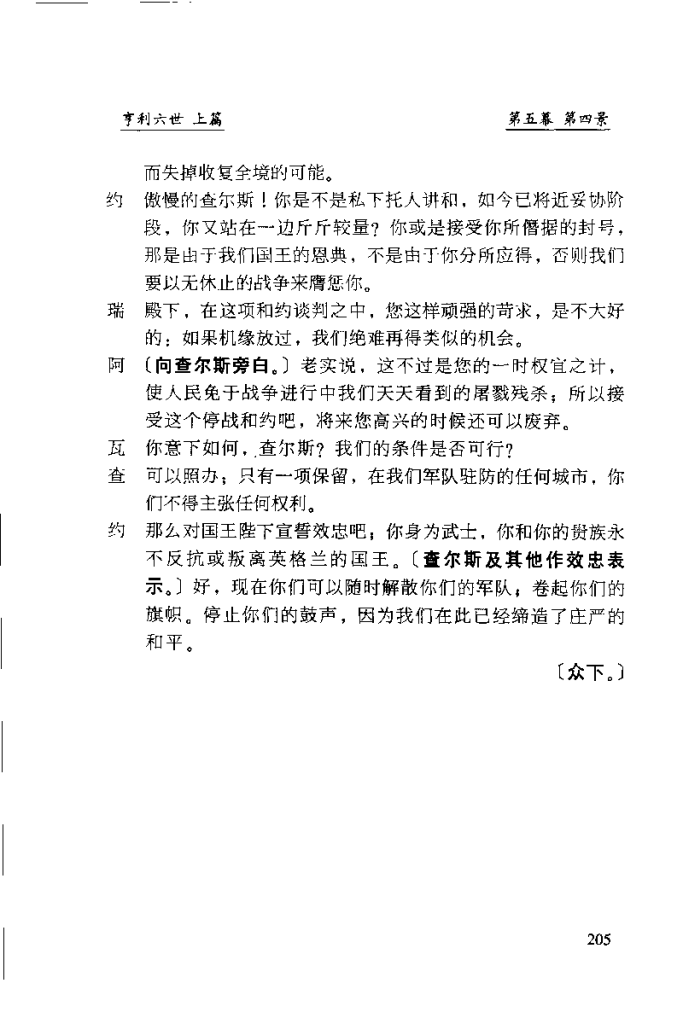
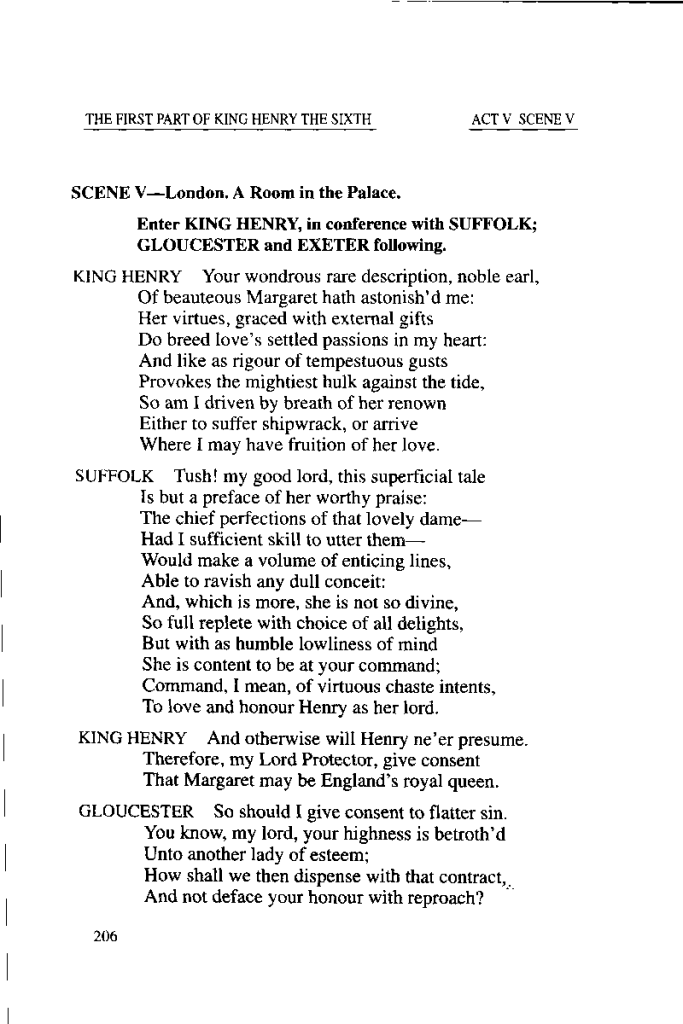
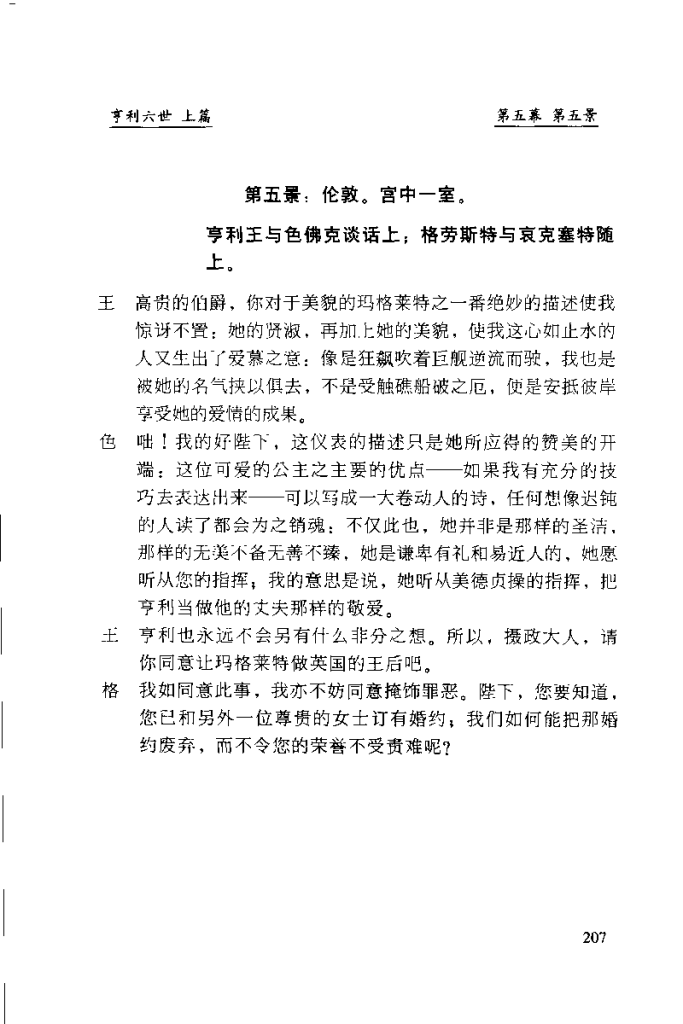


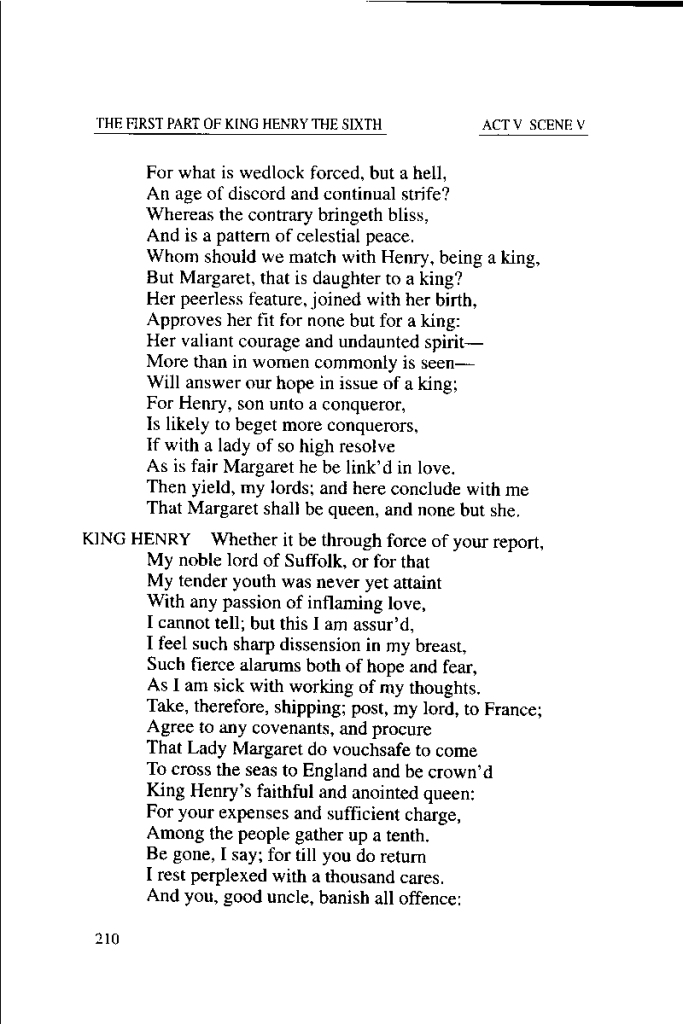
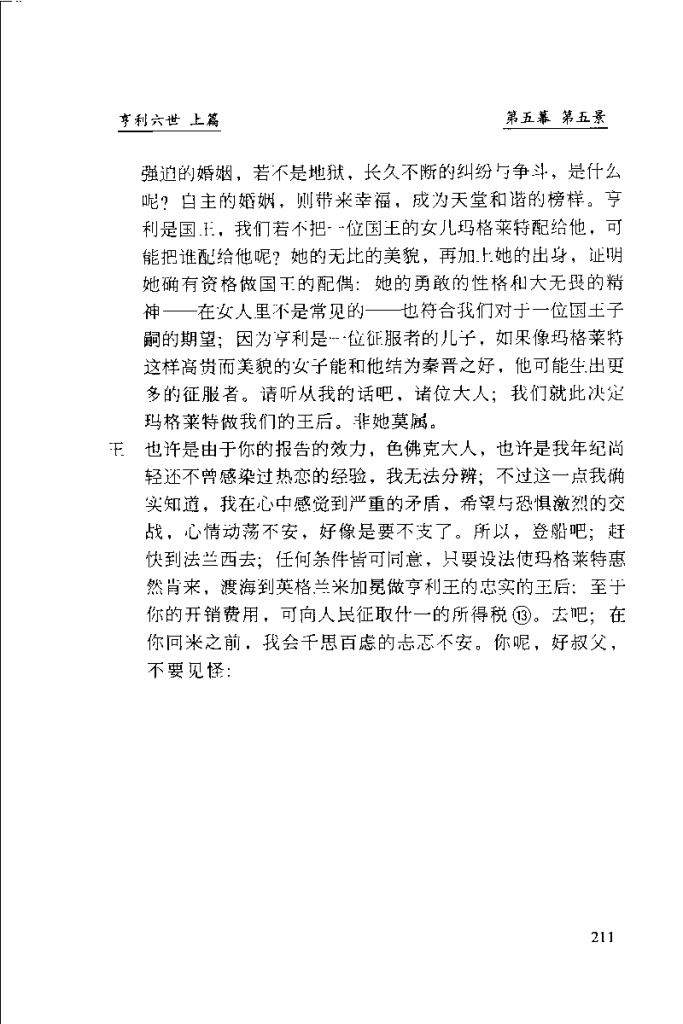
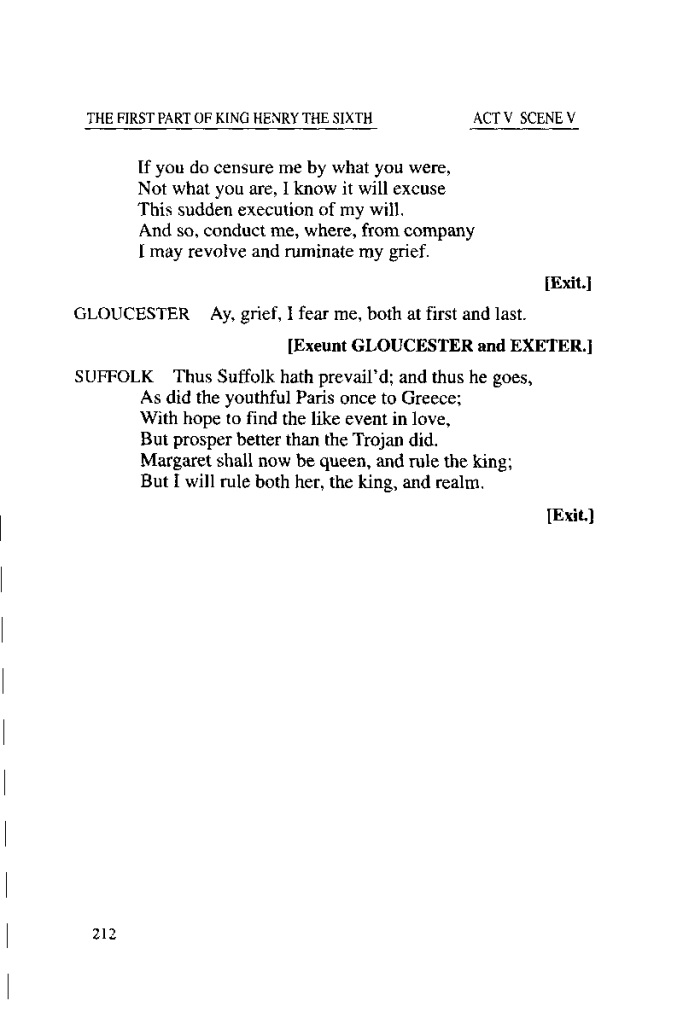
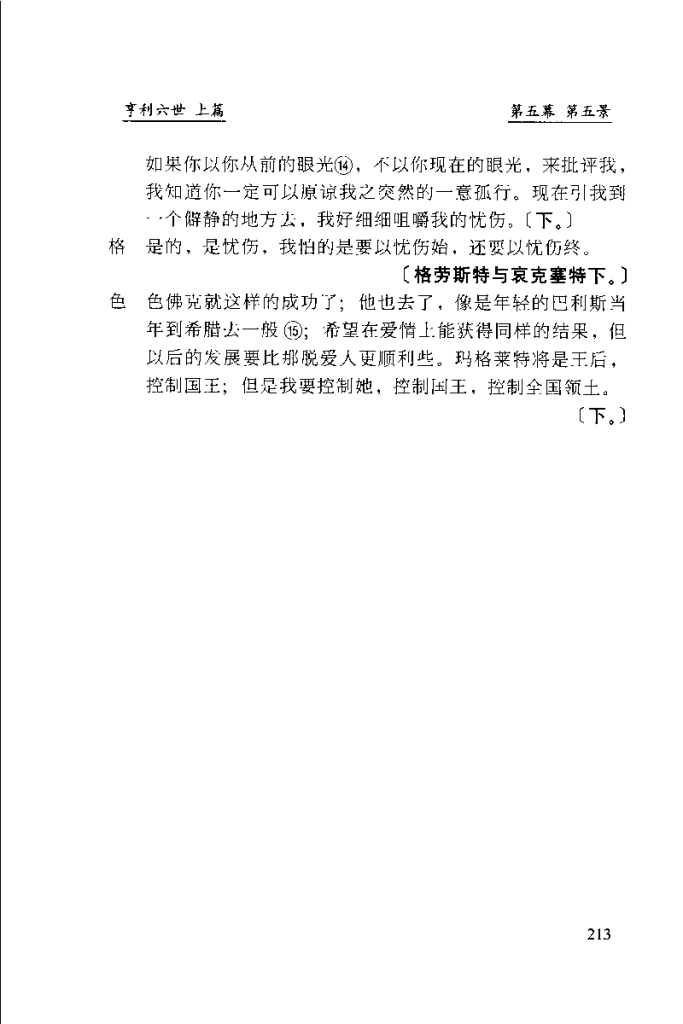

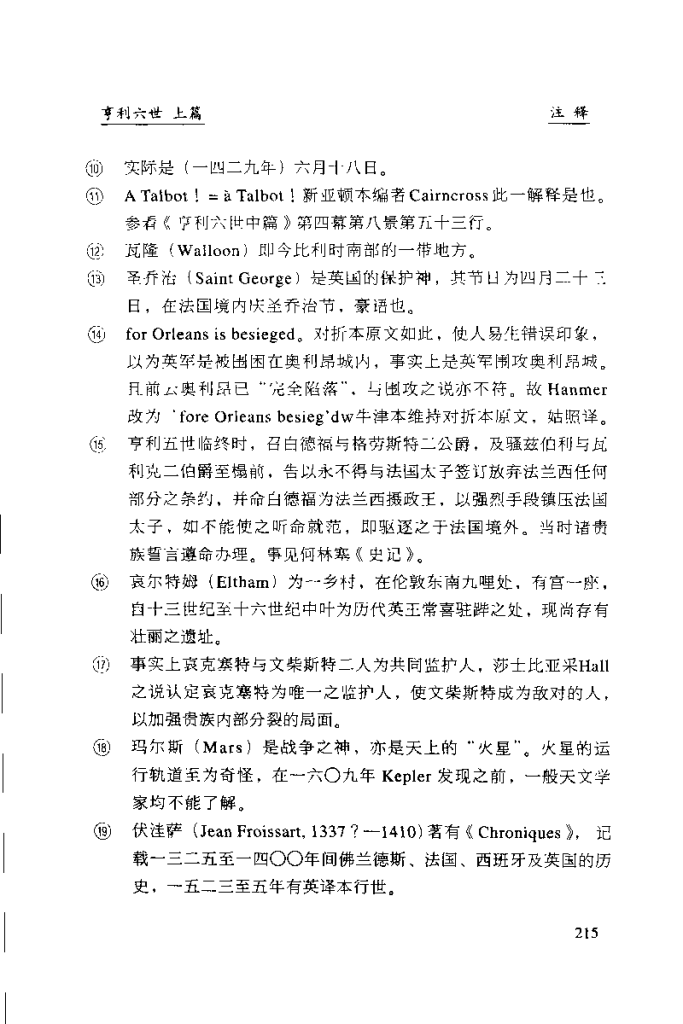
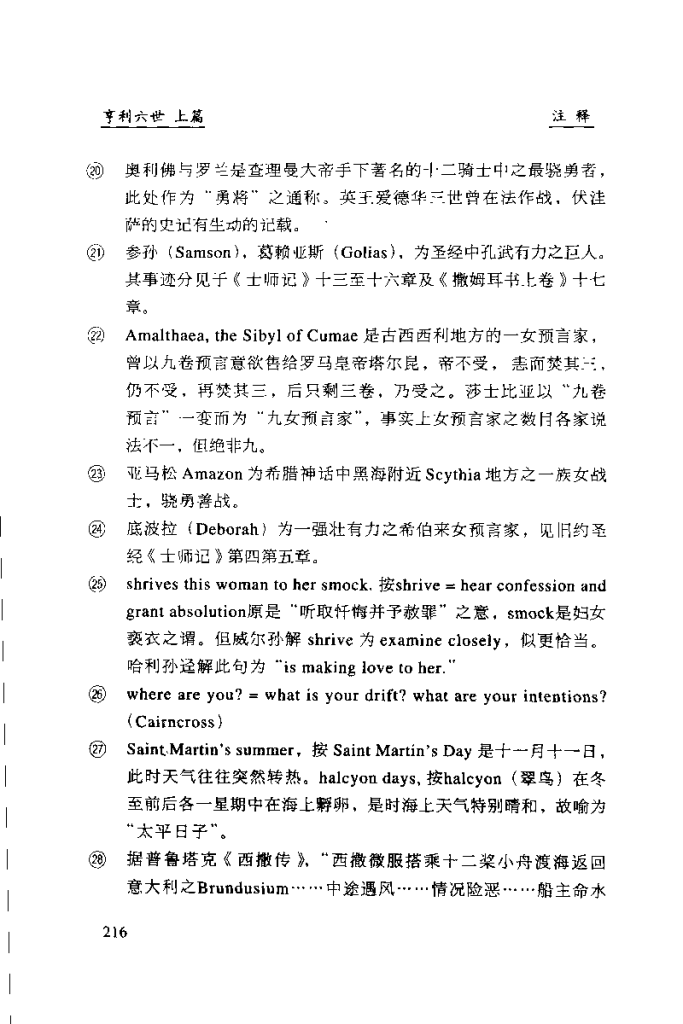
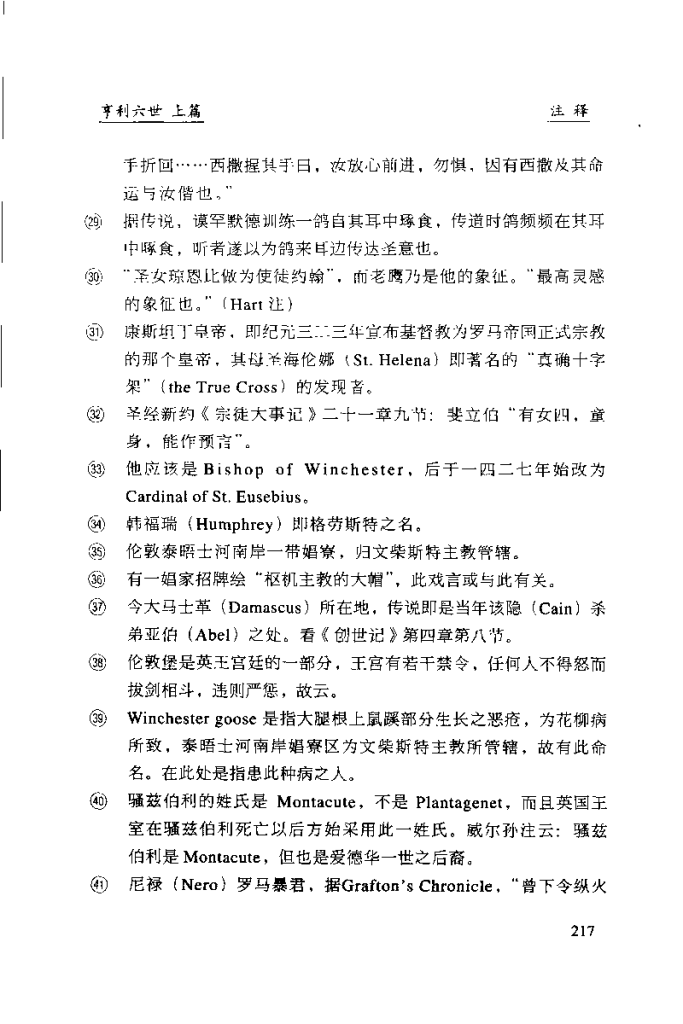



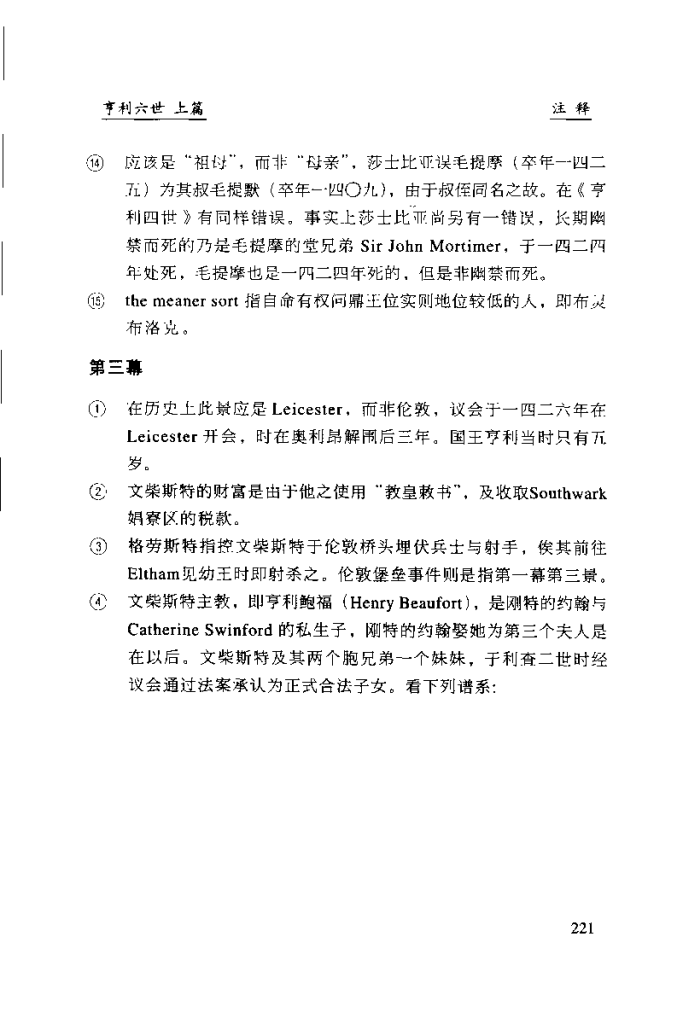

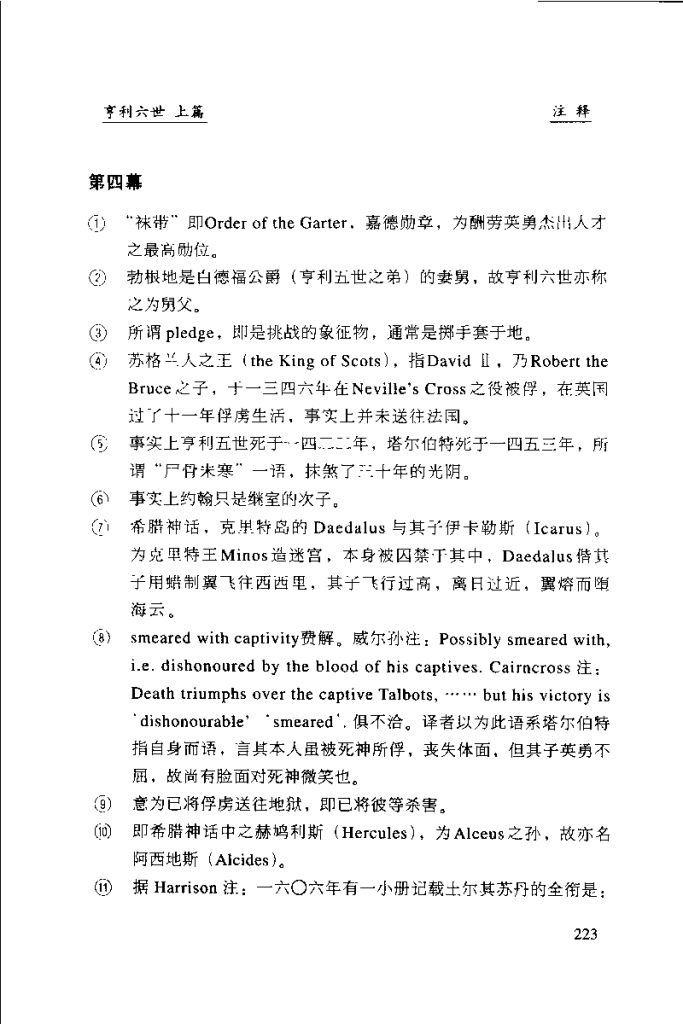
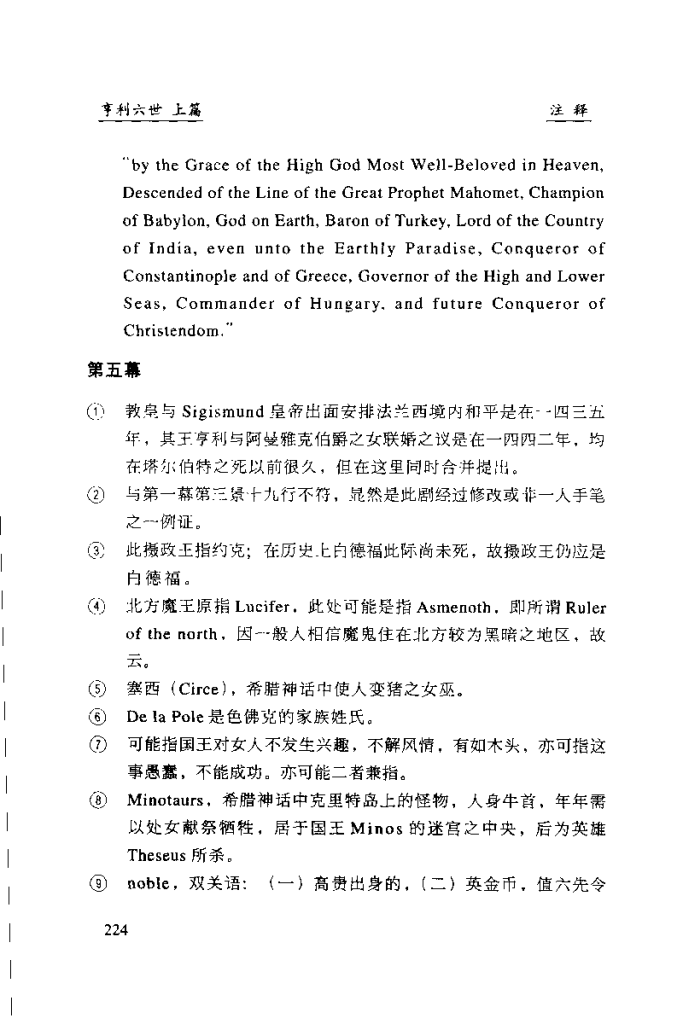



Culture文化 Masterpiece名著 228P 亨利六世 上·莎士比亚全集20
历史上的今天 ( 26 ):
- 2022年-05月-26日:Medicine医药:中医经络按摩61个特效穴位 (8P)
- 2022年-05月-26日:Human人类:人体器官及病理分析 (77P)
- 2022年-05月-26日:Human人类:穴位注解大全(图解) (19P)
- 2022年-05月-26日:Human人类:十二时辰和人体经络图文 (12P)
- 2022年-05月-26日:Human人类:人体内脏器官结构分布图详解 (9P)
- 2022年-05月-26日:运动休闲:物理弹球游戏
- 2022年-05月-26日:连连消消:宠物连连看
- 2022年-05月-26日:动作射击:像素飞机大战
- 2022年-05月-26日:动作射击:飞机大战游戏
- 2022年-05月-26日:益智游戏:拼图游戏
- 2022年-05月-26日:冒险闯关:男人快跑游戏
- 2022年-05月-26日:Global国外名家:卡拉瓦乔作品合集赏析 (77P)
- 2022年-05月-26日:Tool工具:3D效果赏析之一
- 2022年-05月-26日:Tool工具:3D效果赏析之二
- 2022年-05月-26日:Tool工具:泼墨艺术家
- 2022年-05月-26日:Global国外名家:卡捷琳娜作品合集赏析 (54P)
- 2022年-05月-26日:Region地理:西藏自治区人文地图(旅游必备) (8P)
- 2022年-05月-26日:Global国外名家:卡尔·拉森作品合集赏析 (117P)
- 2022年-05月-26日:Global国外名家:华多作品合集赏析 (77P)
- 2022年-05月-26日:Global国外名家:哈尔斯作品合集赏析 (175P)
- 2022年-05月-26日:运动休闲:别抽烟游戏
- 2022年-05月-26日:运动休闲:节奏大师游戏
- 2022年-05月-26日:冒险闯关:火箭飞升游戏
- 2022年-05月-26日:冒险闯关:RPG游戏
- 2022年-05月-26日:运动休闲:奔跑吧游戏
- 2022年-05月-26日:冒险闯关:机器人向前冲游戏
可点 ➠ 2023年-05月-26日 ➠ 86 s ➠ ♥ 0

